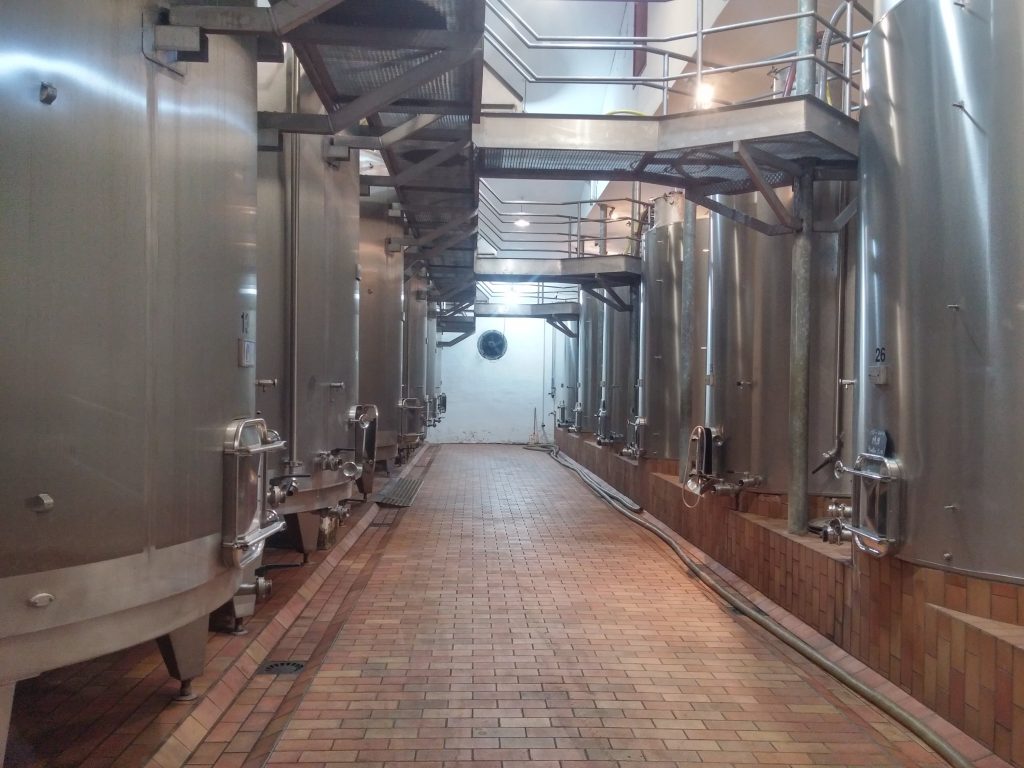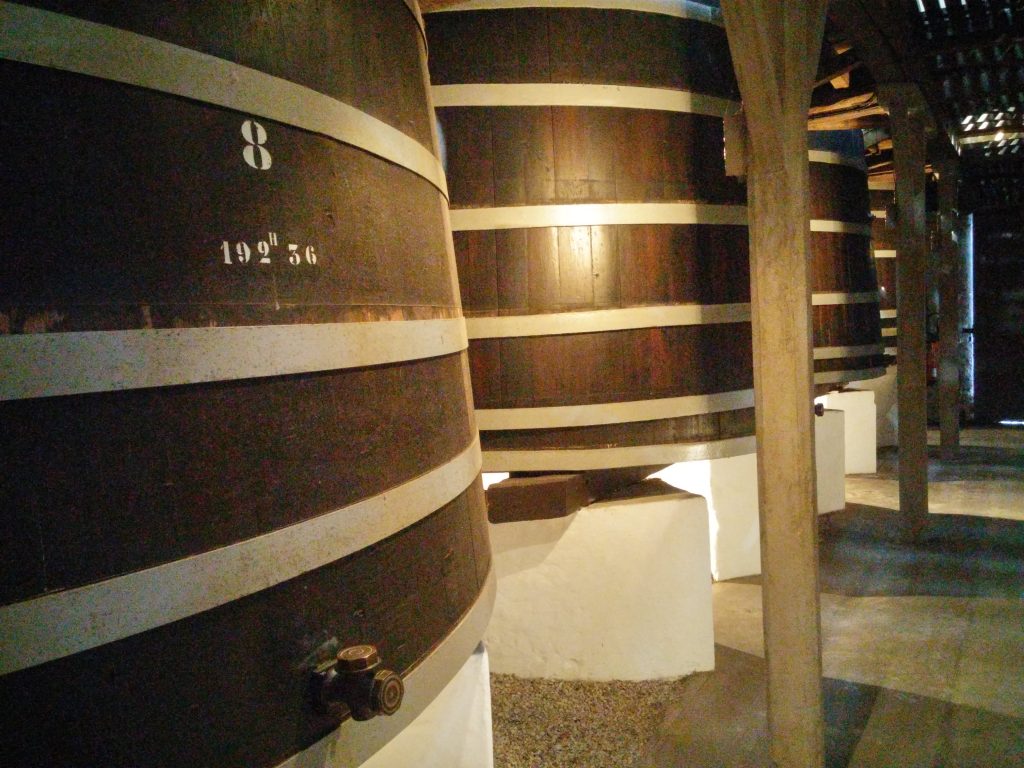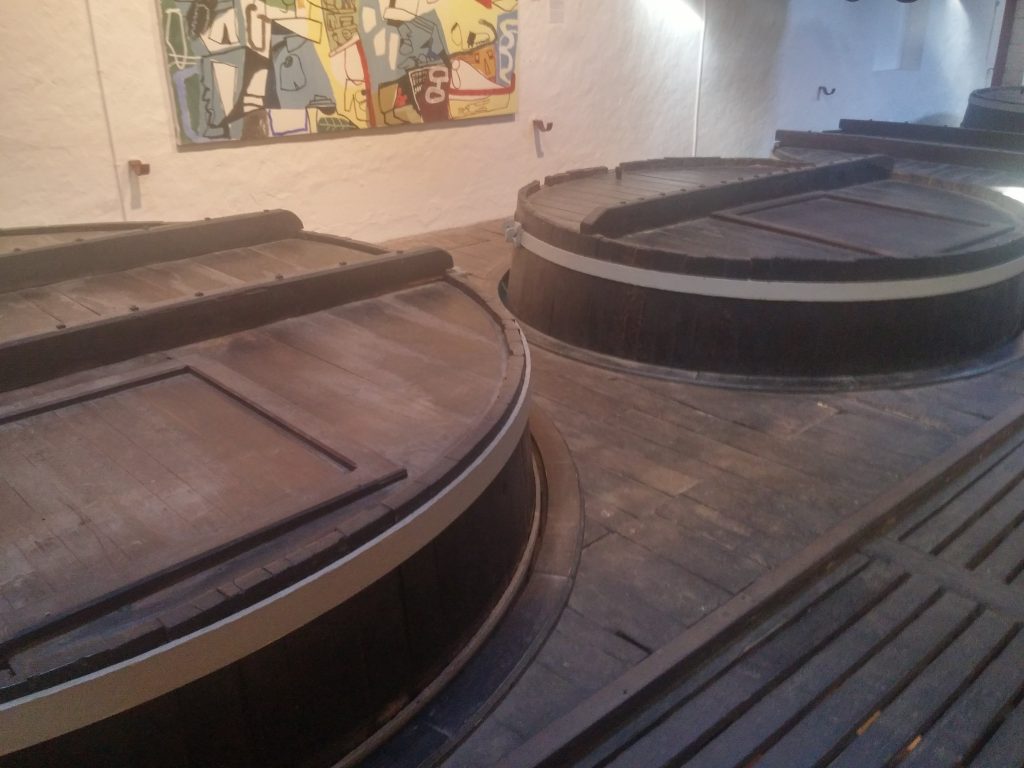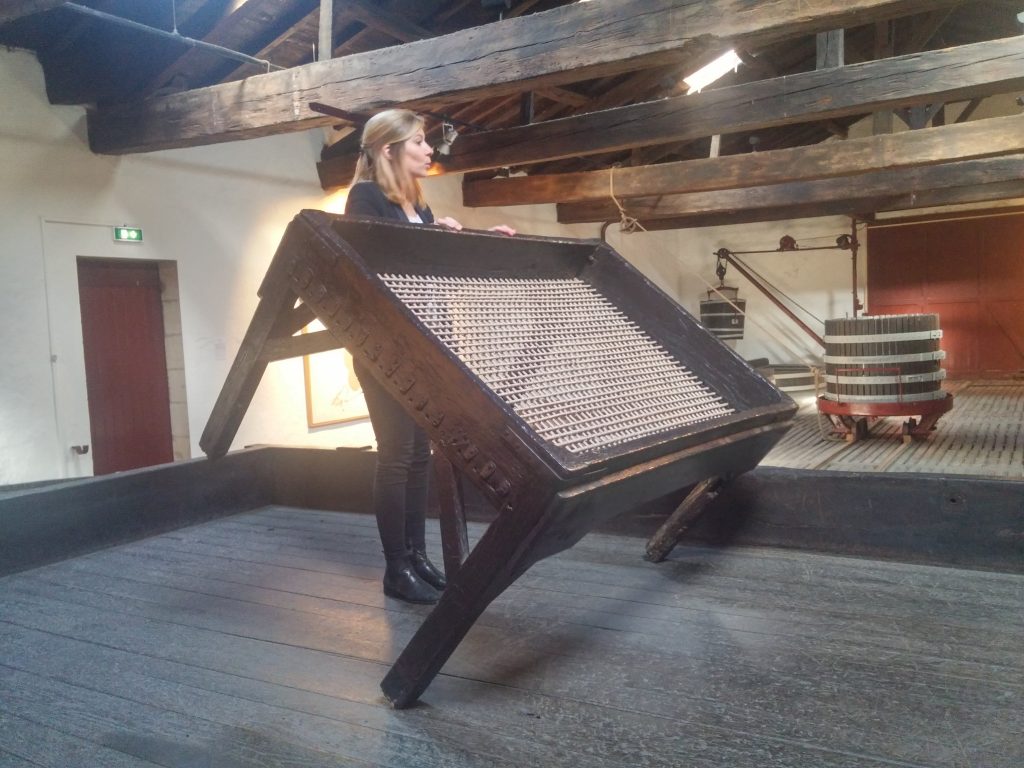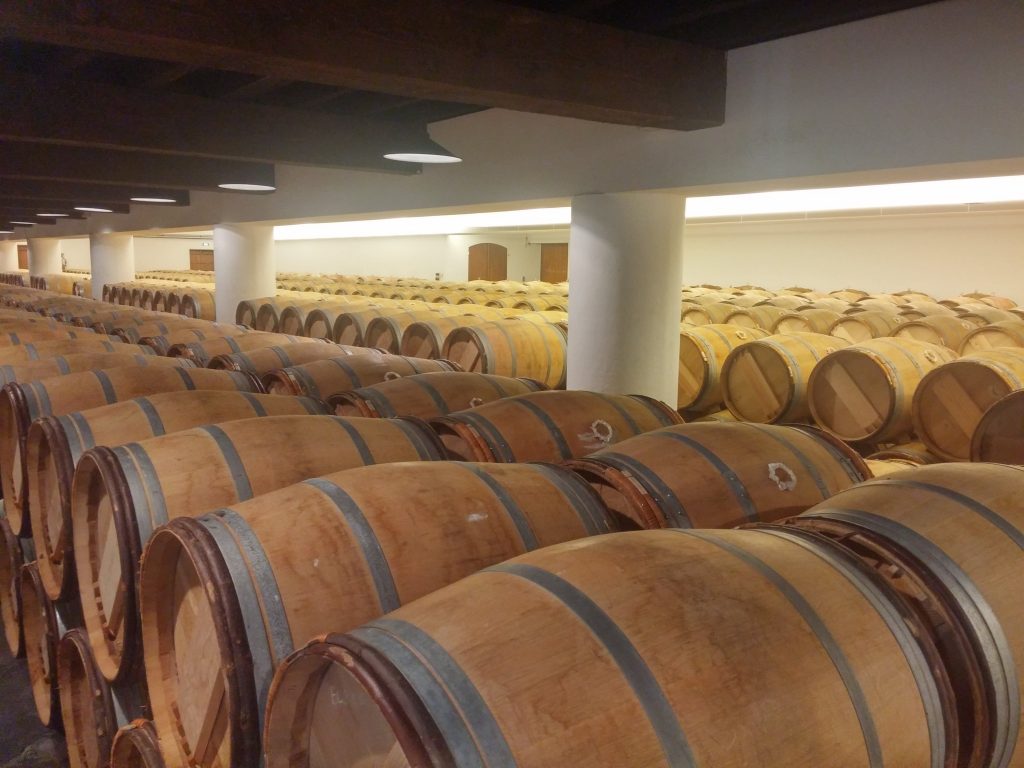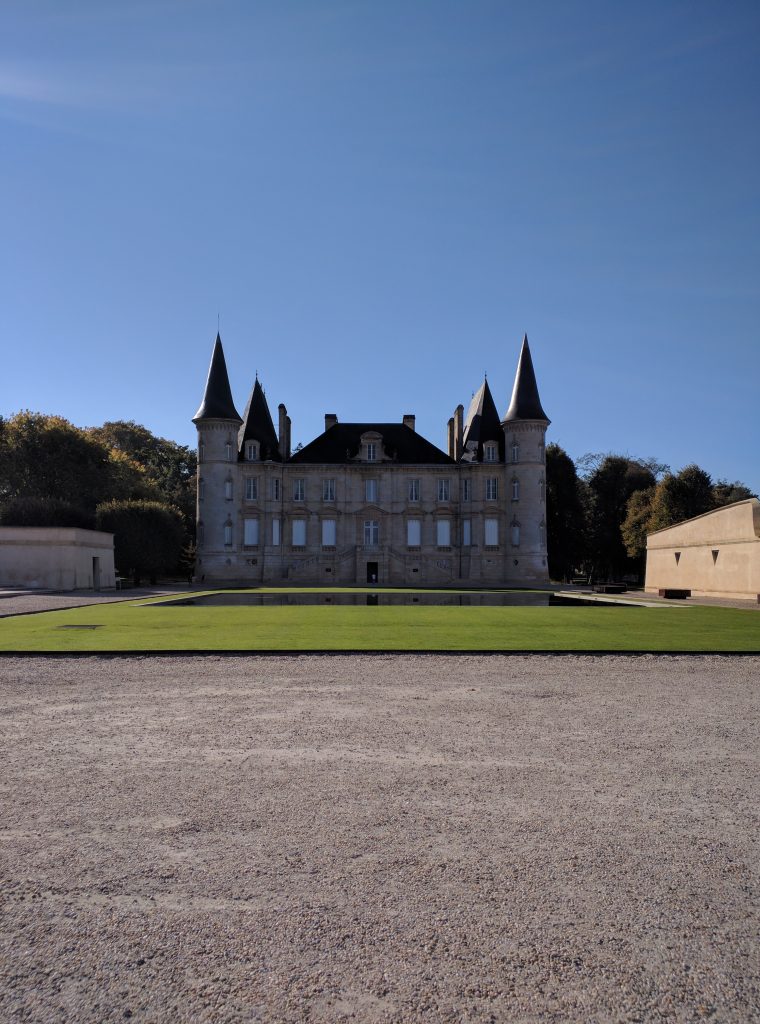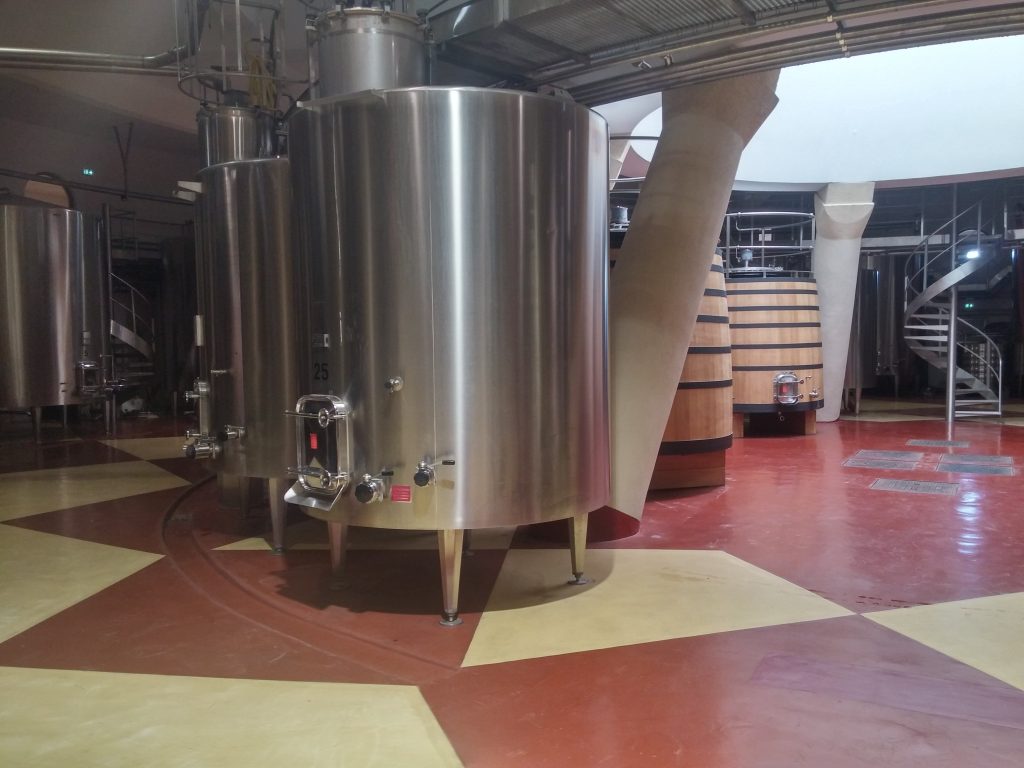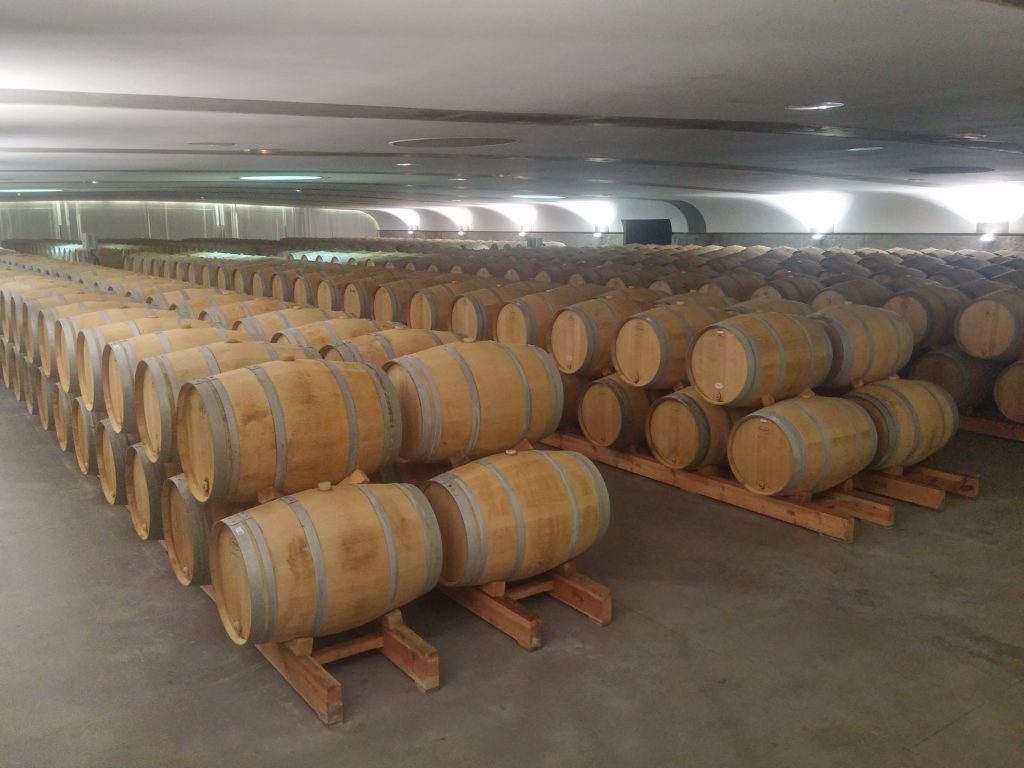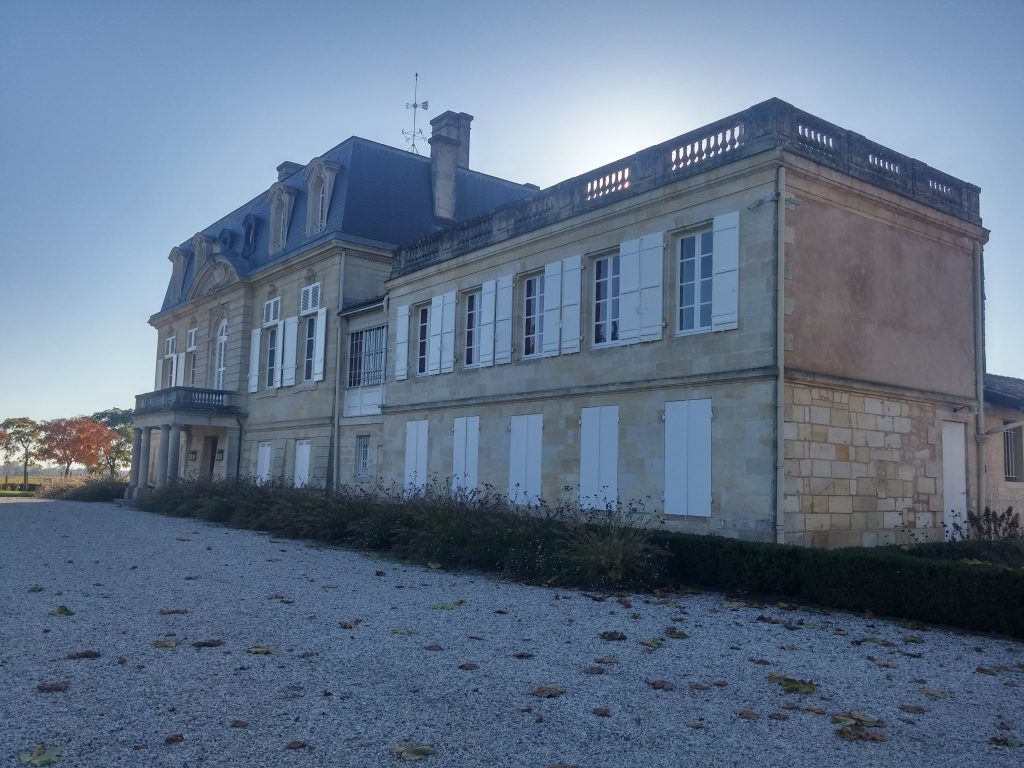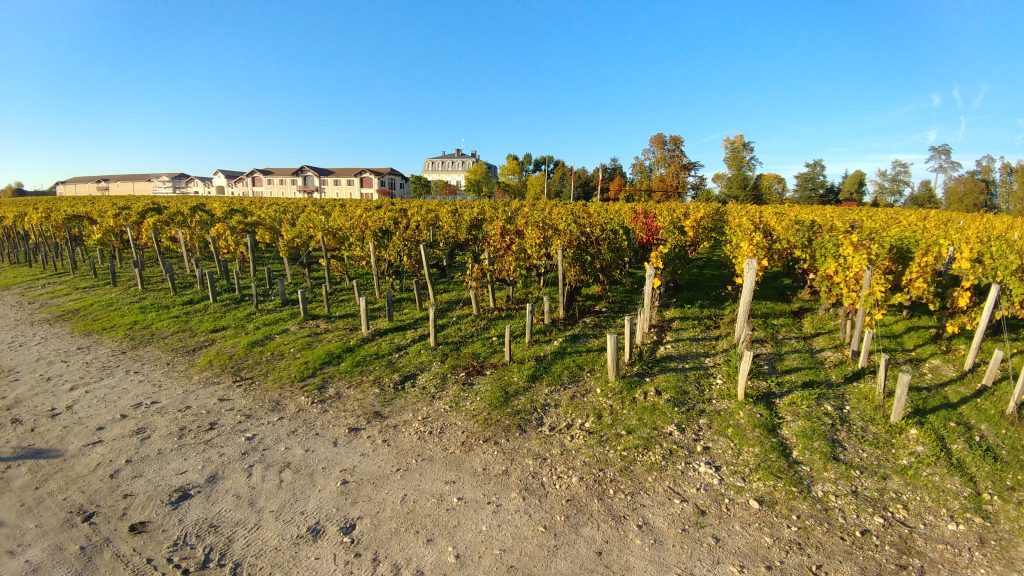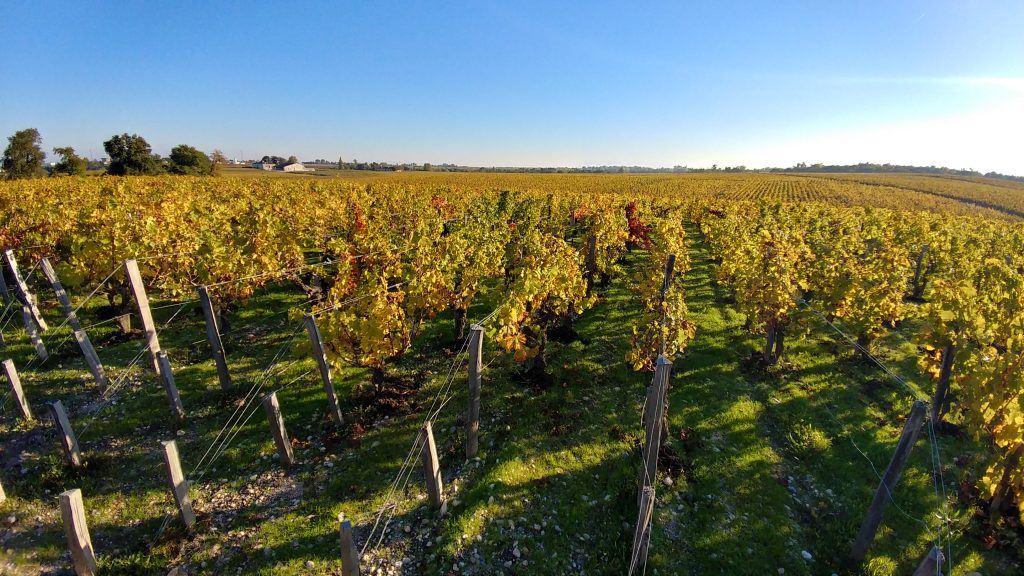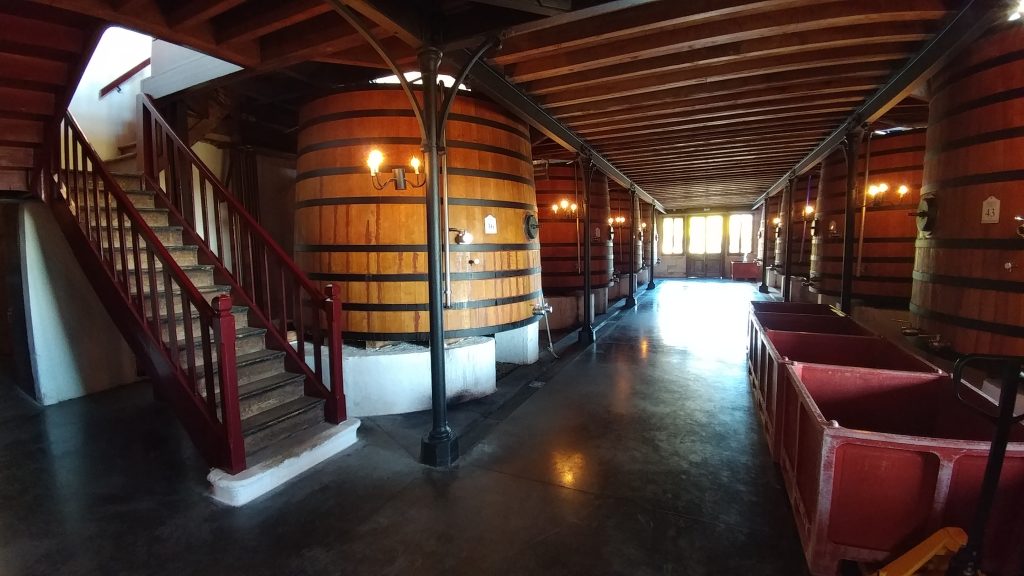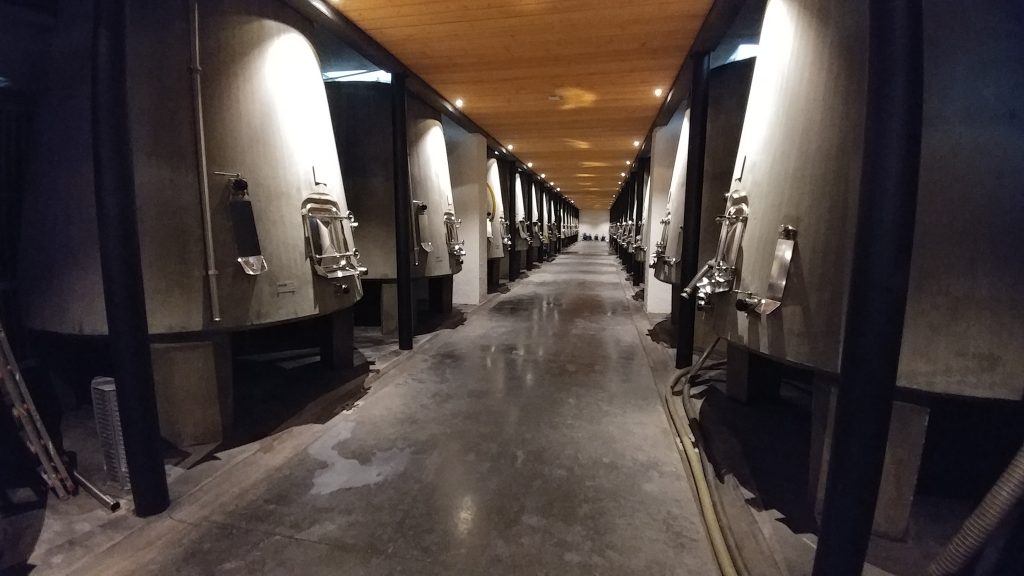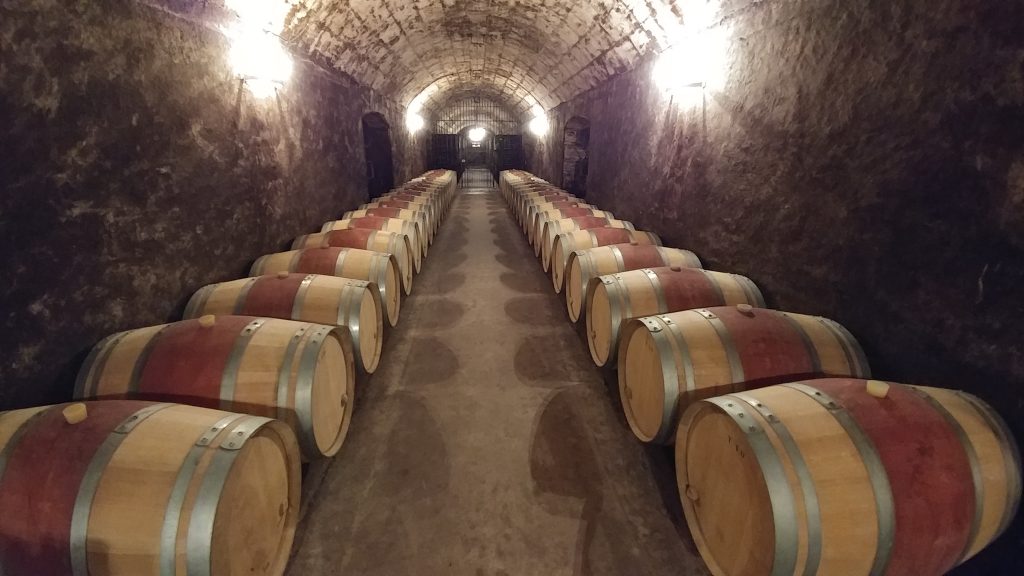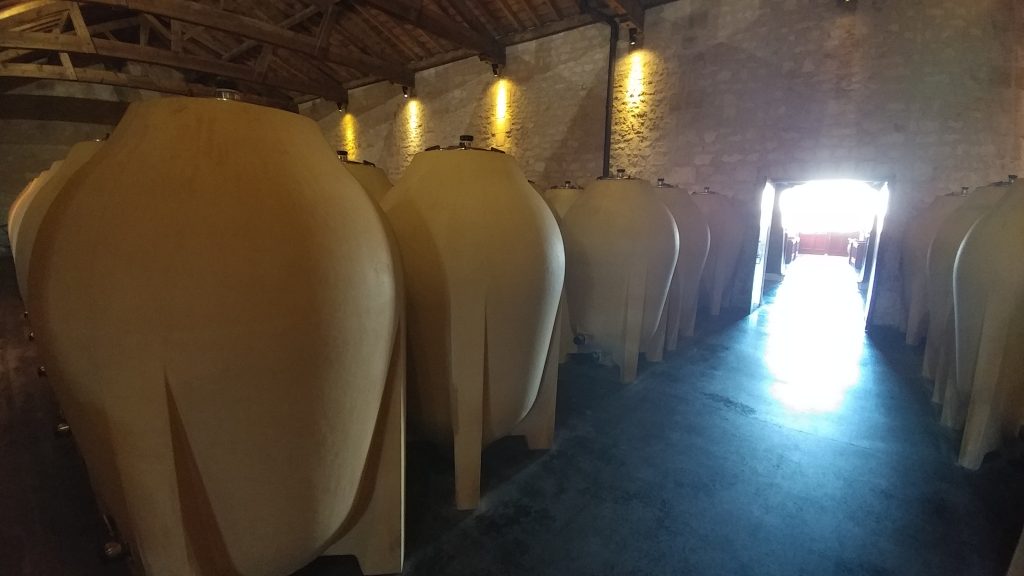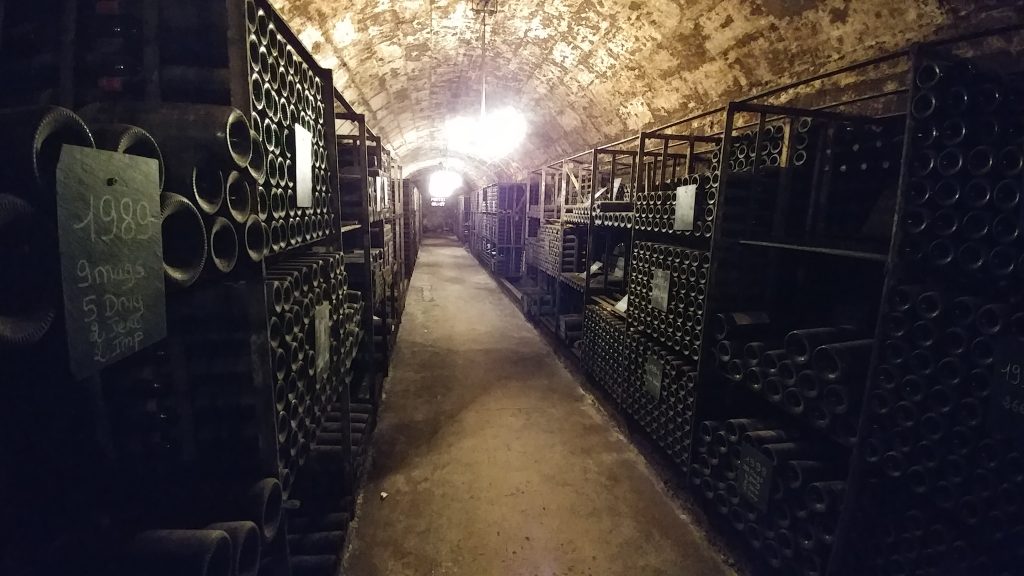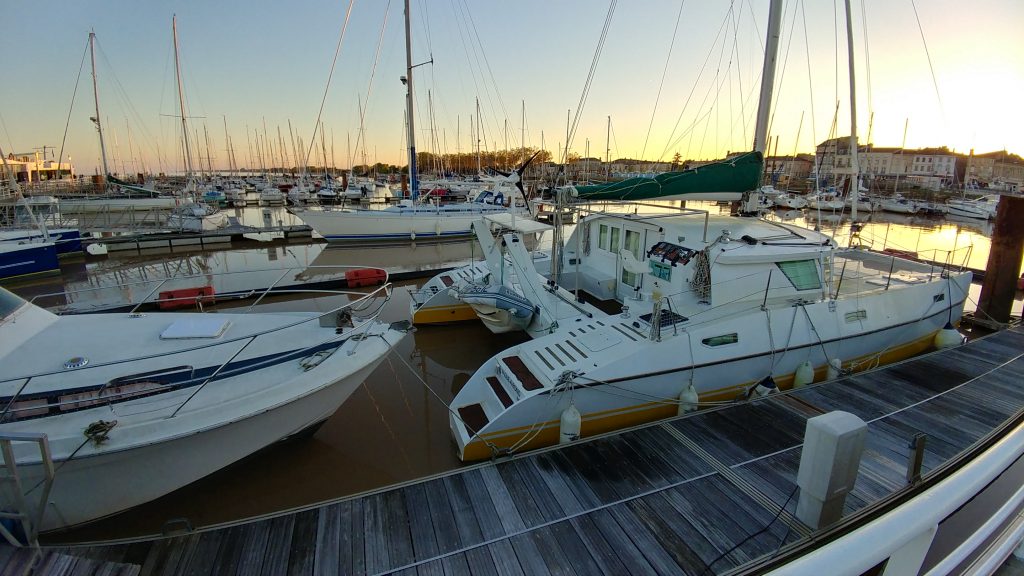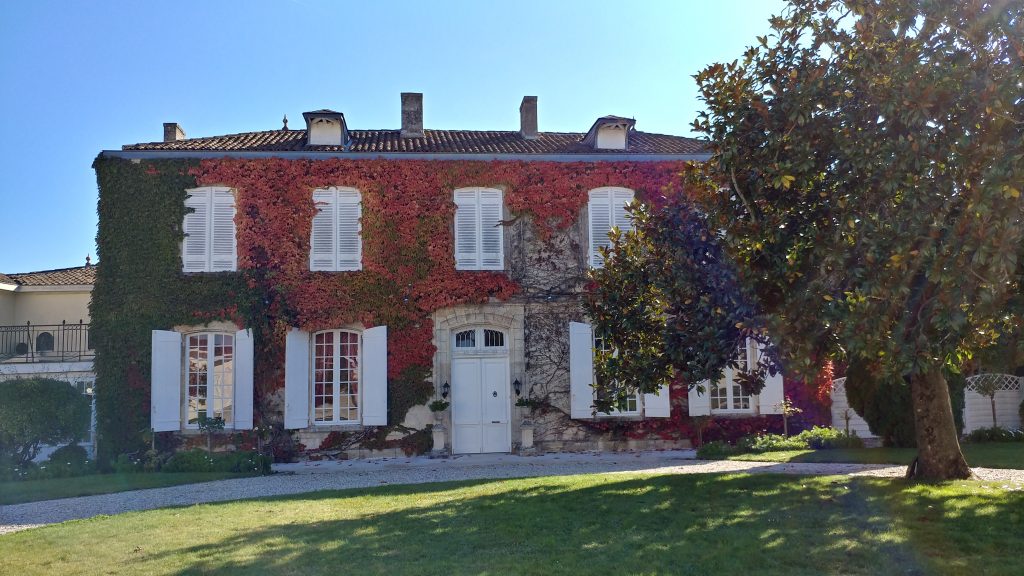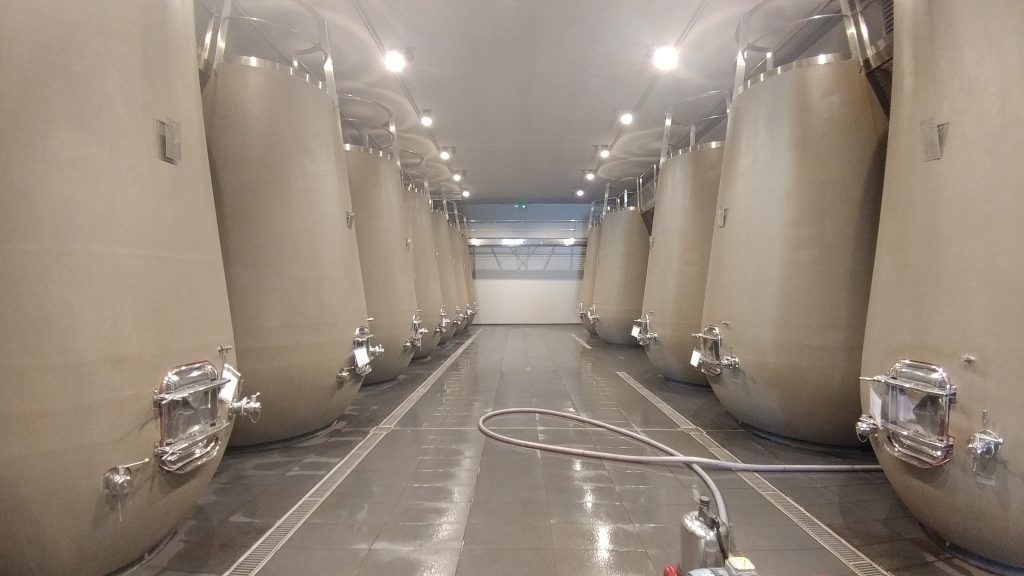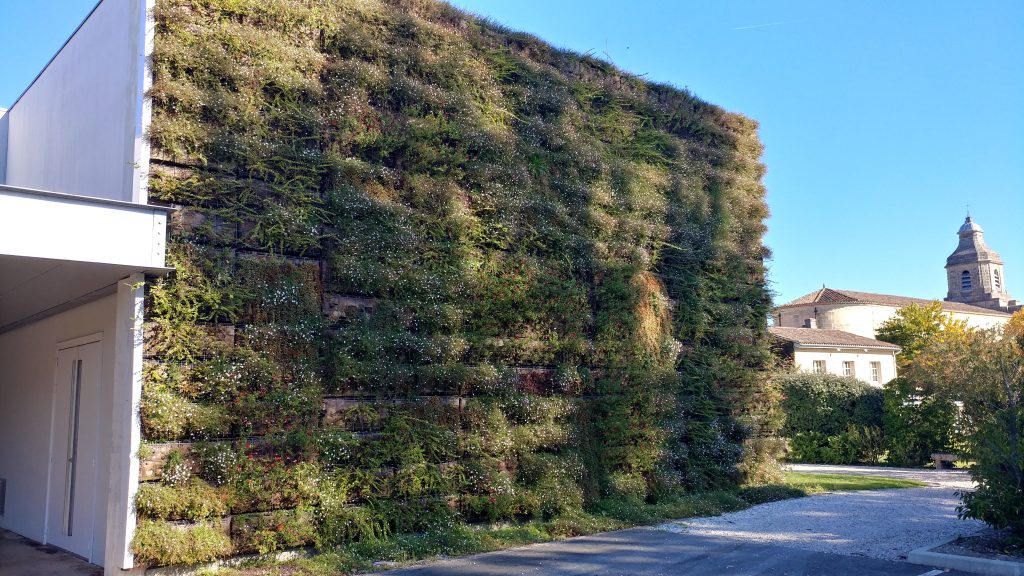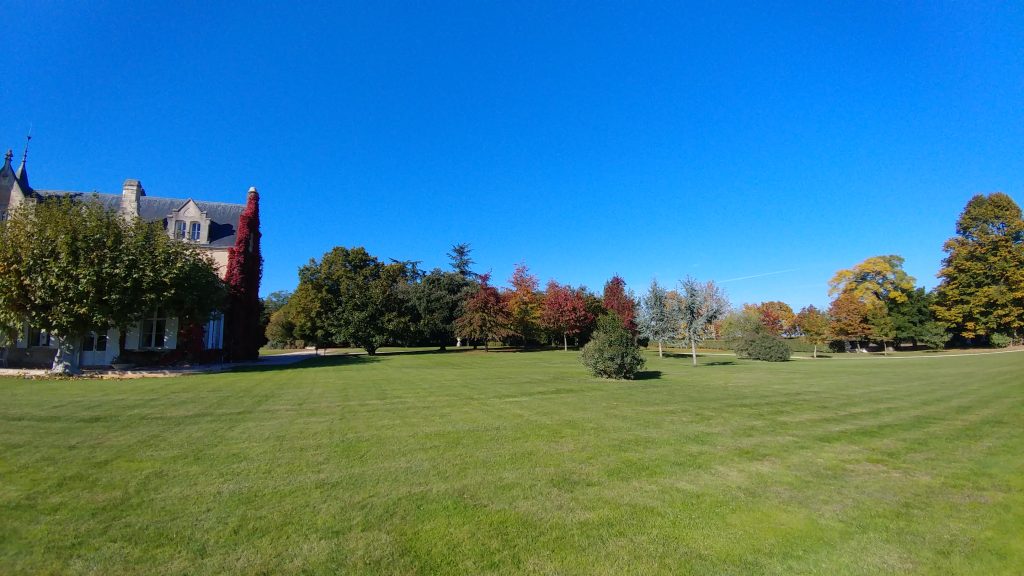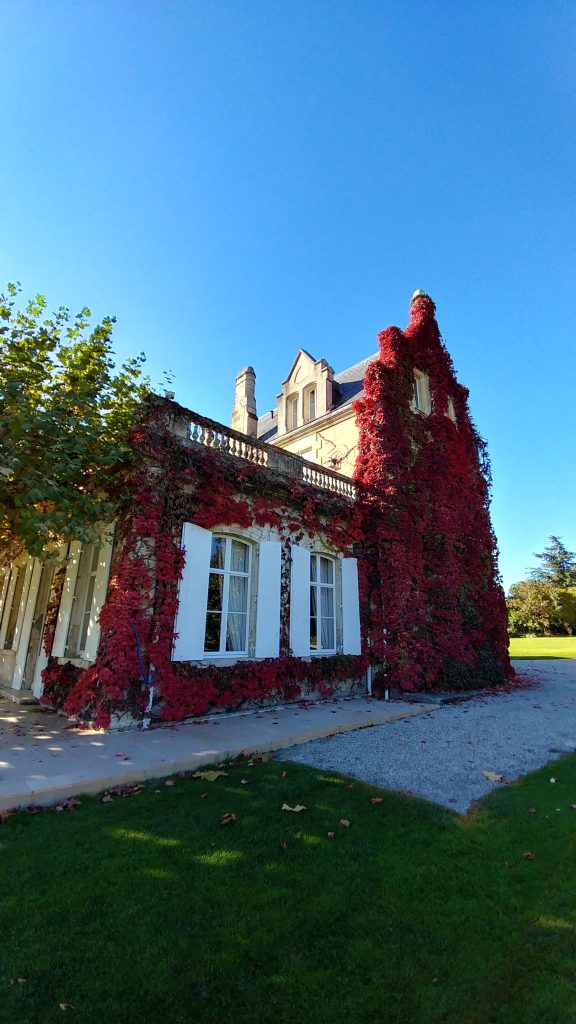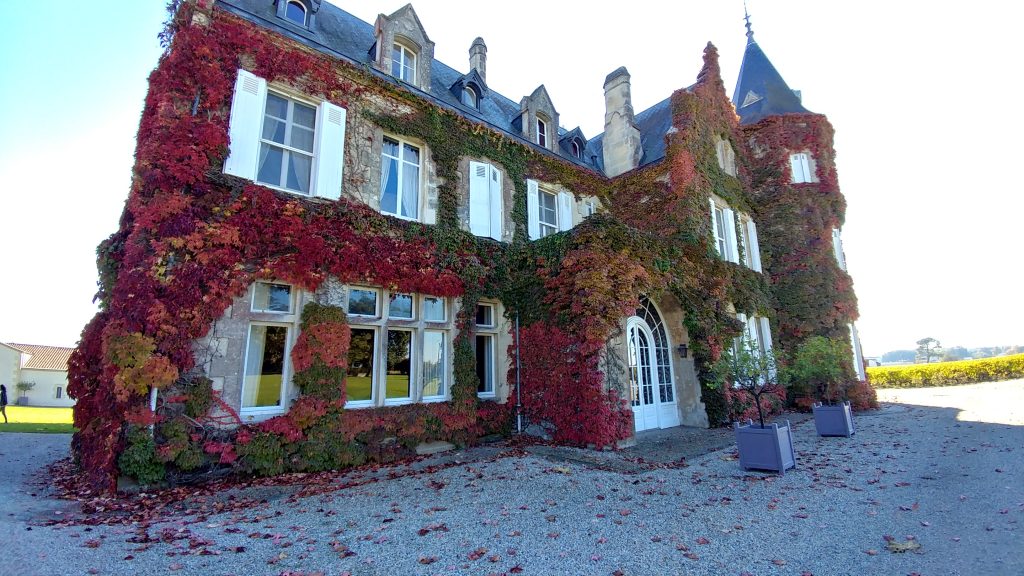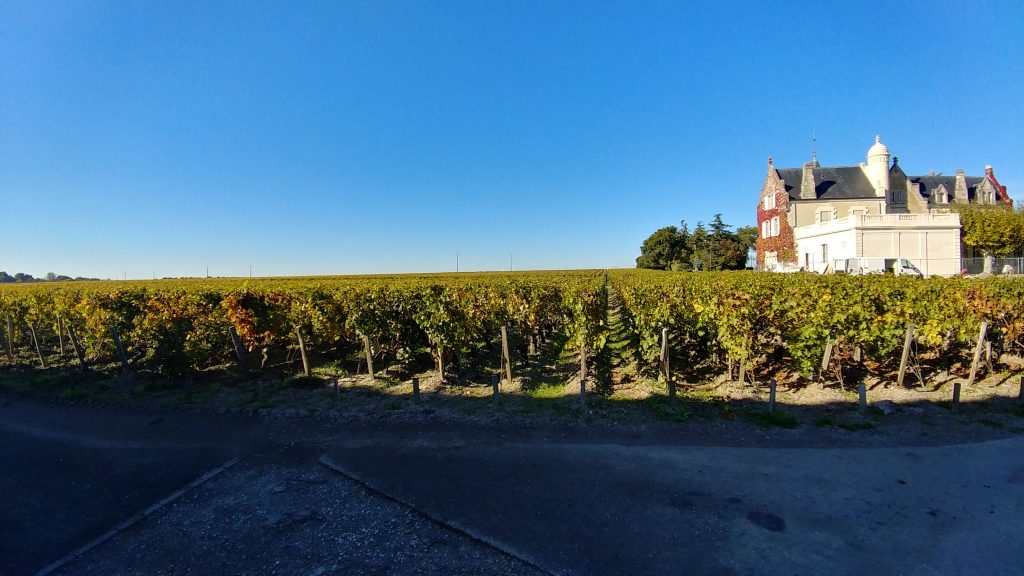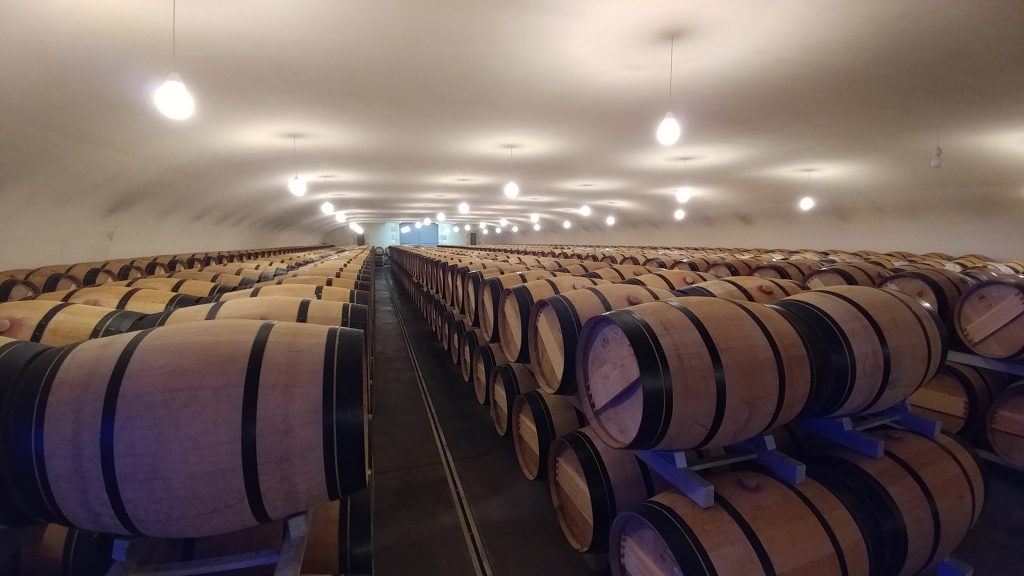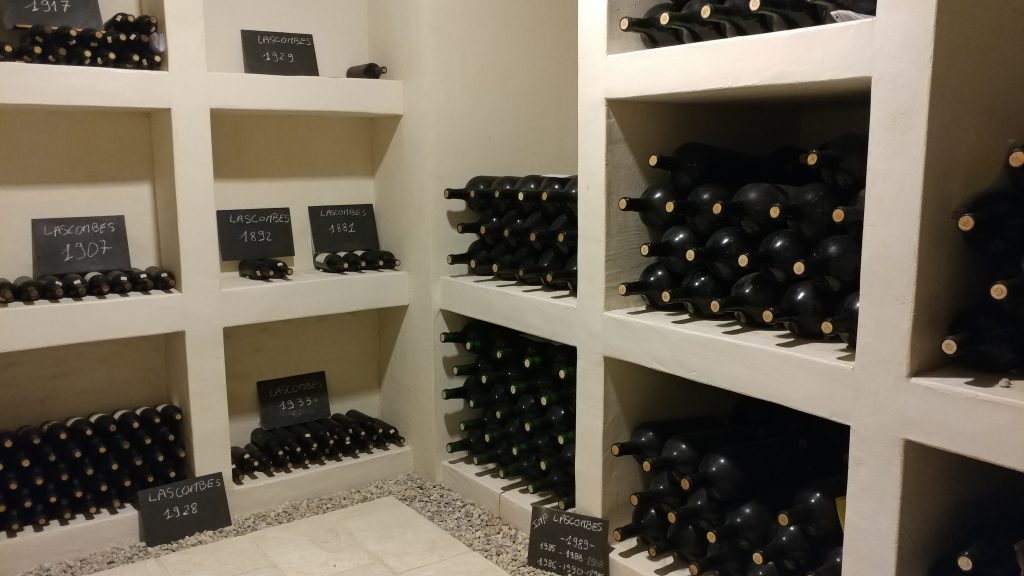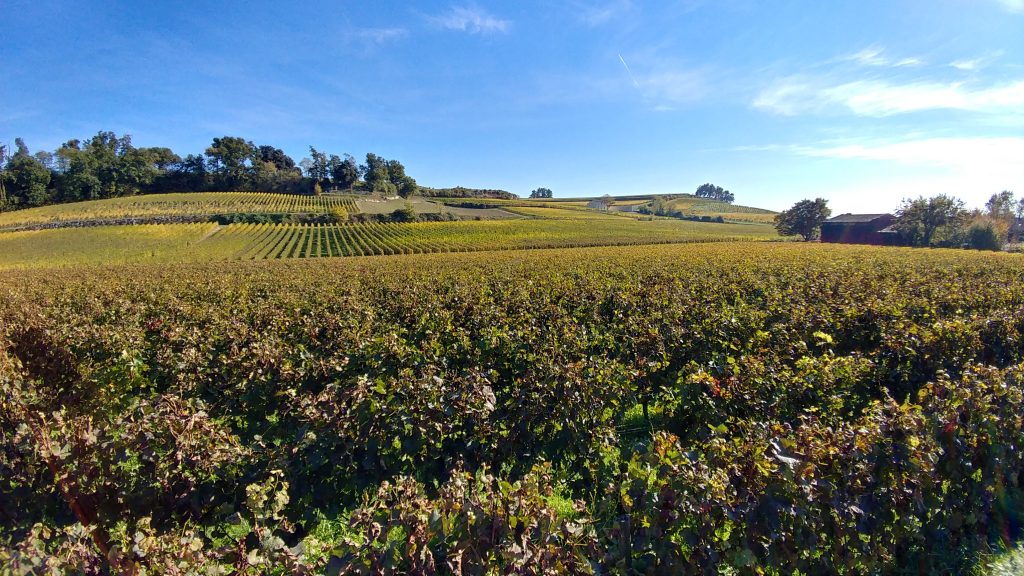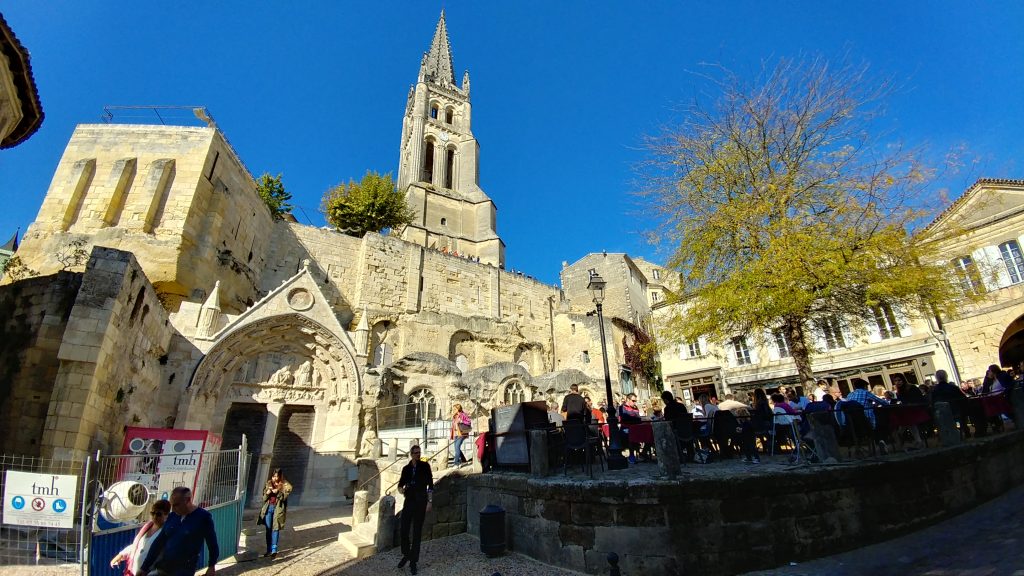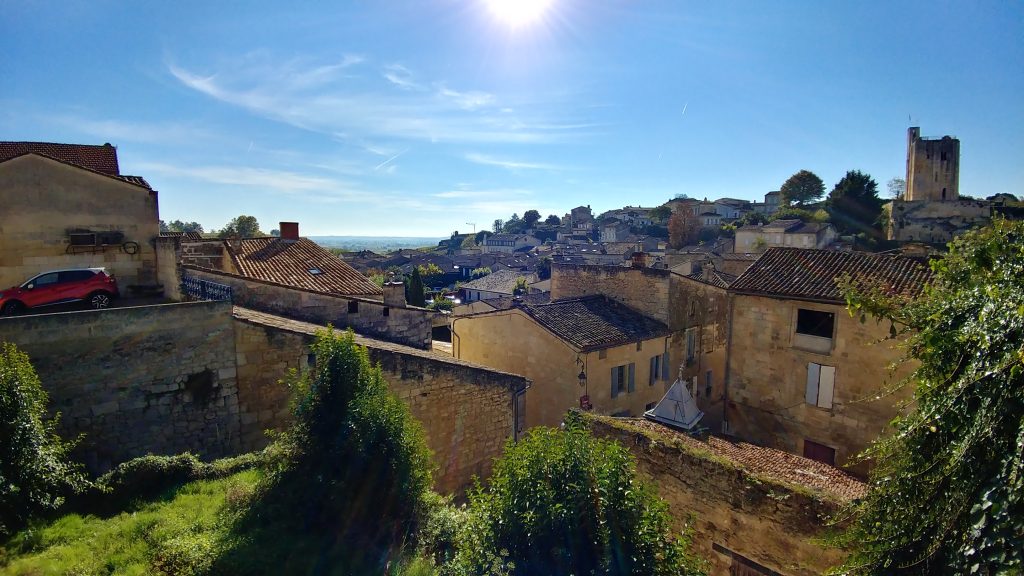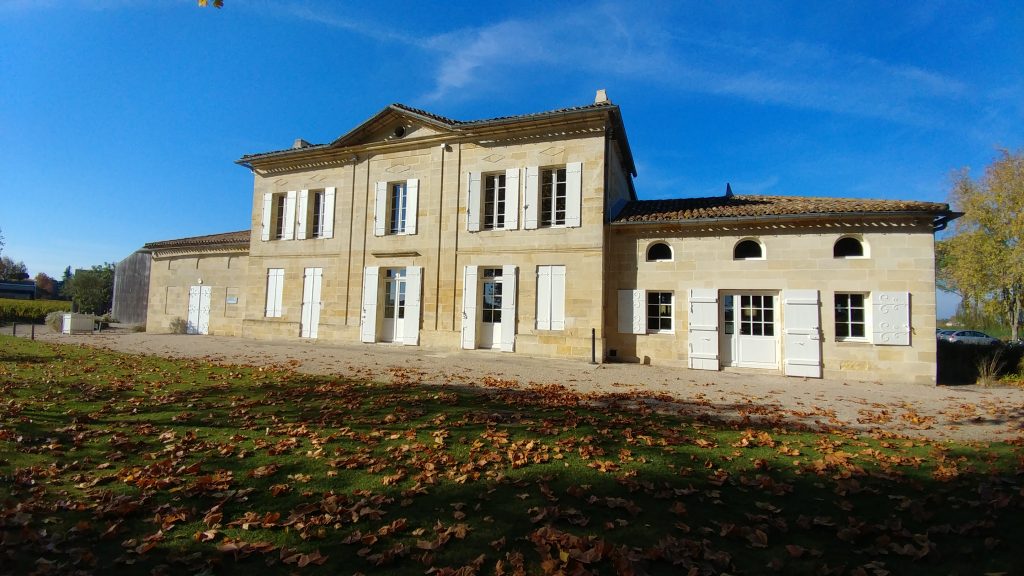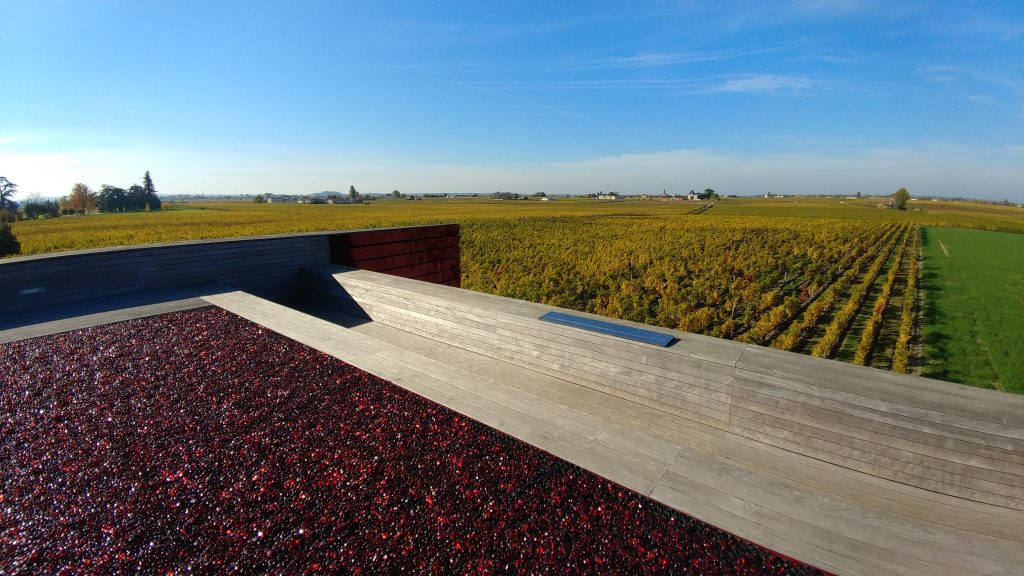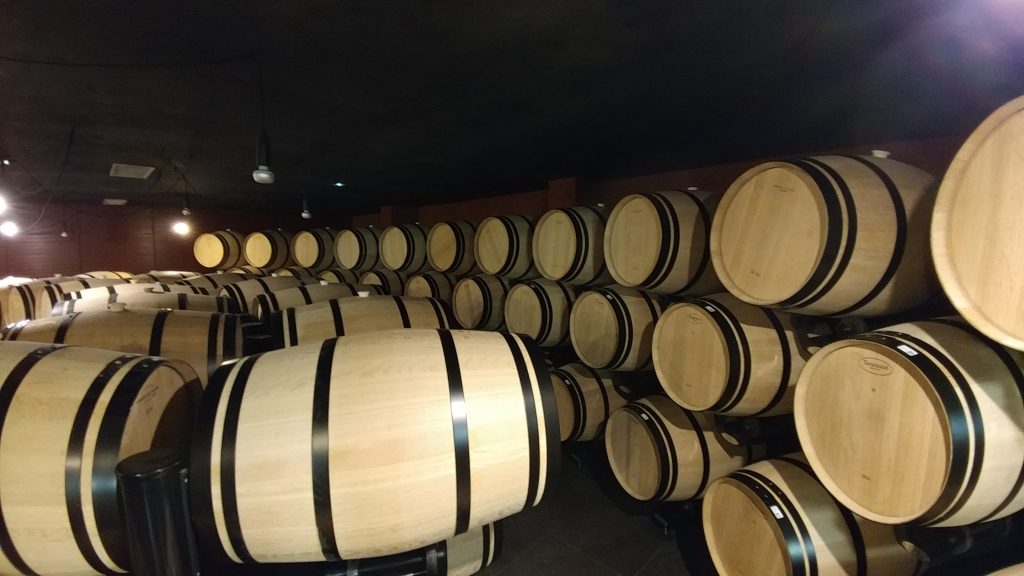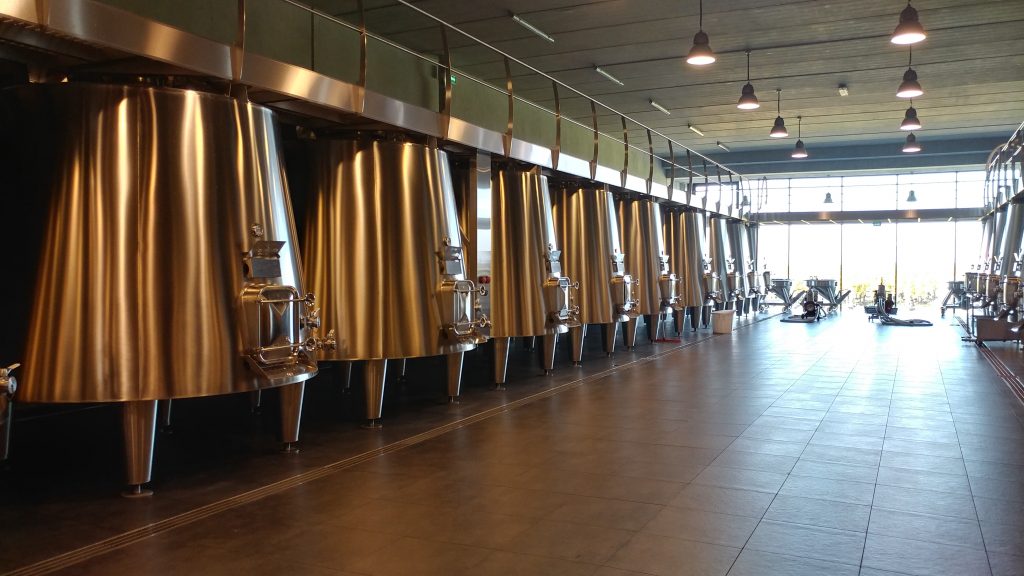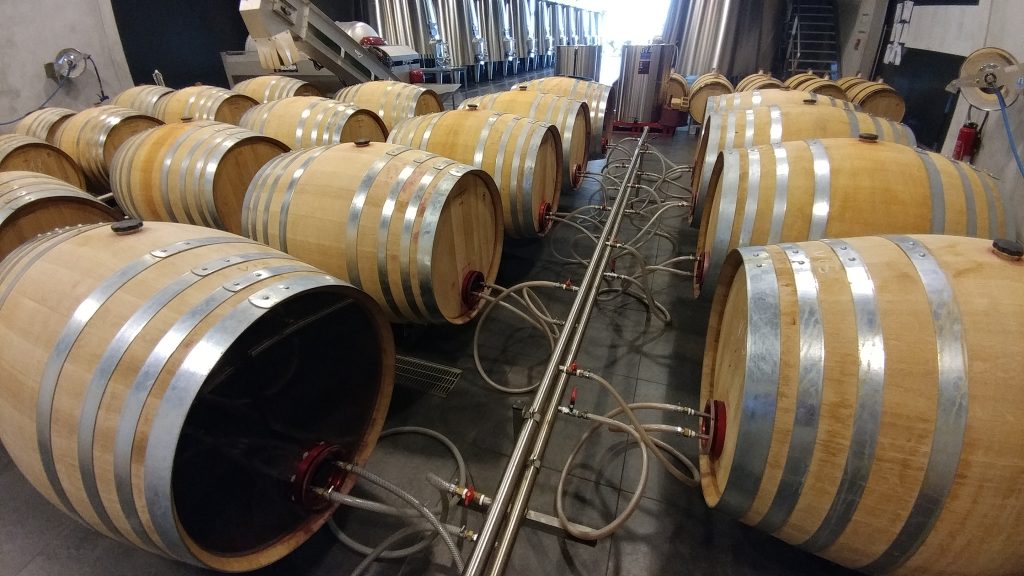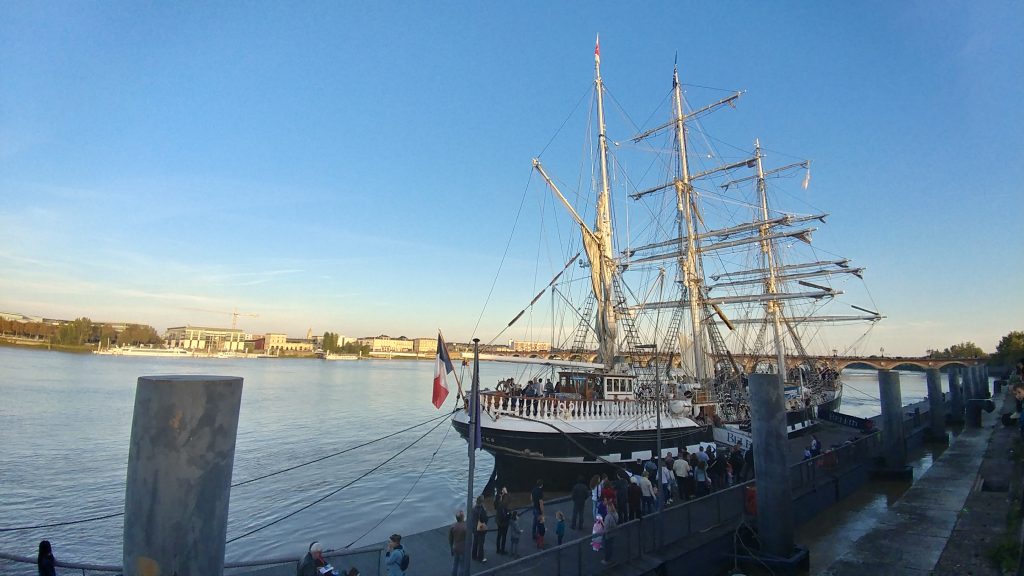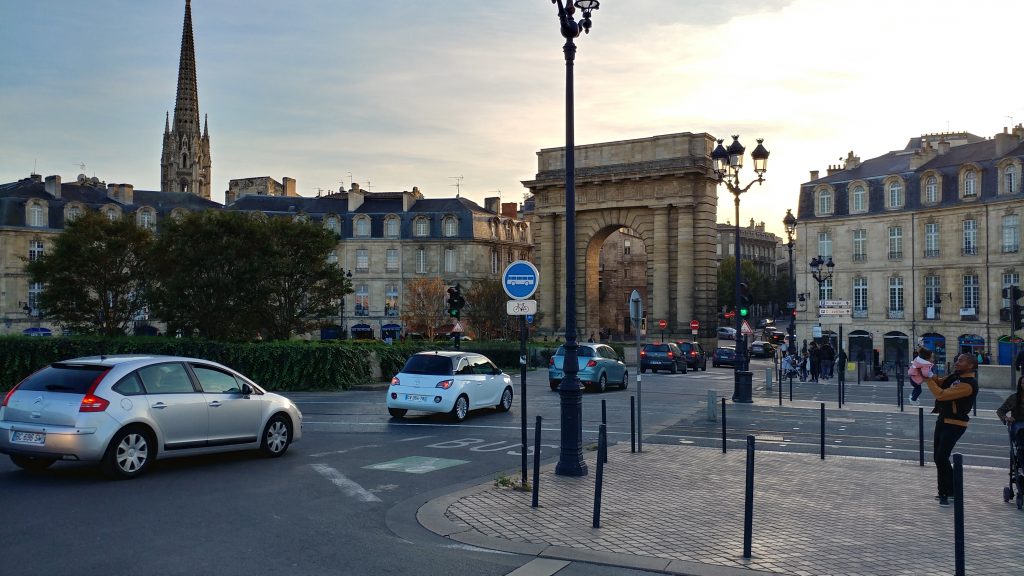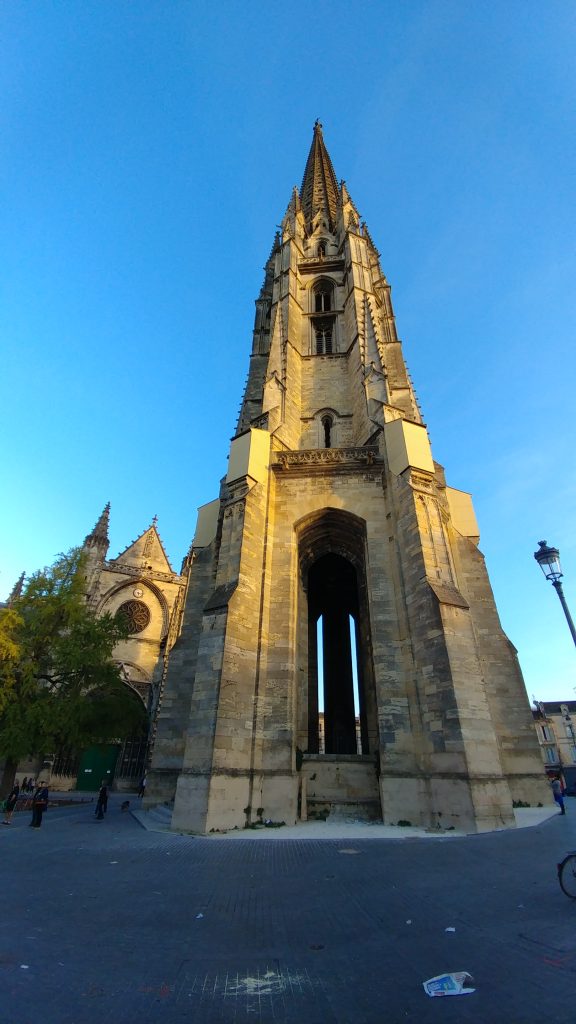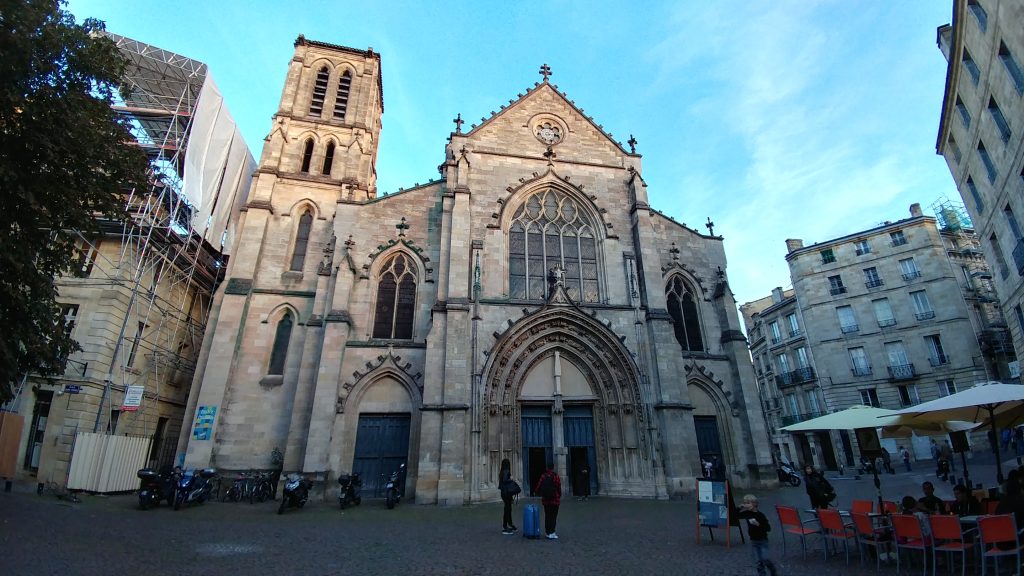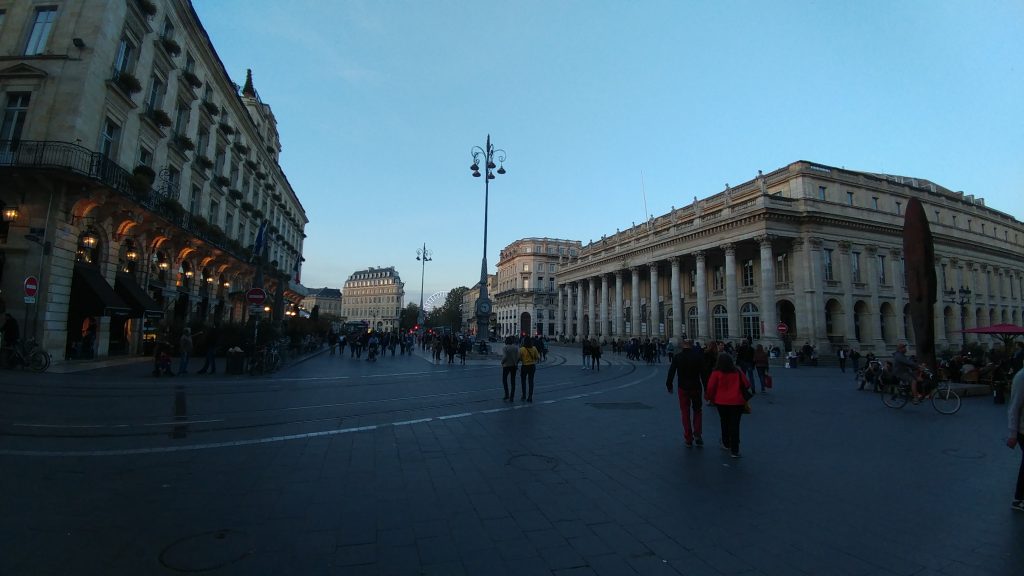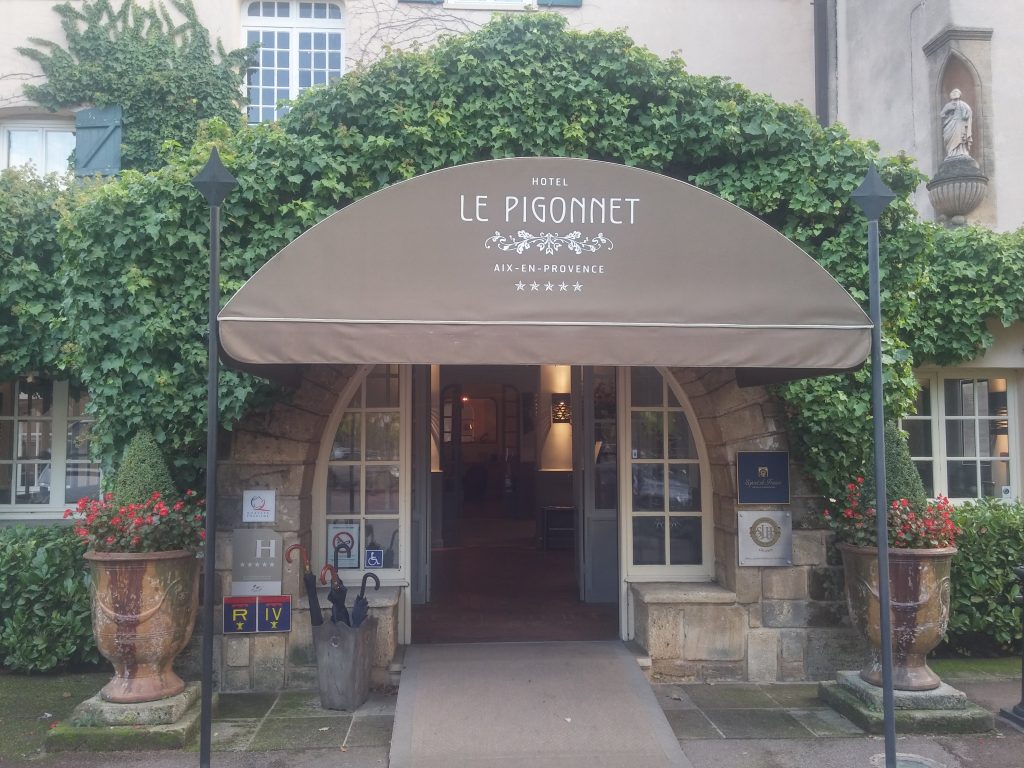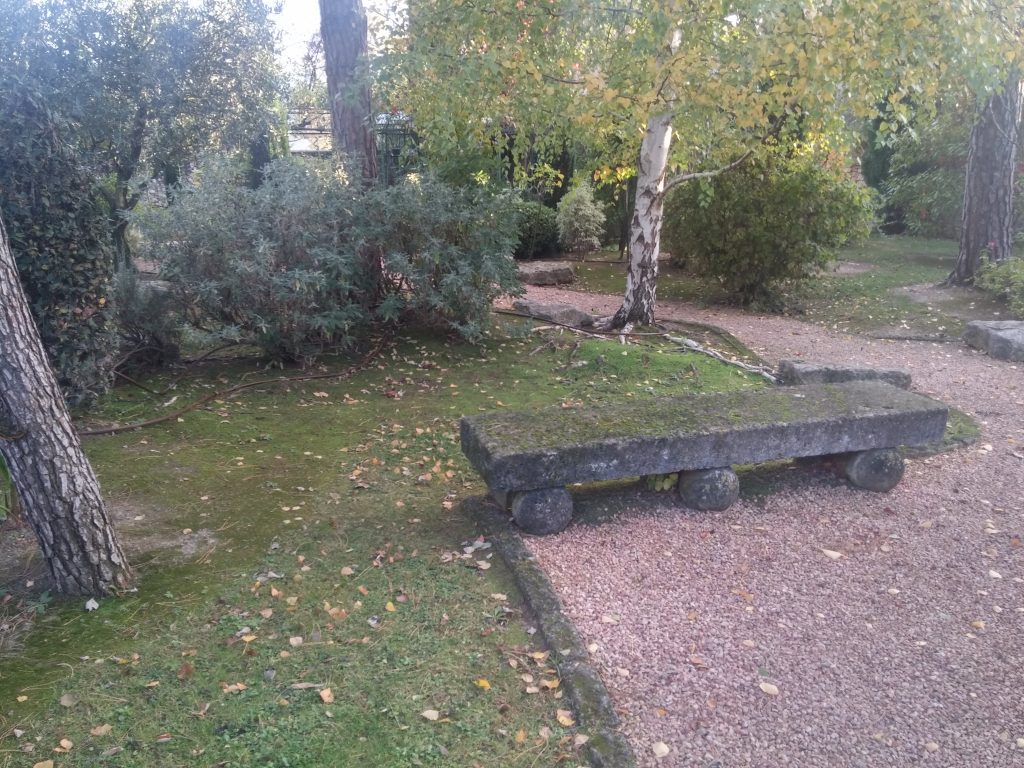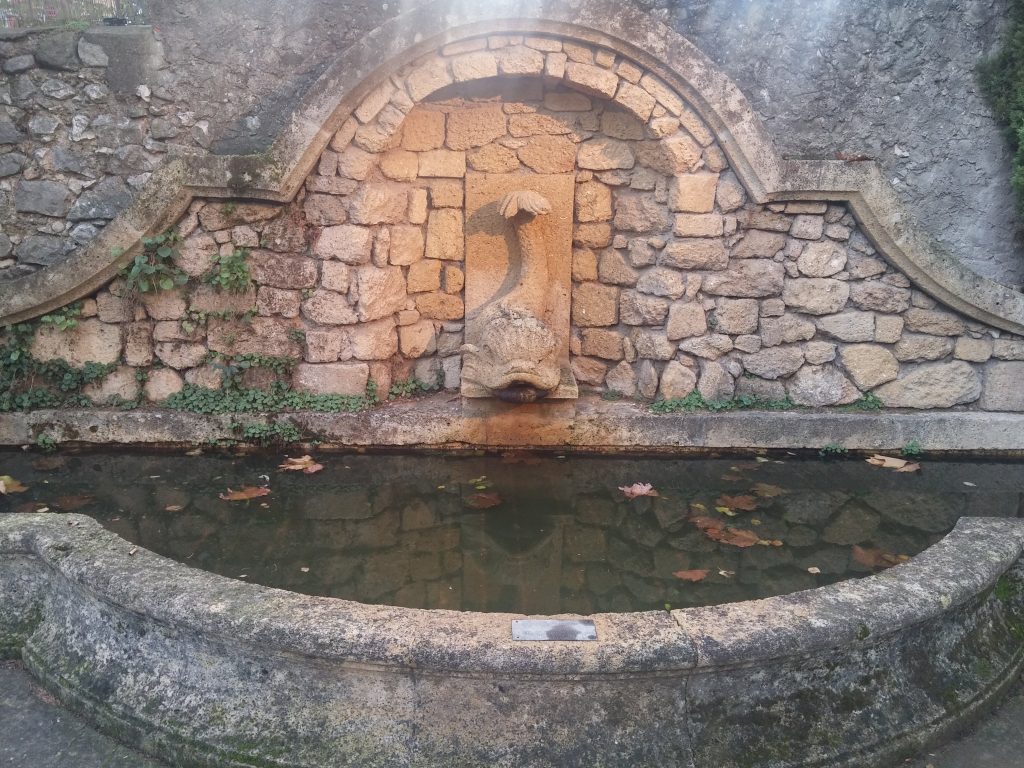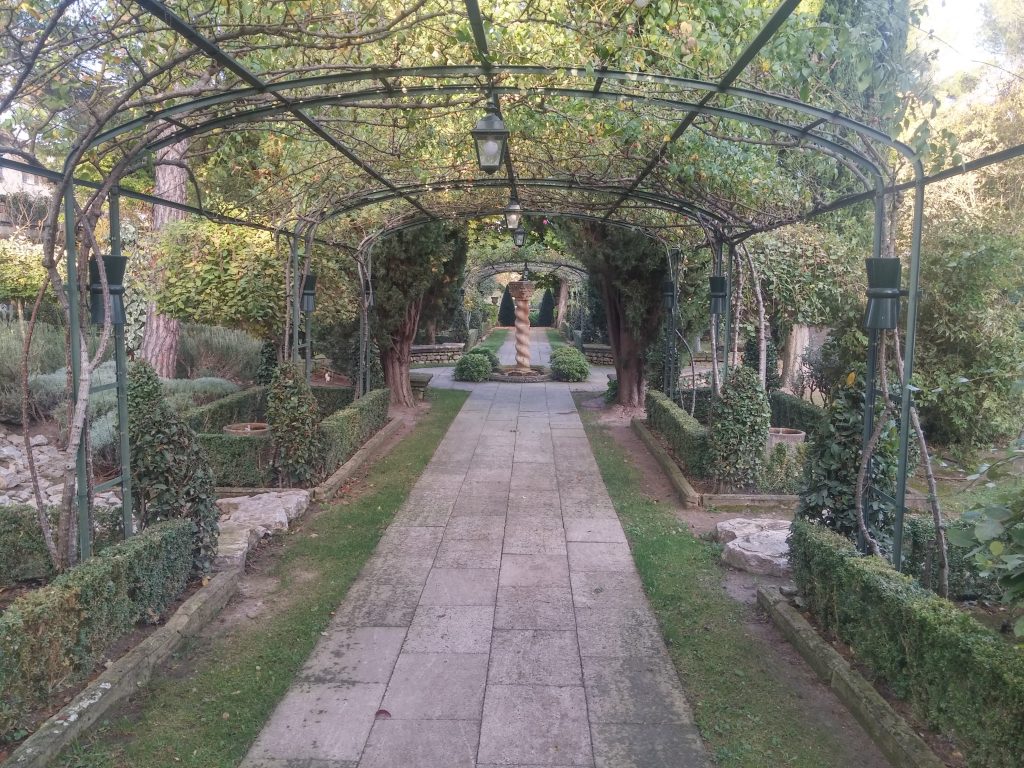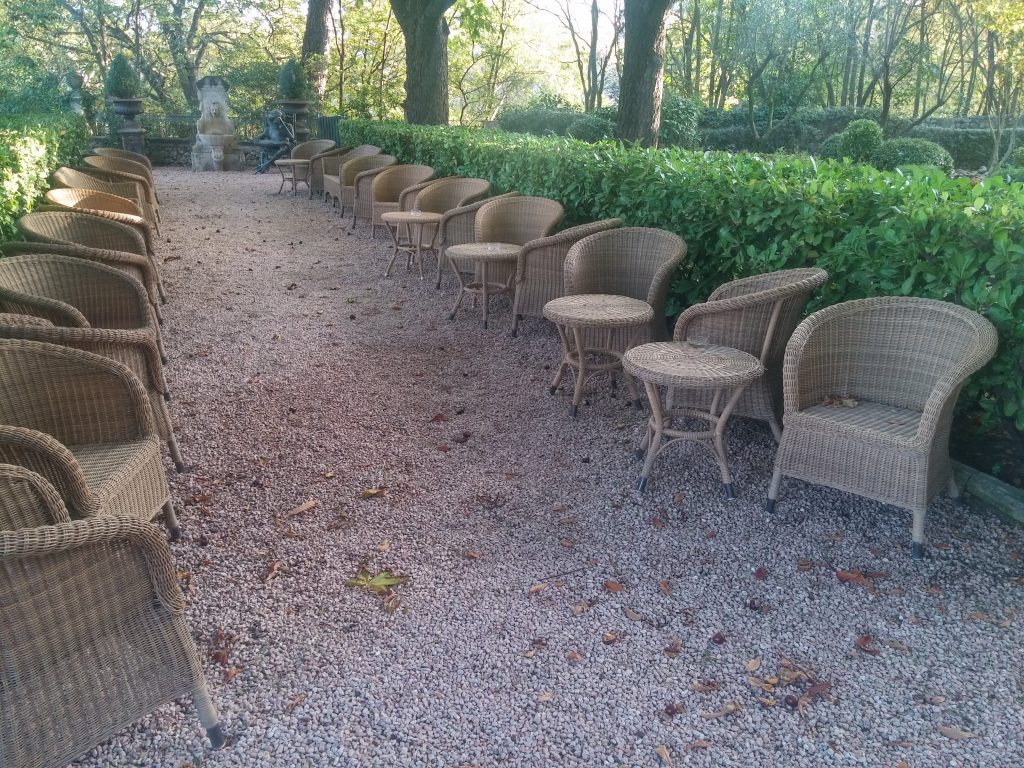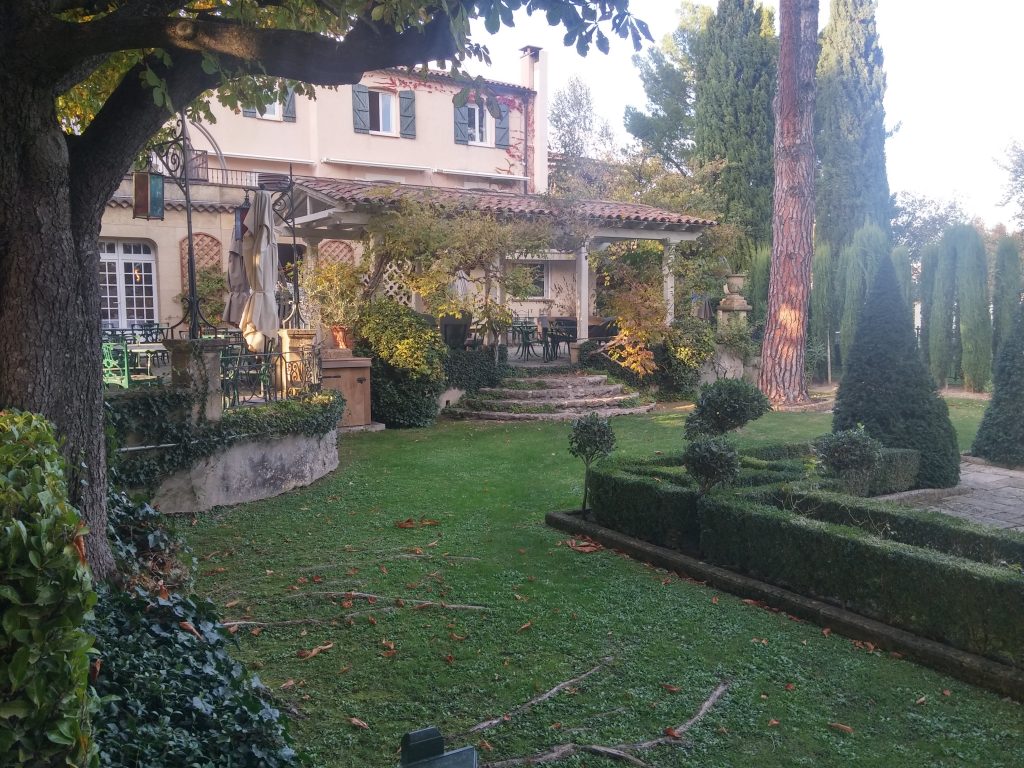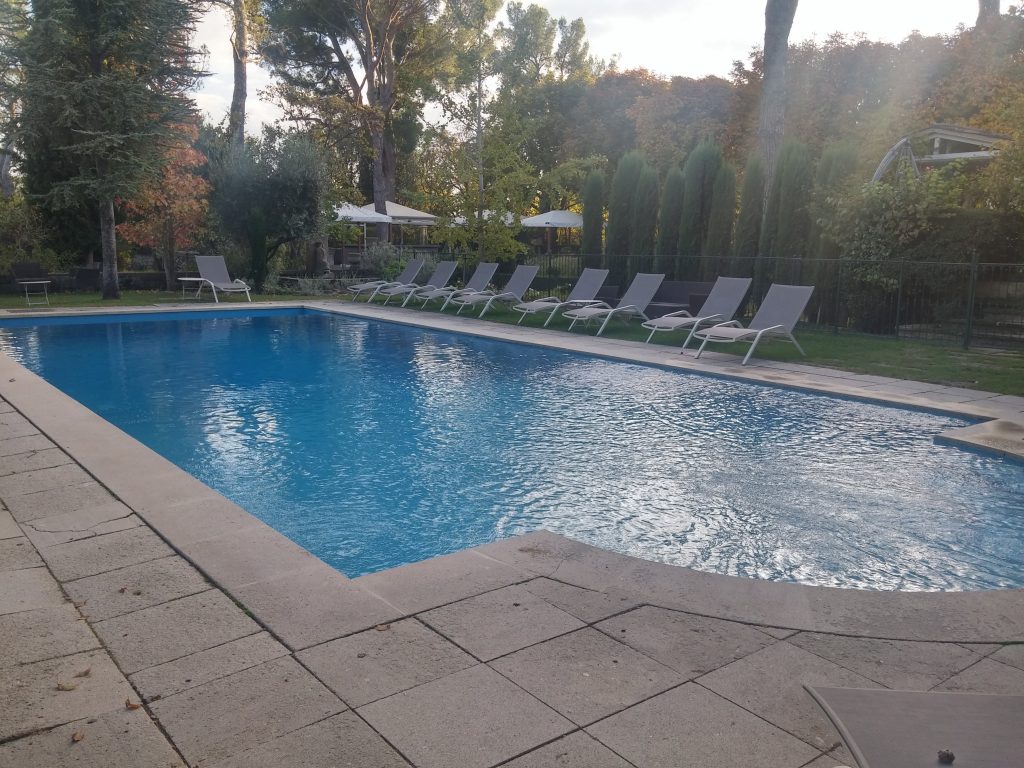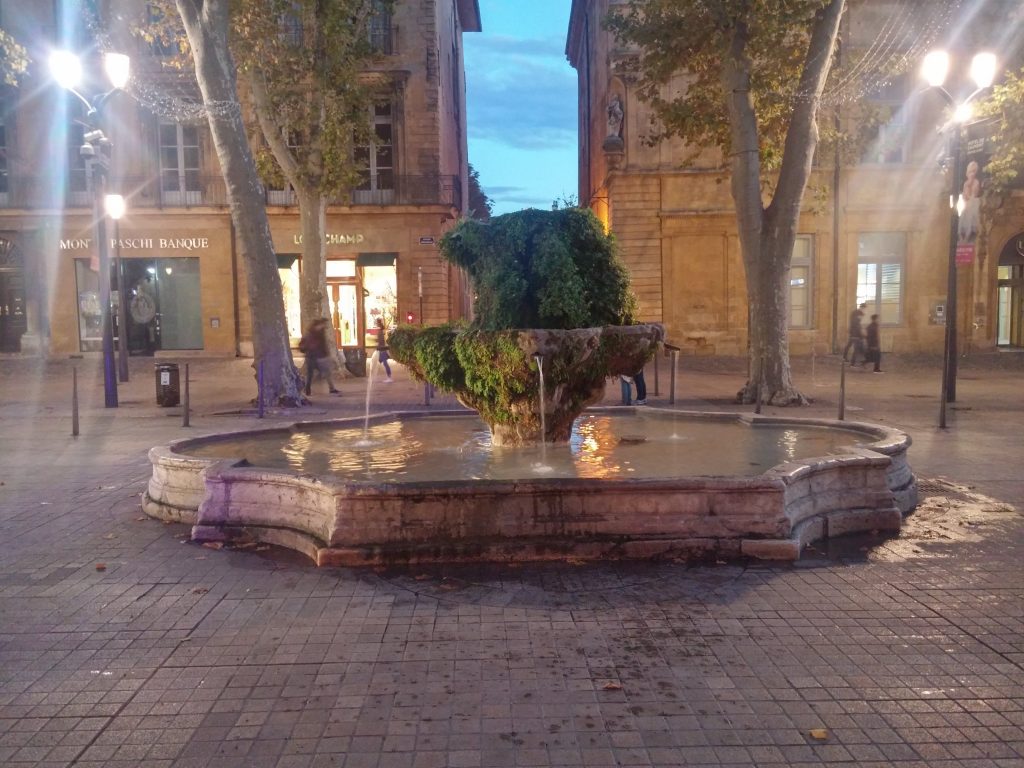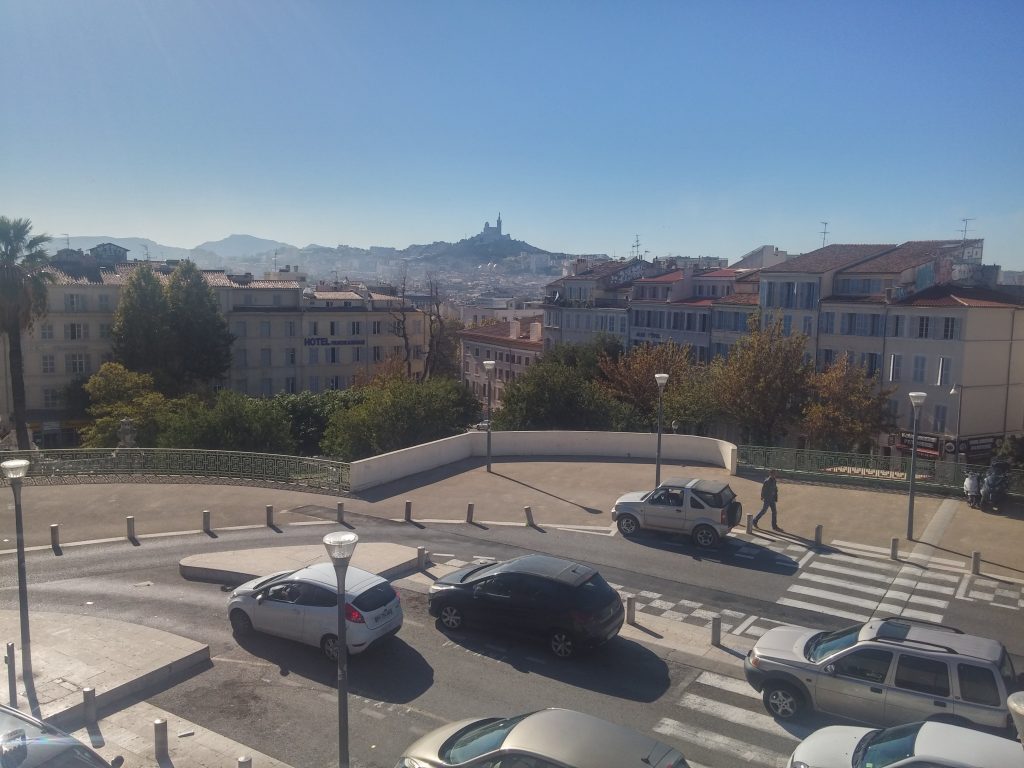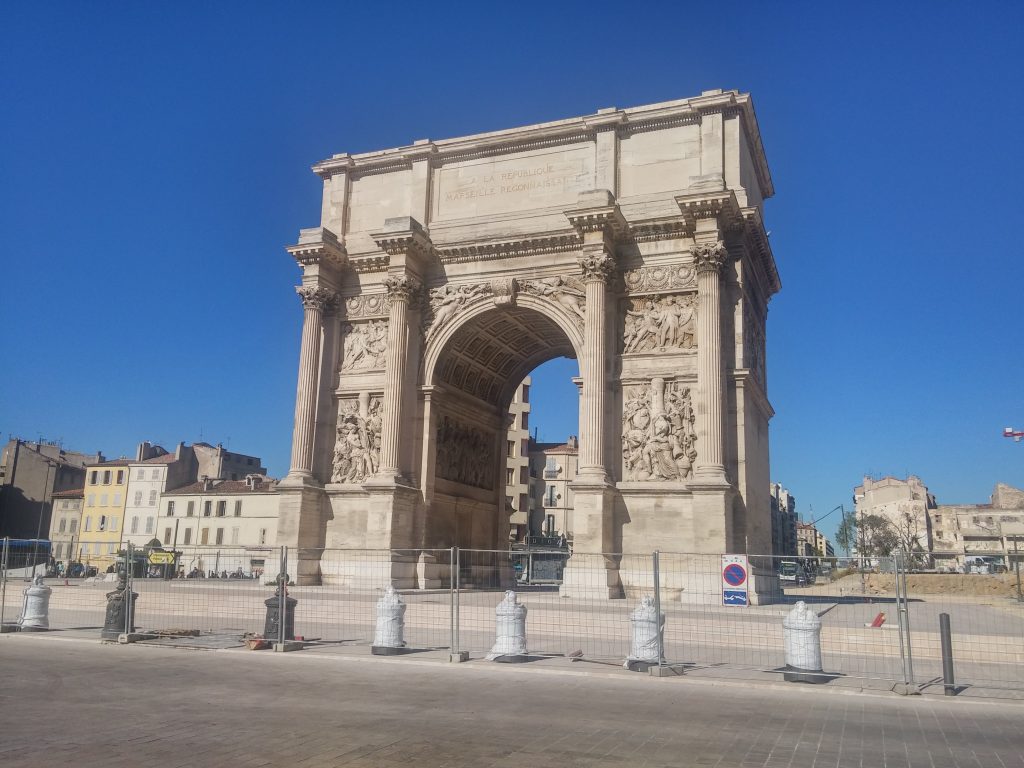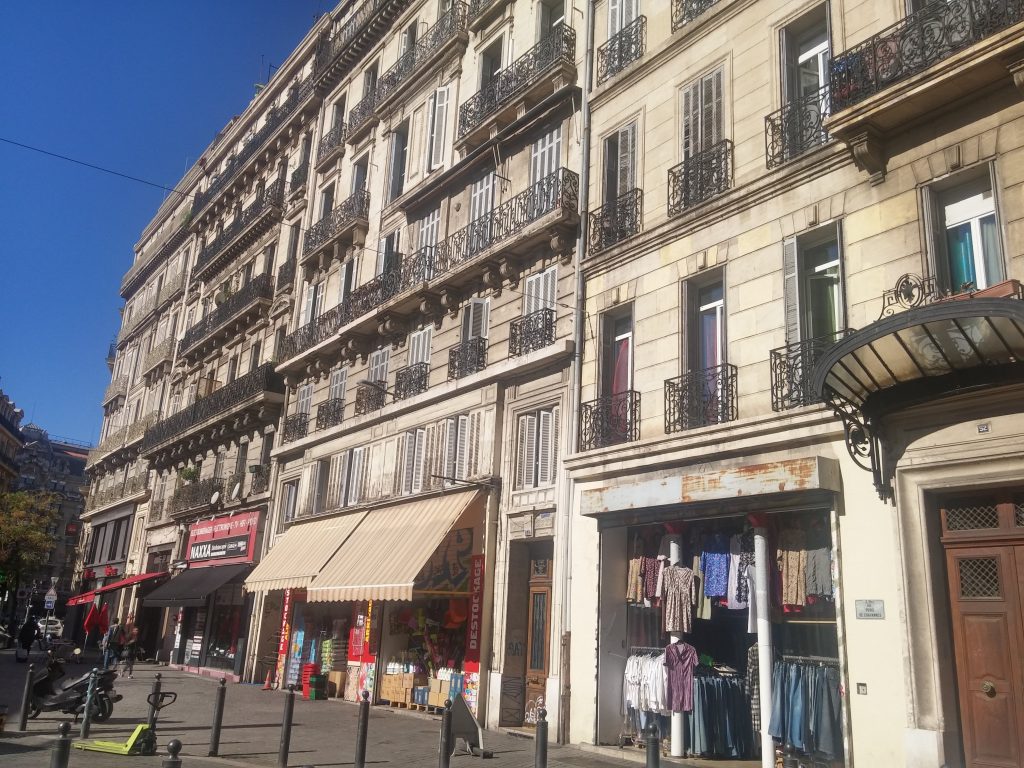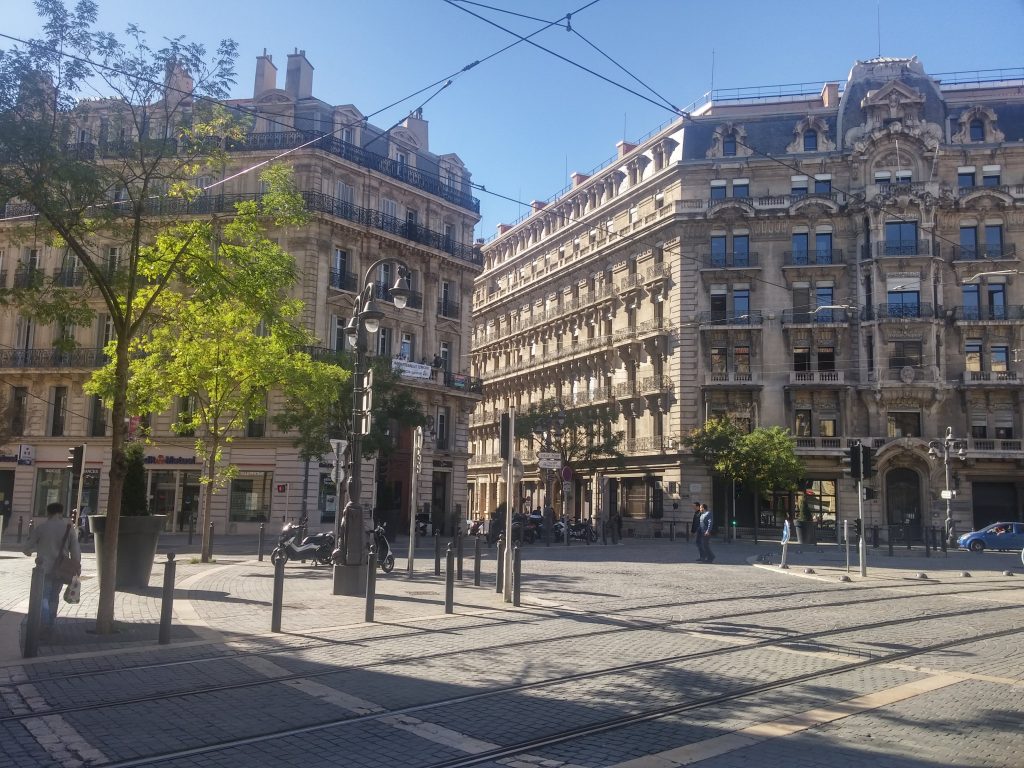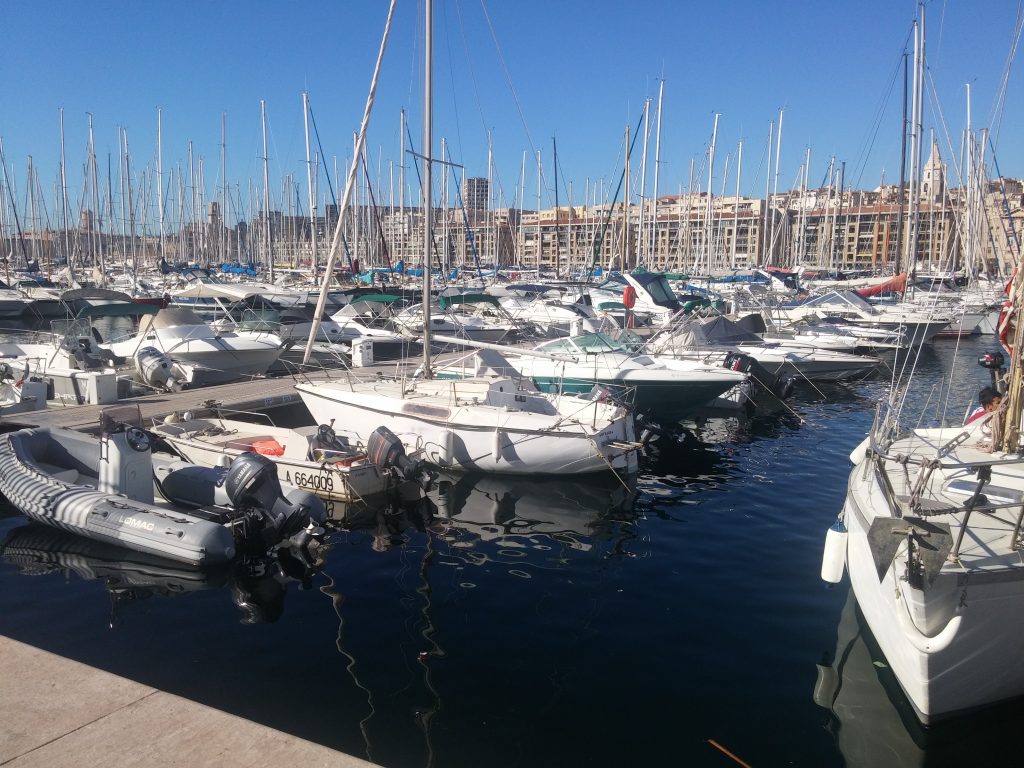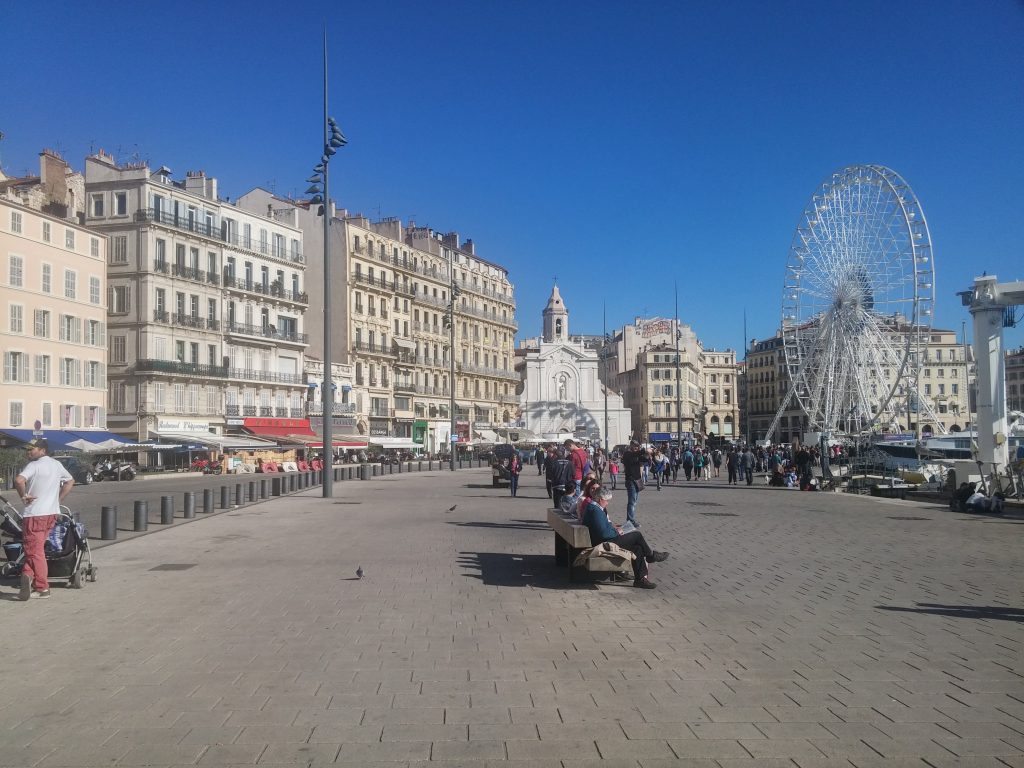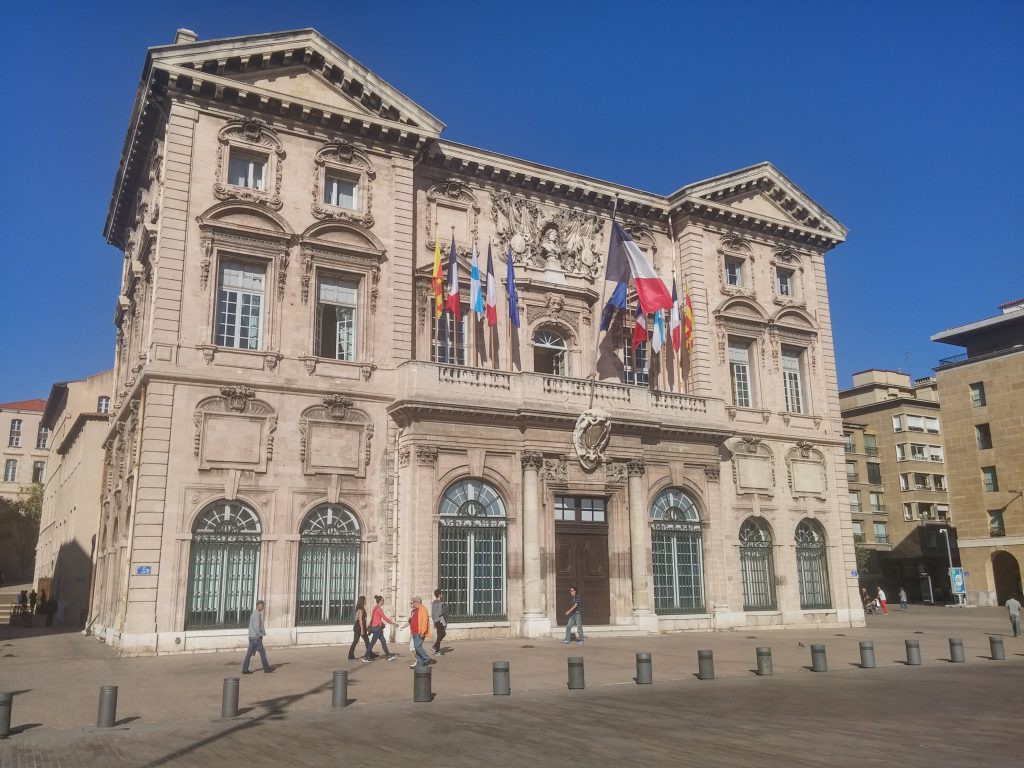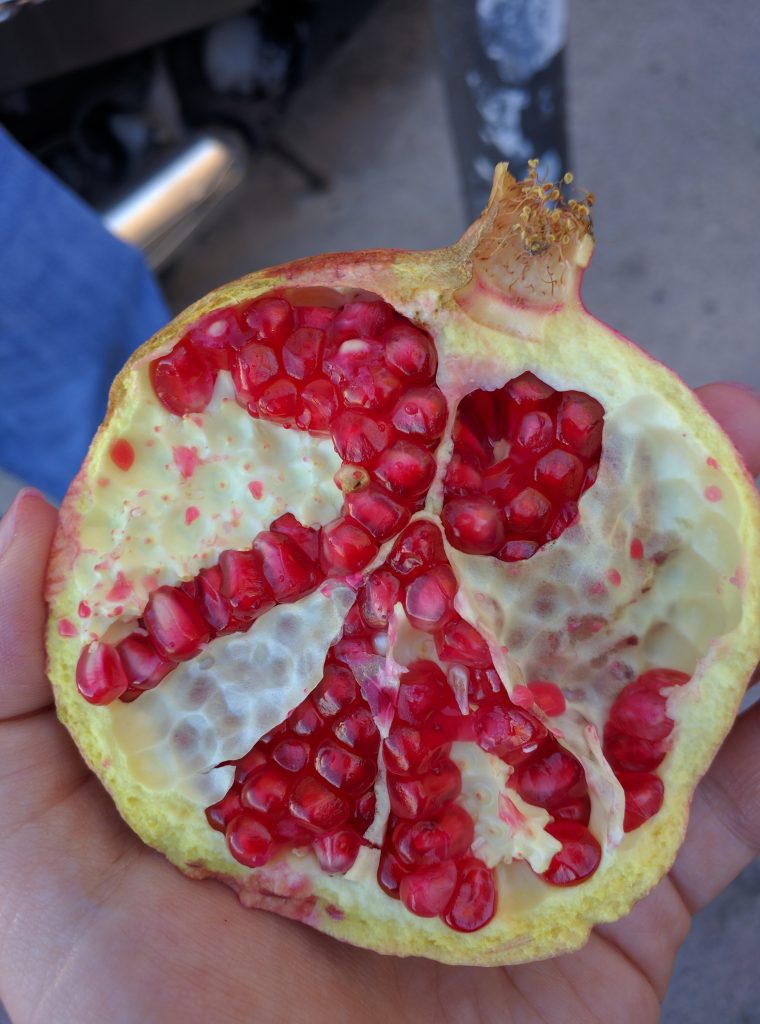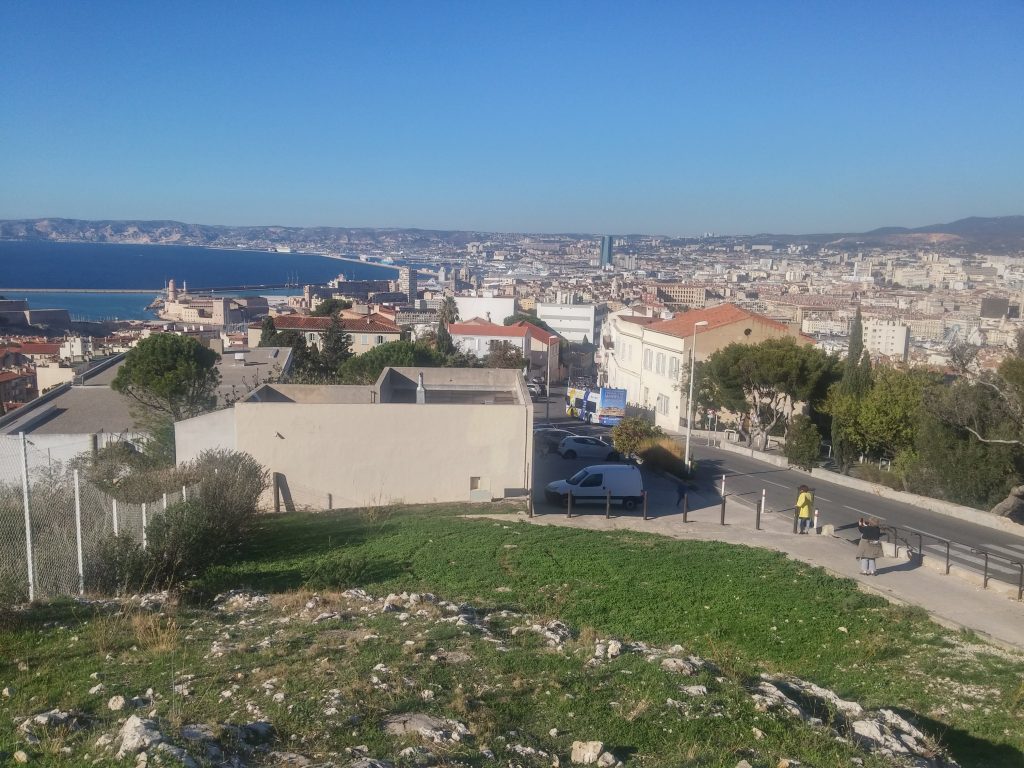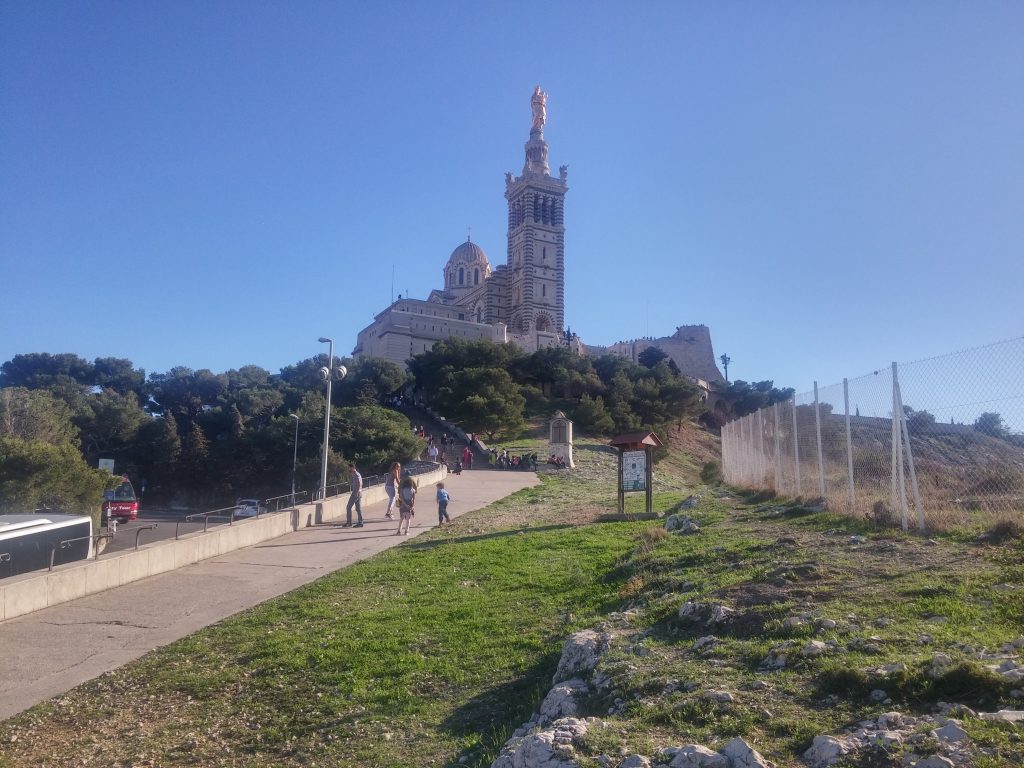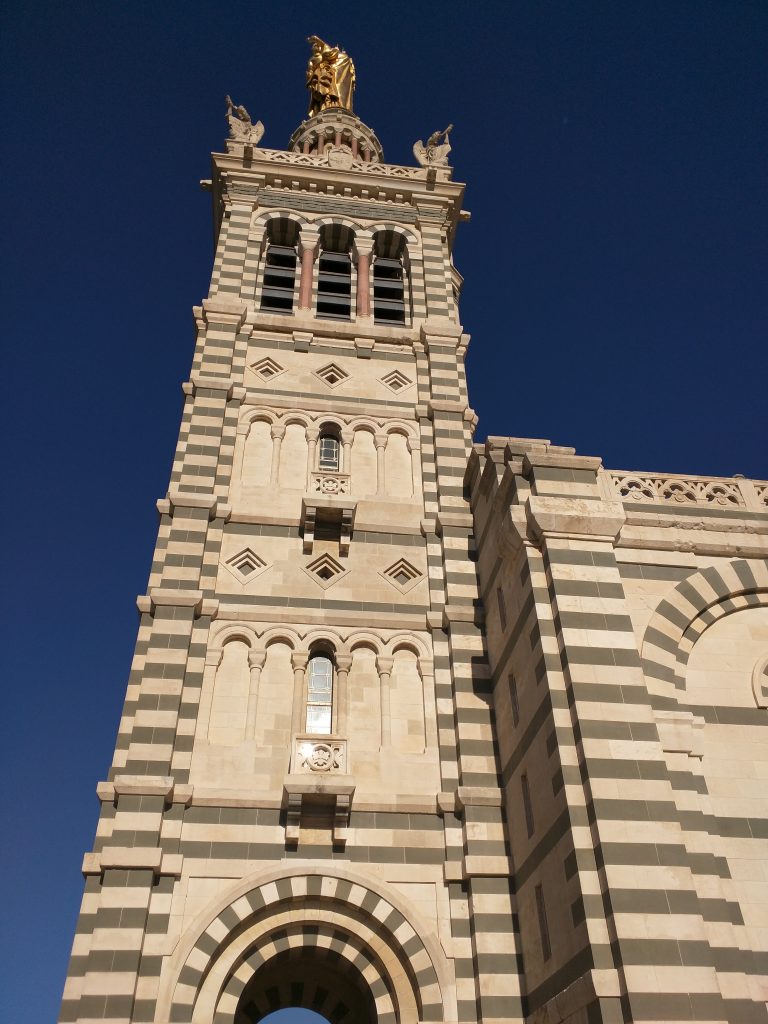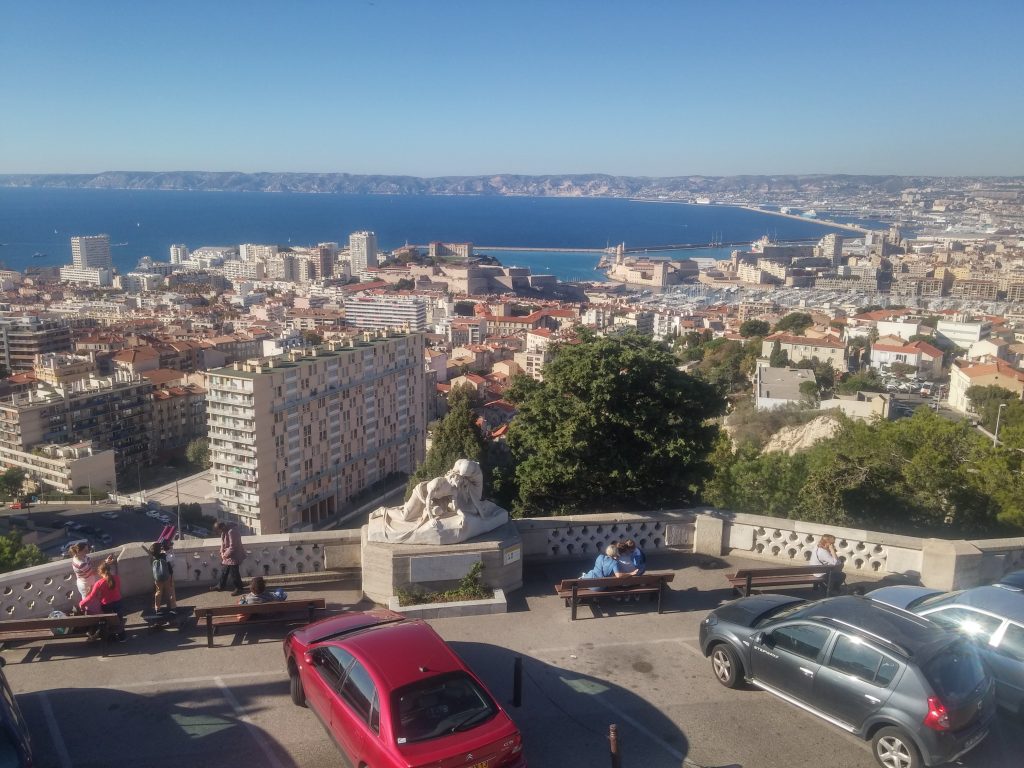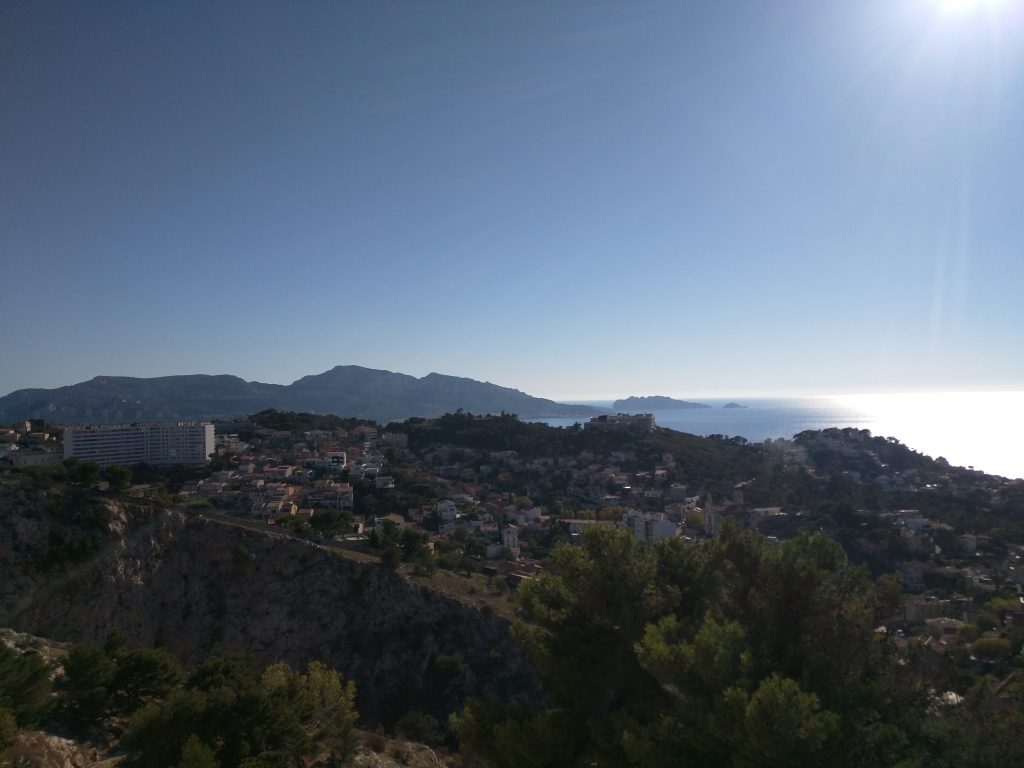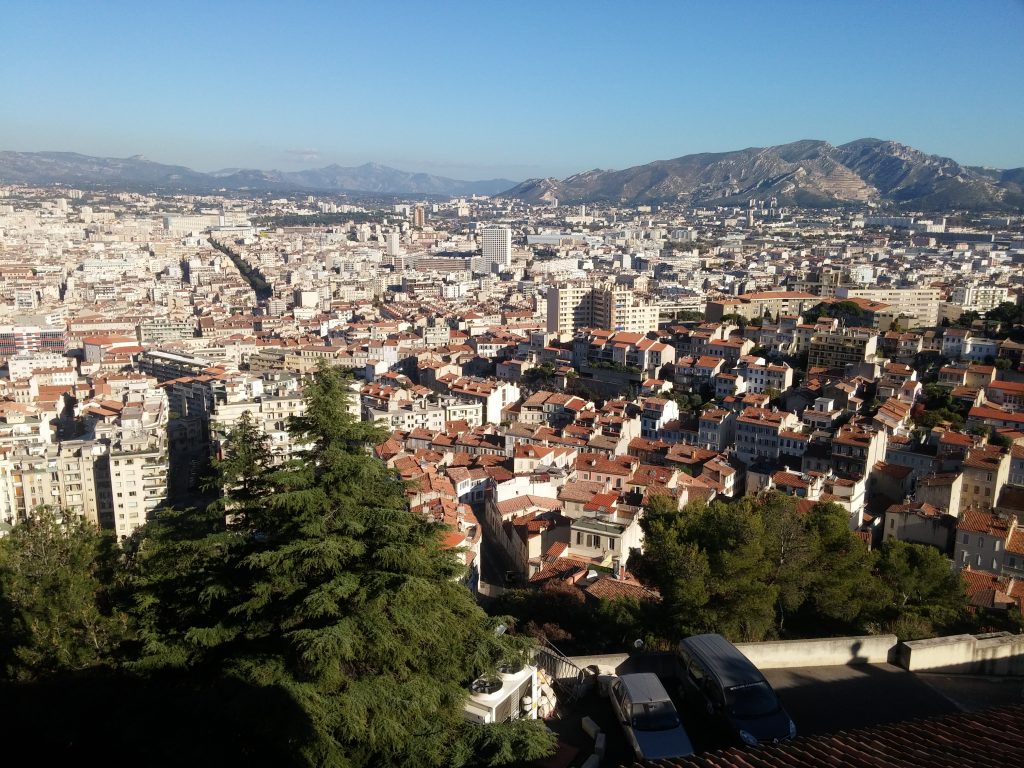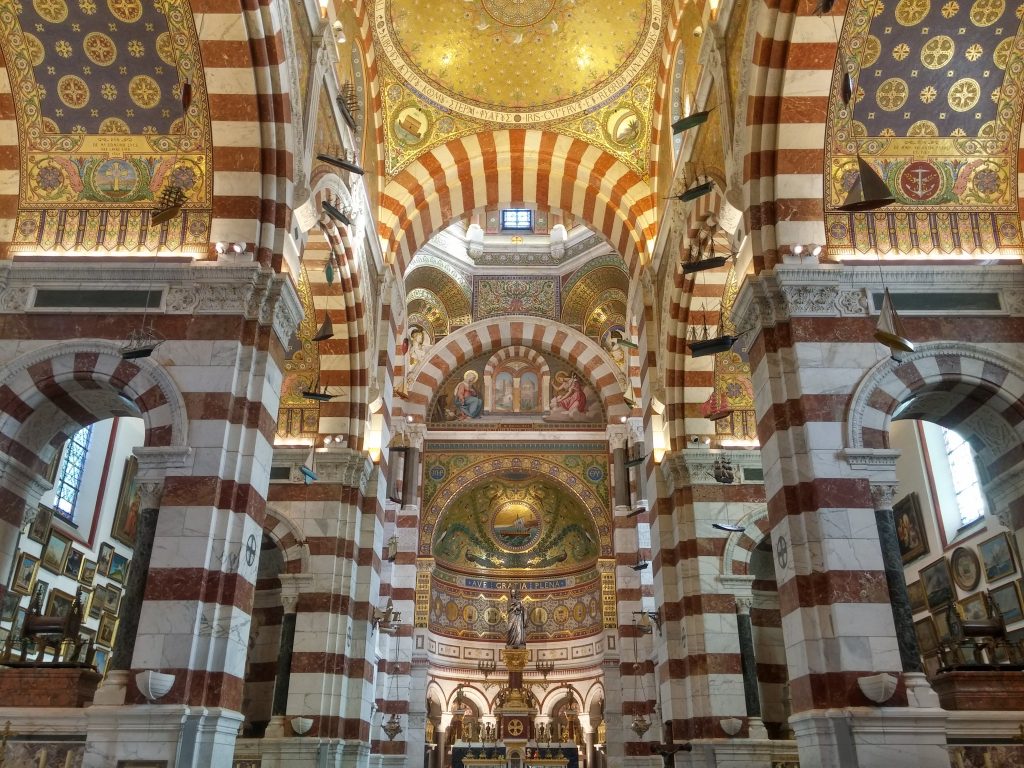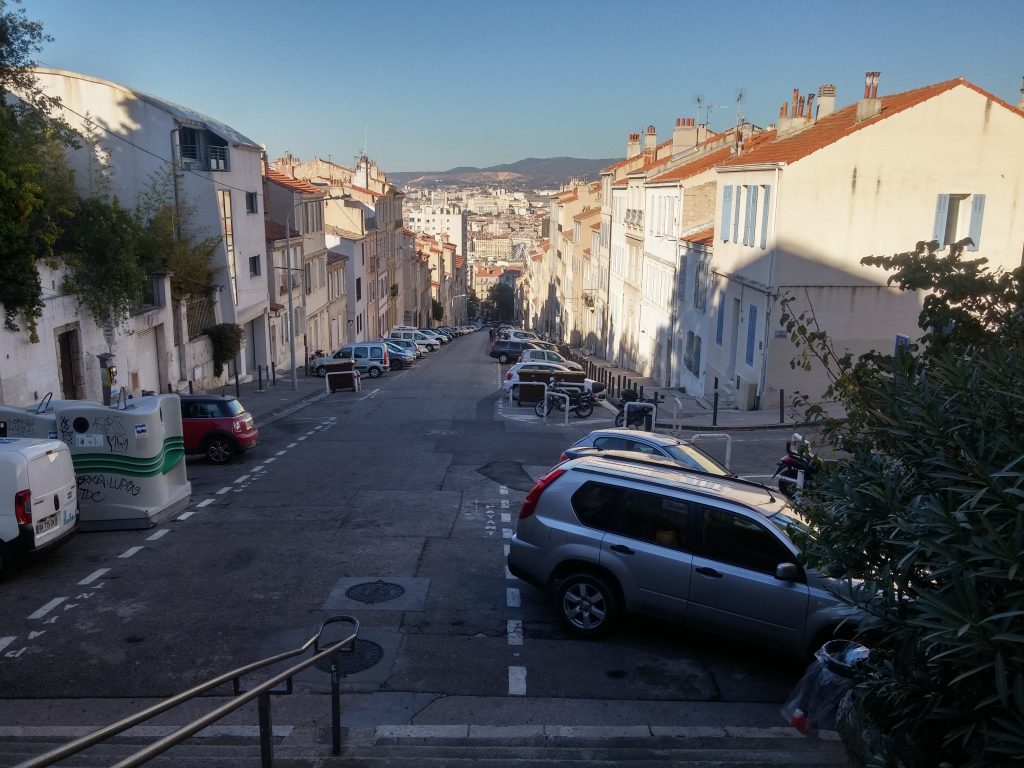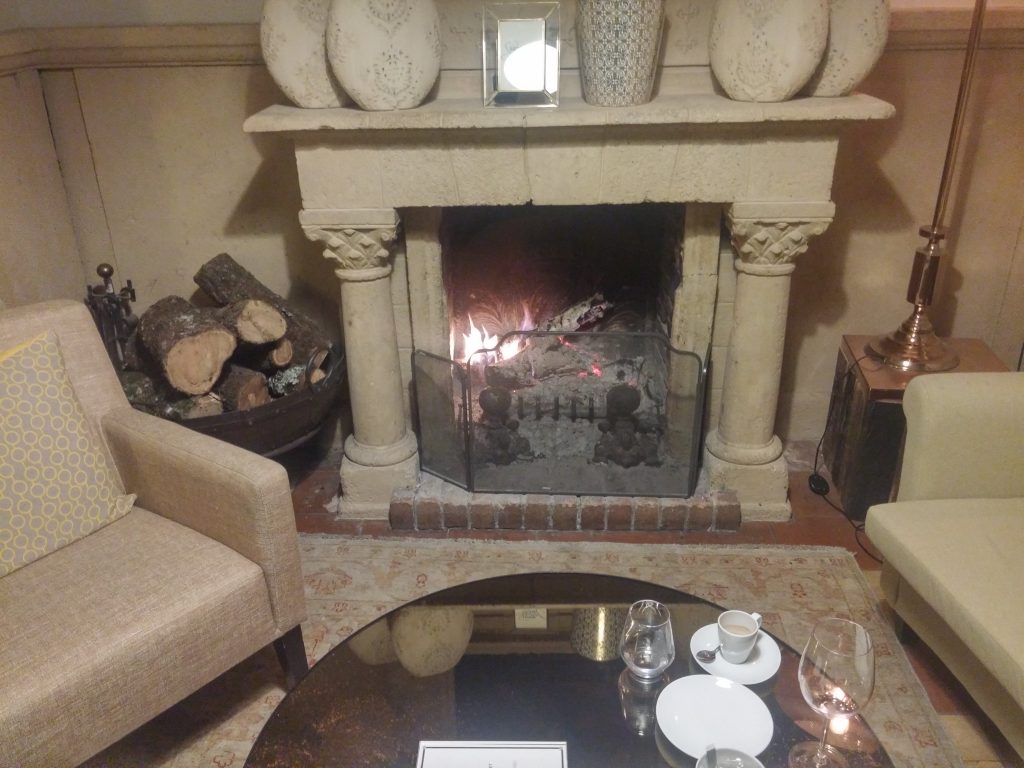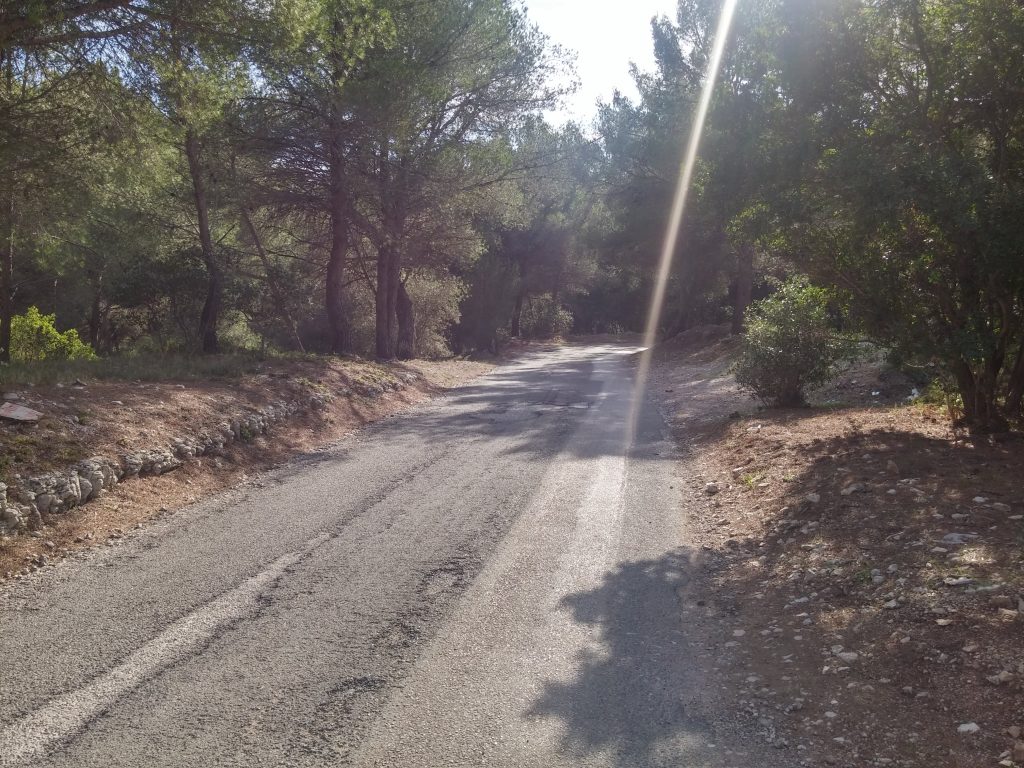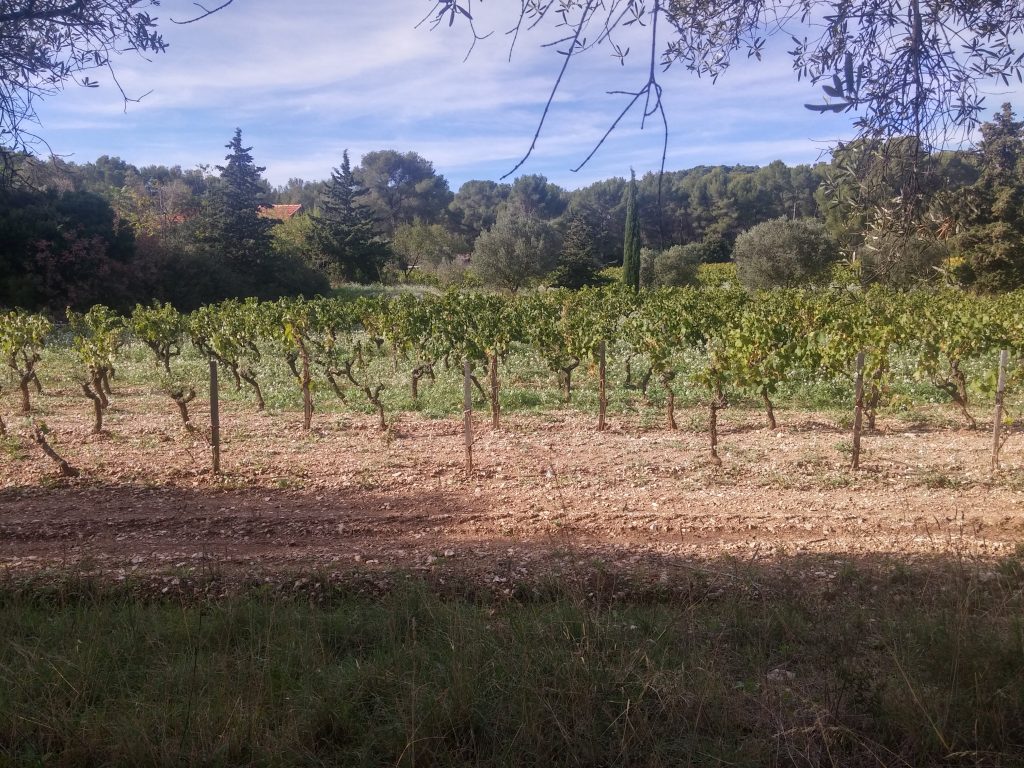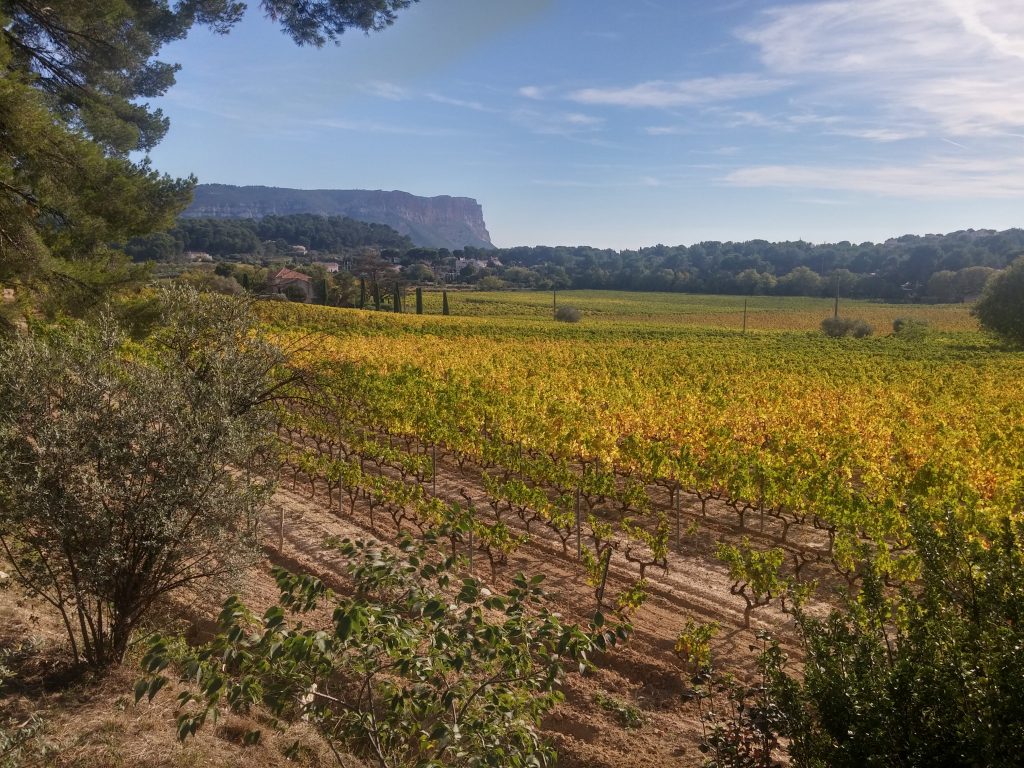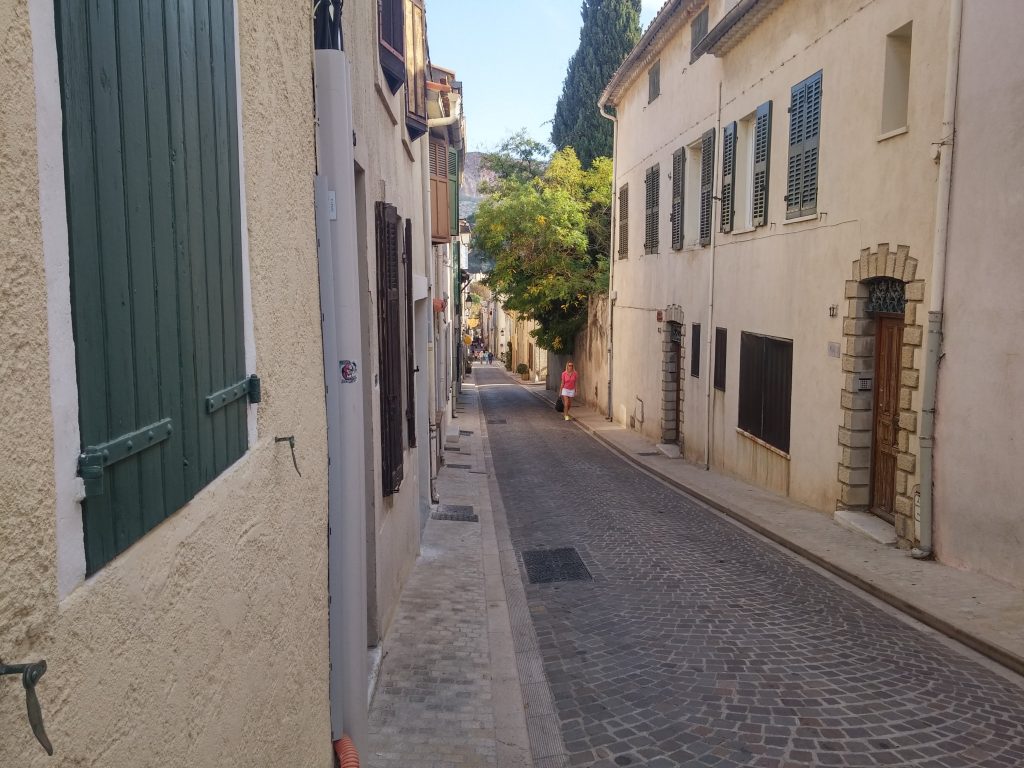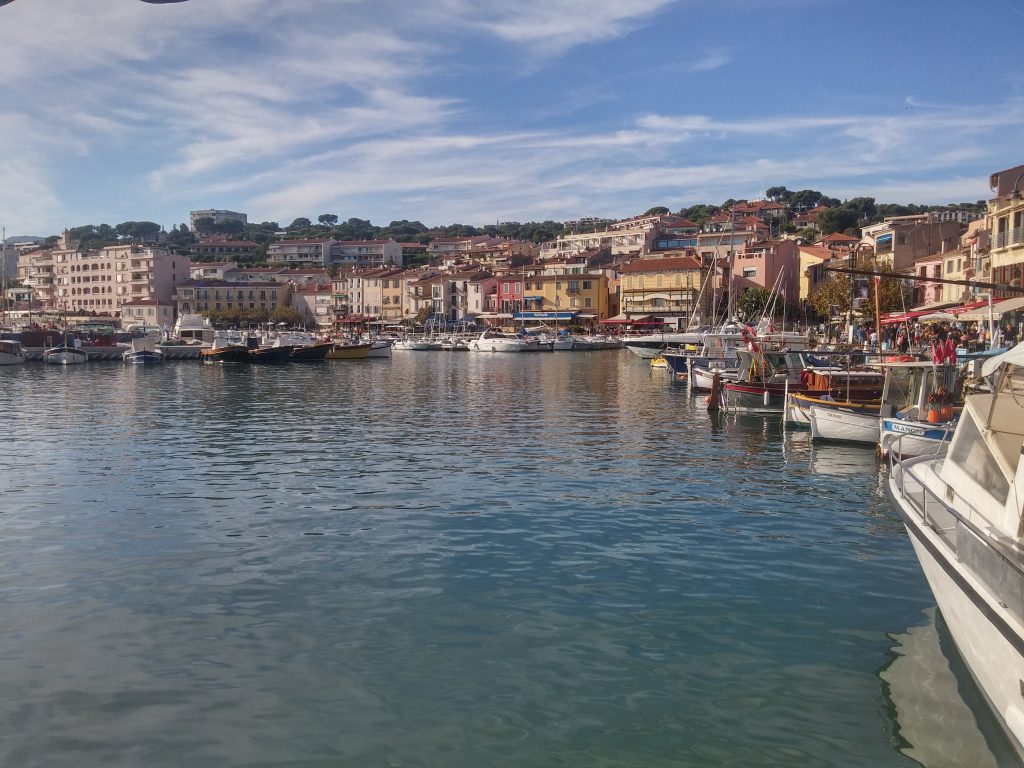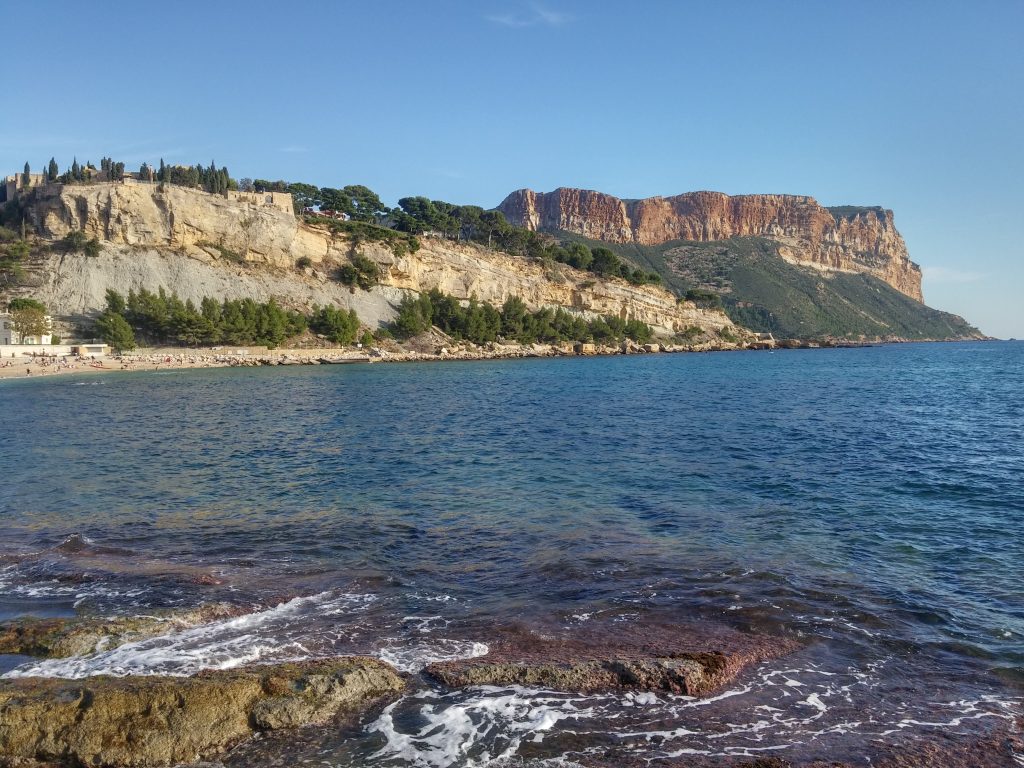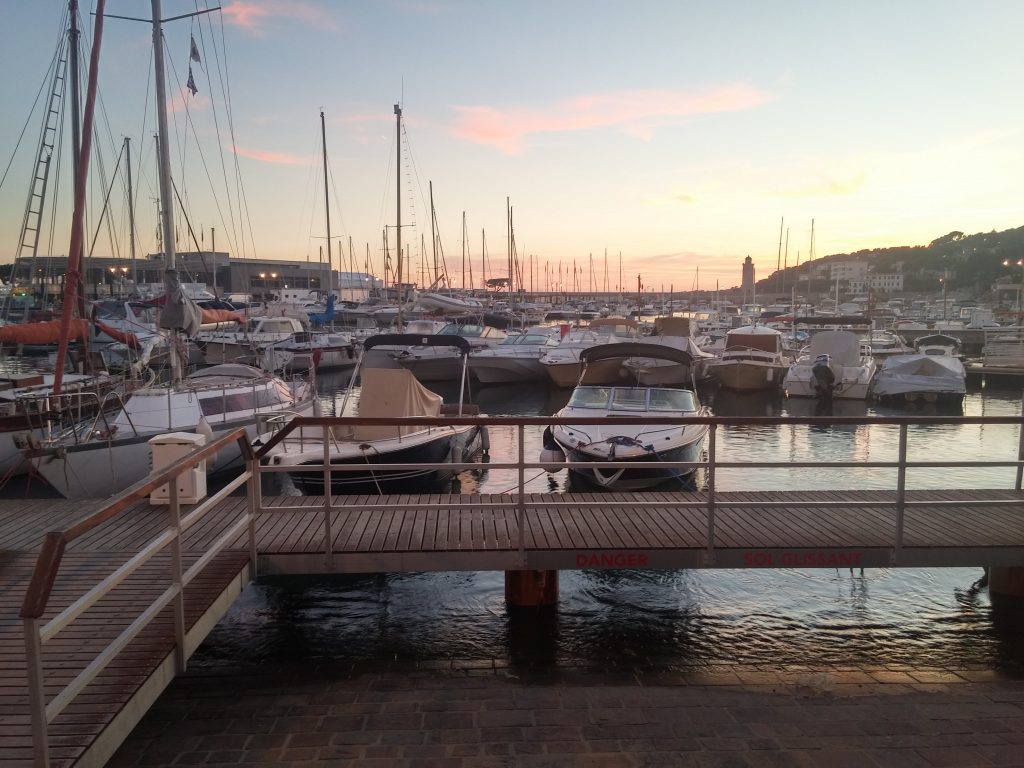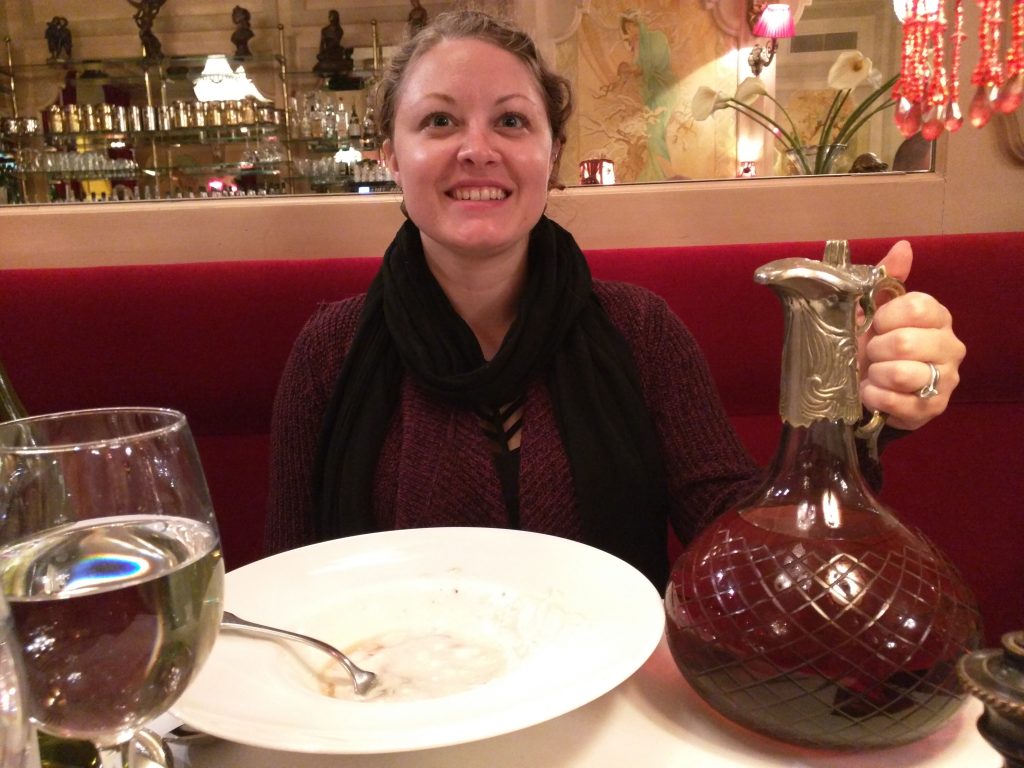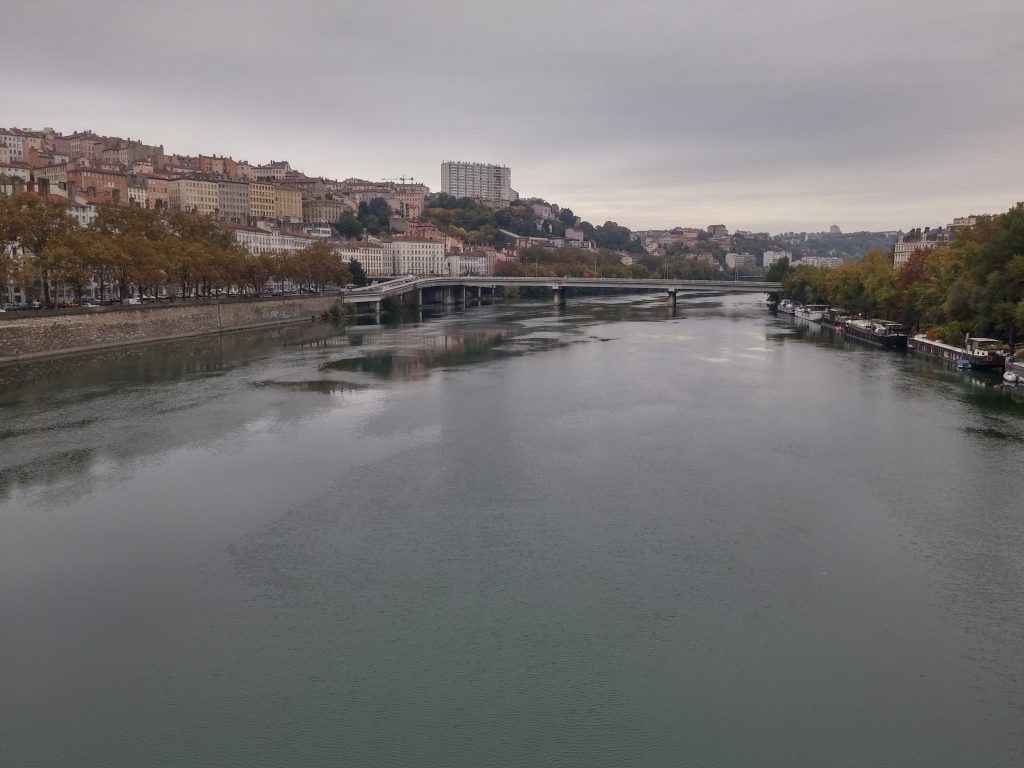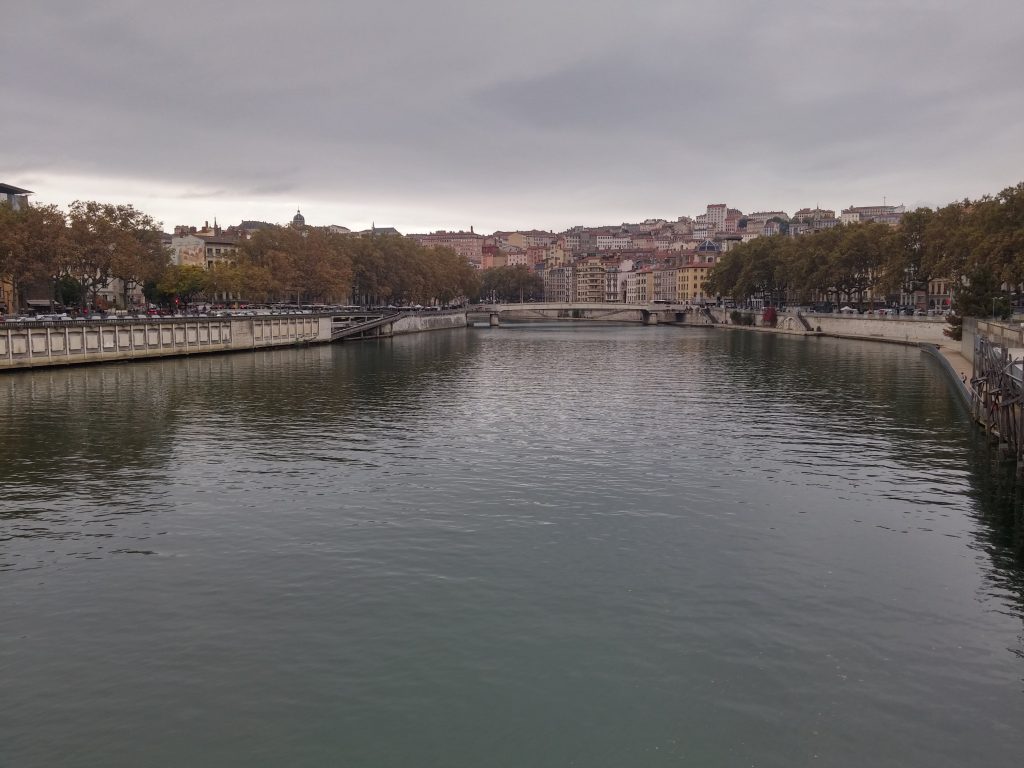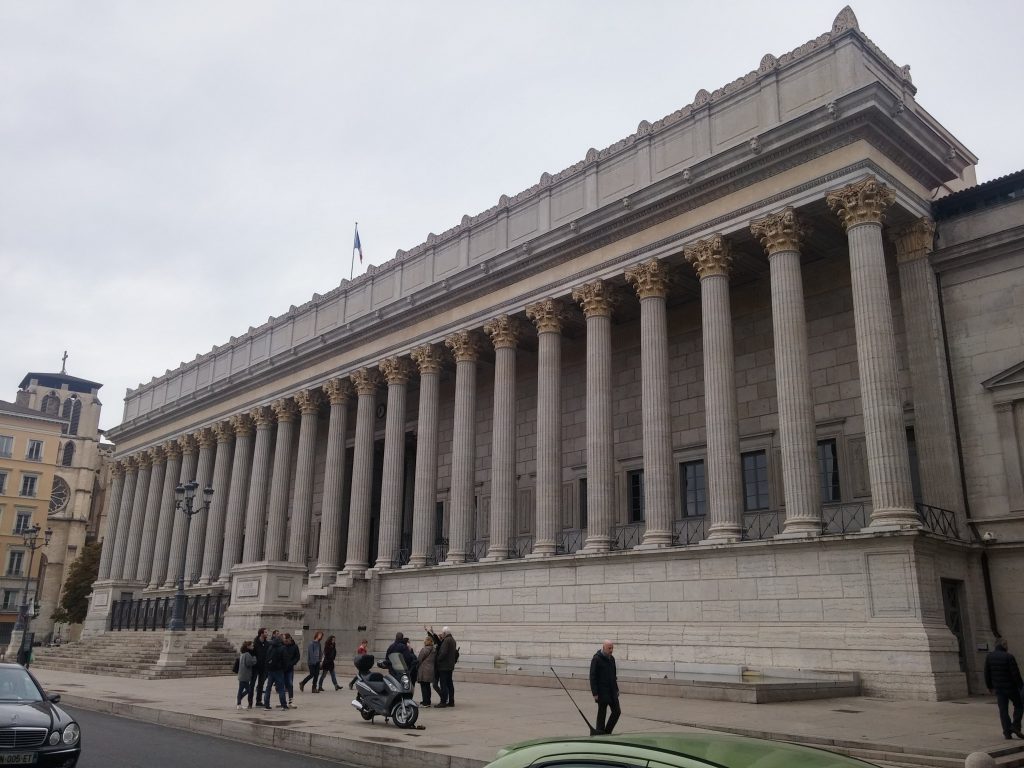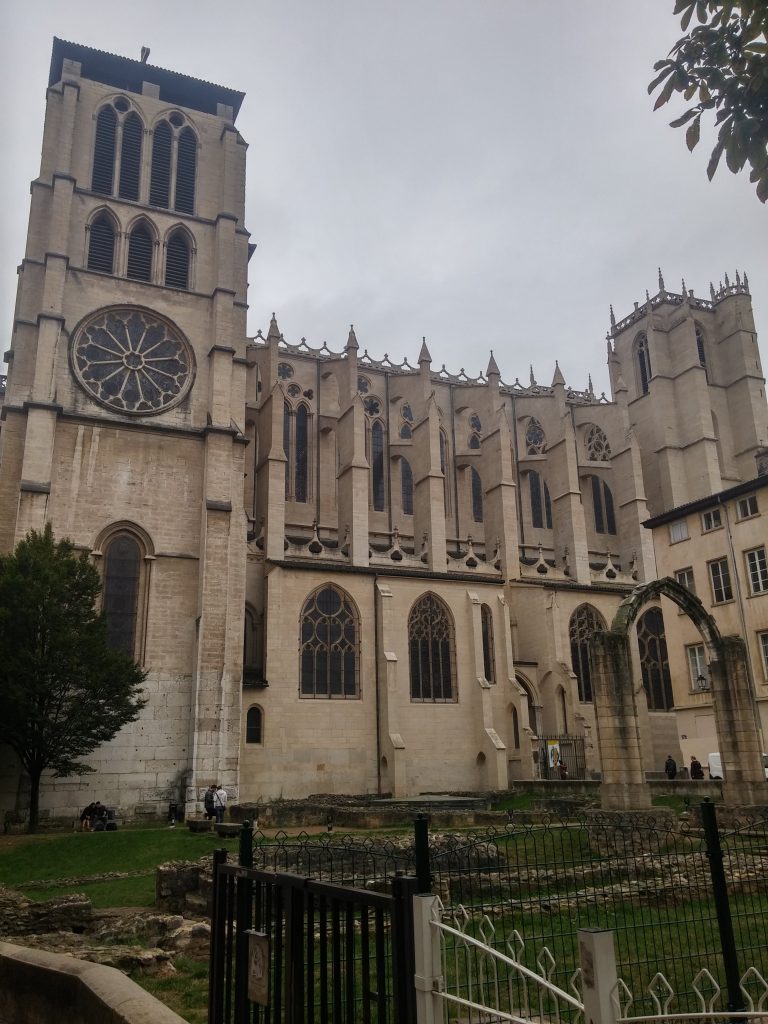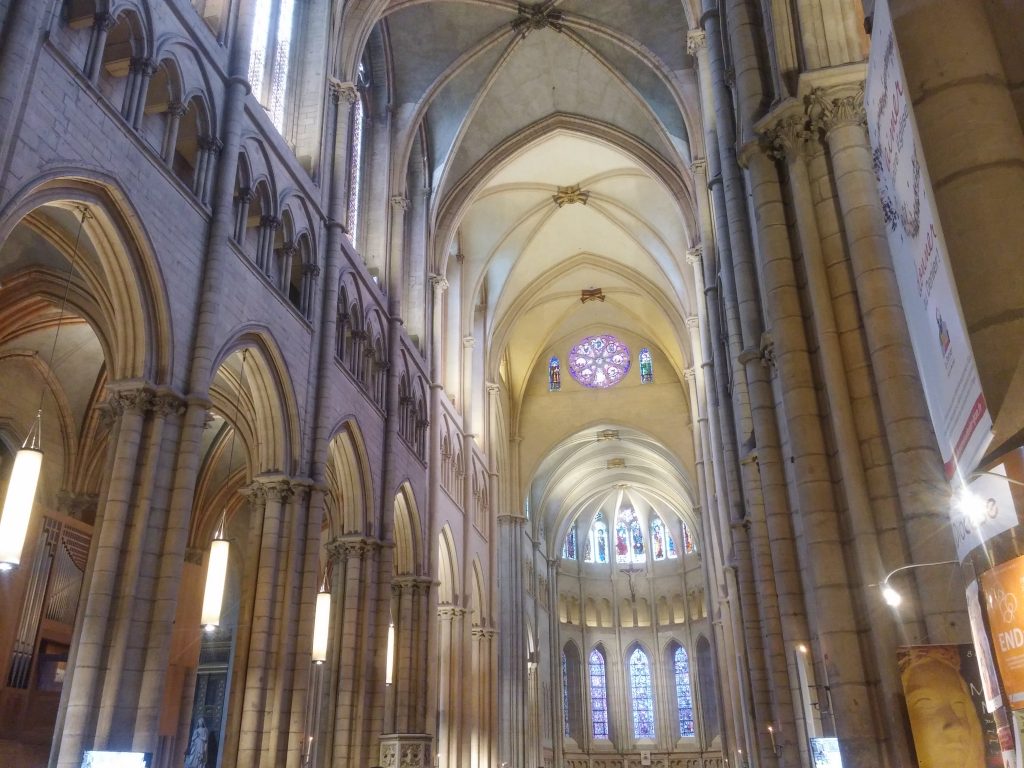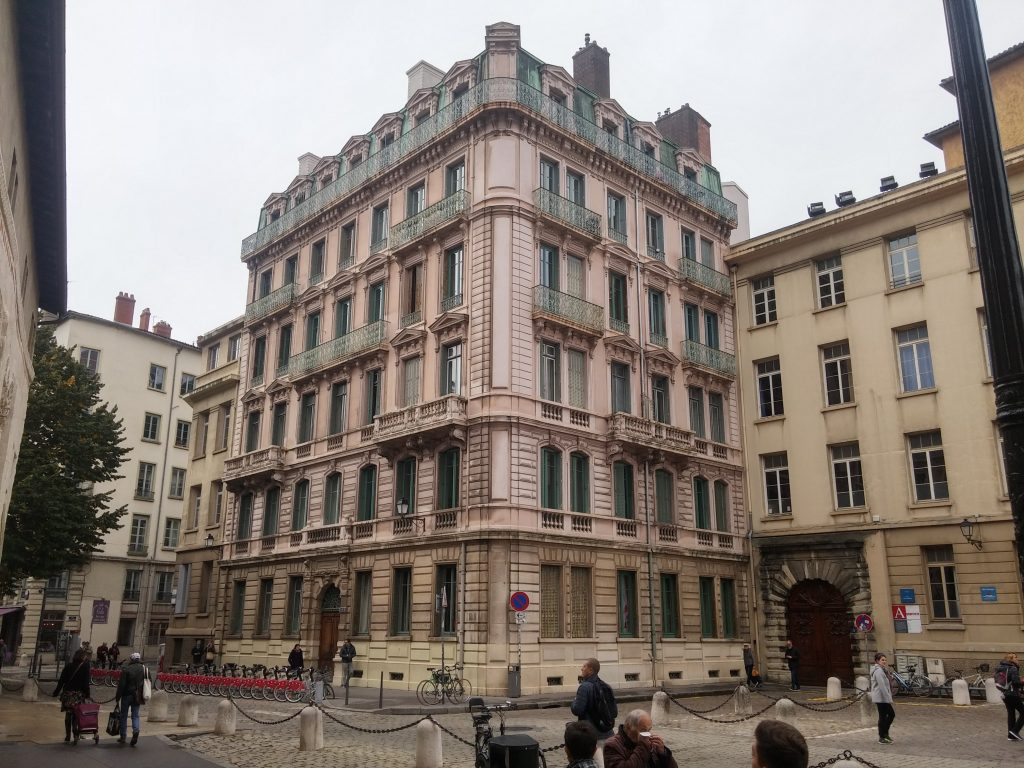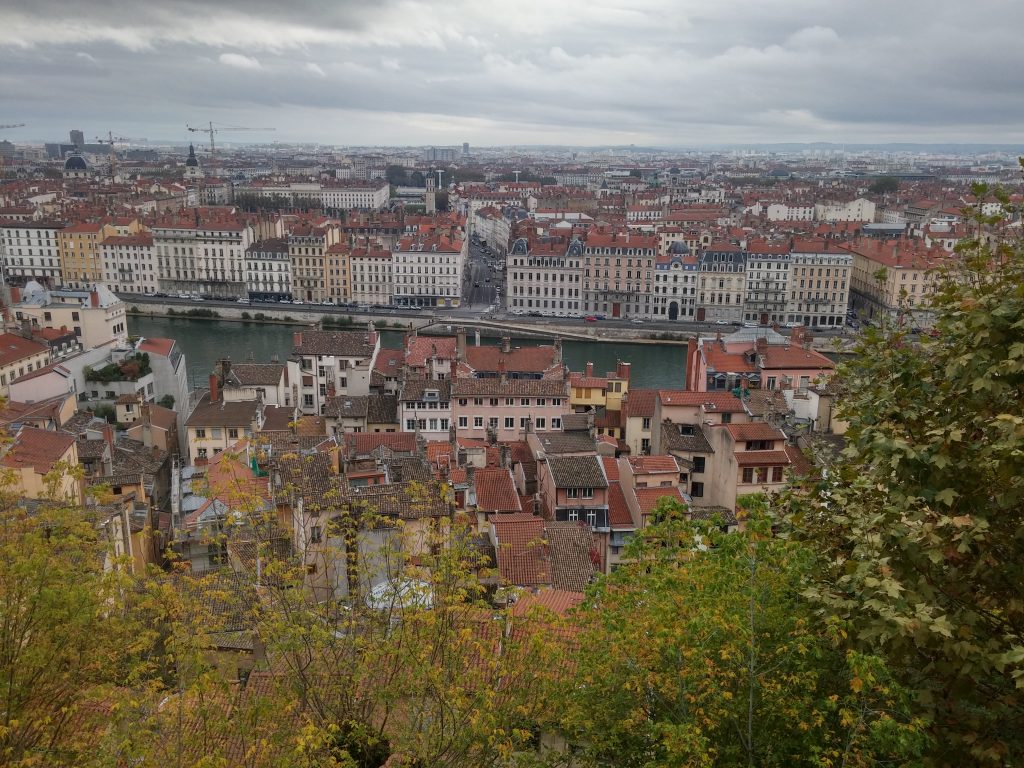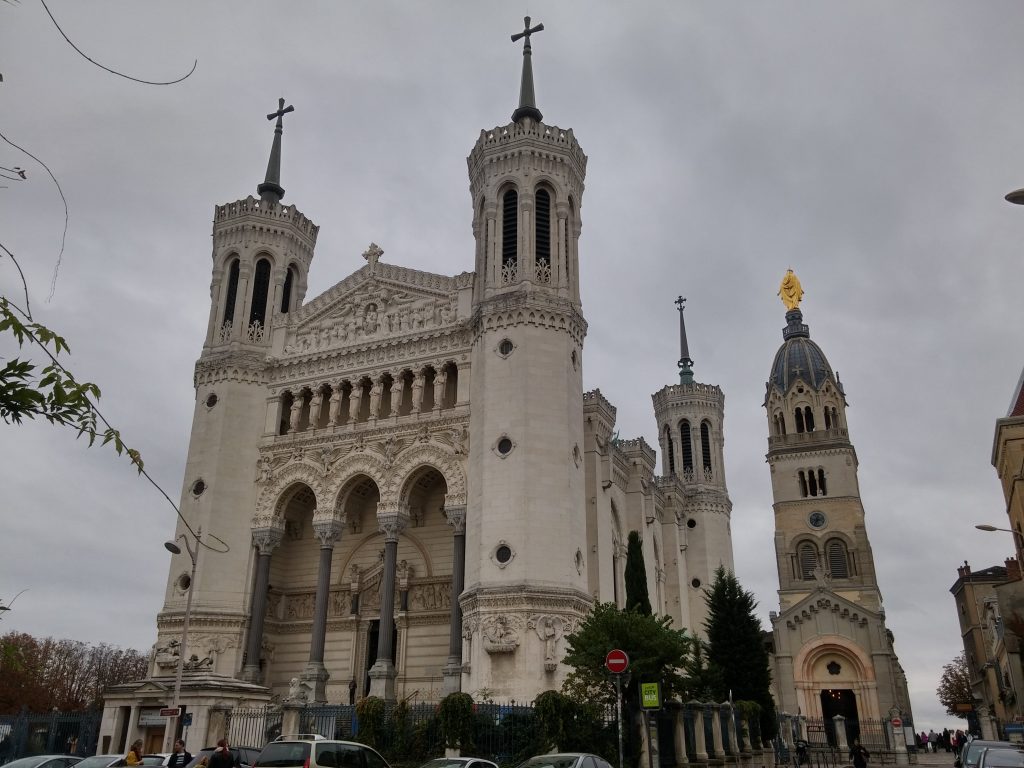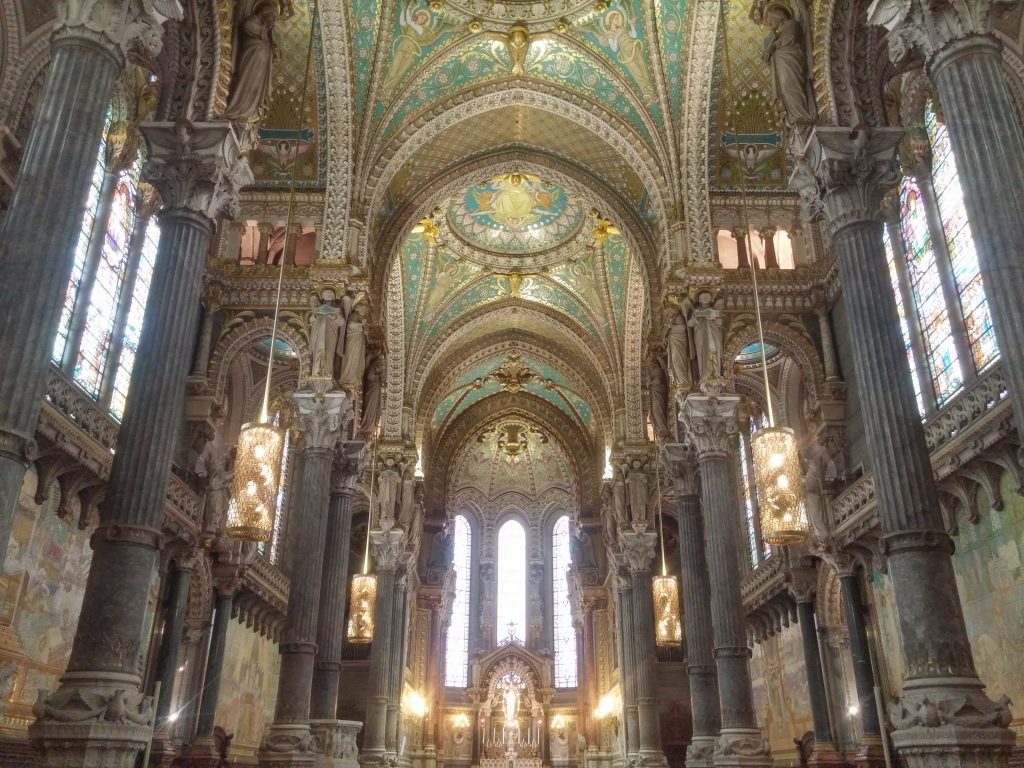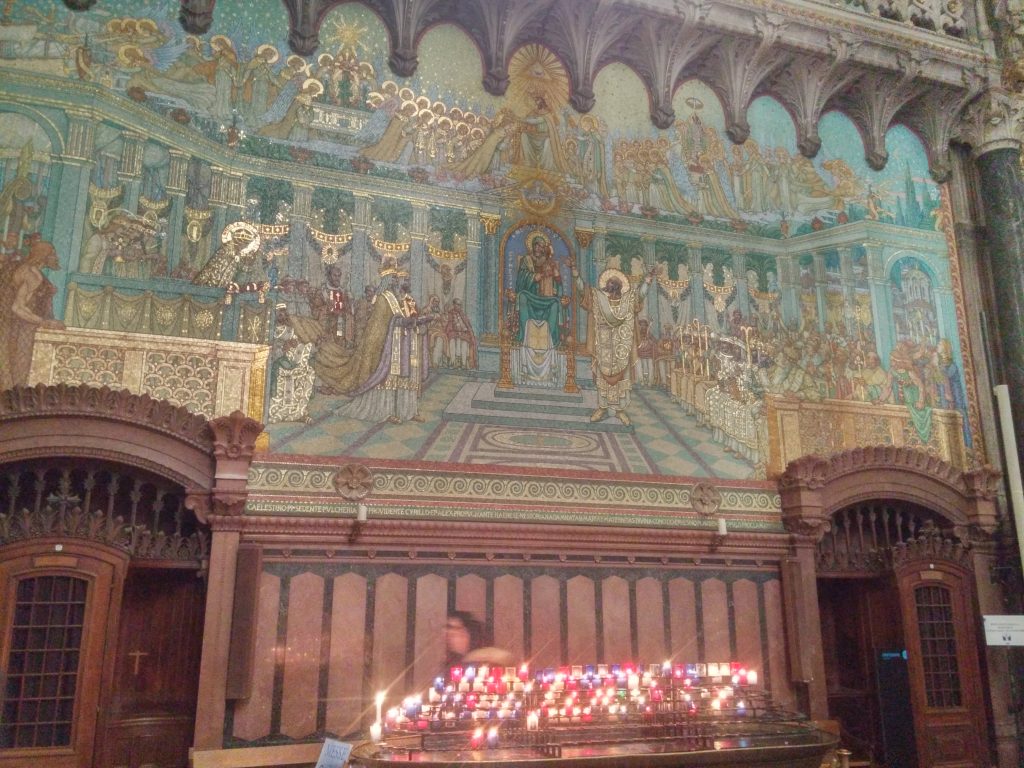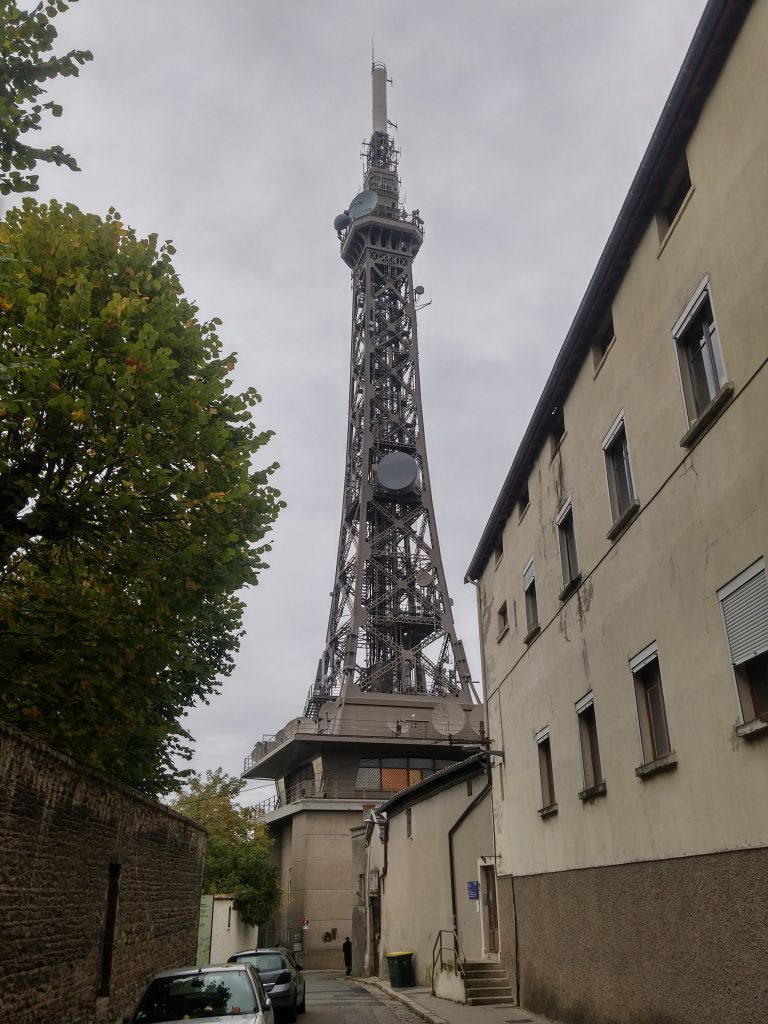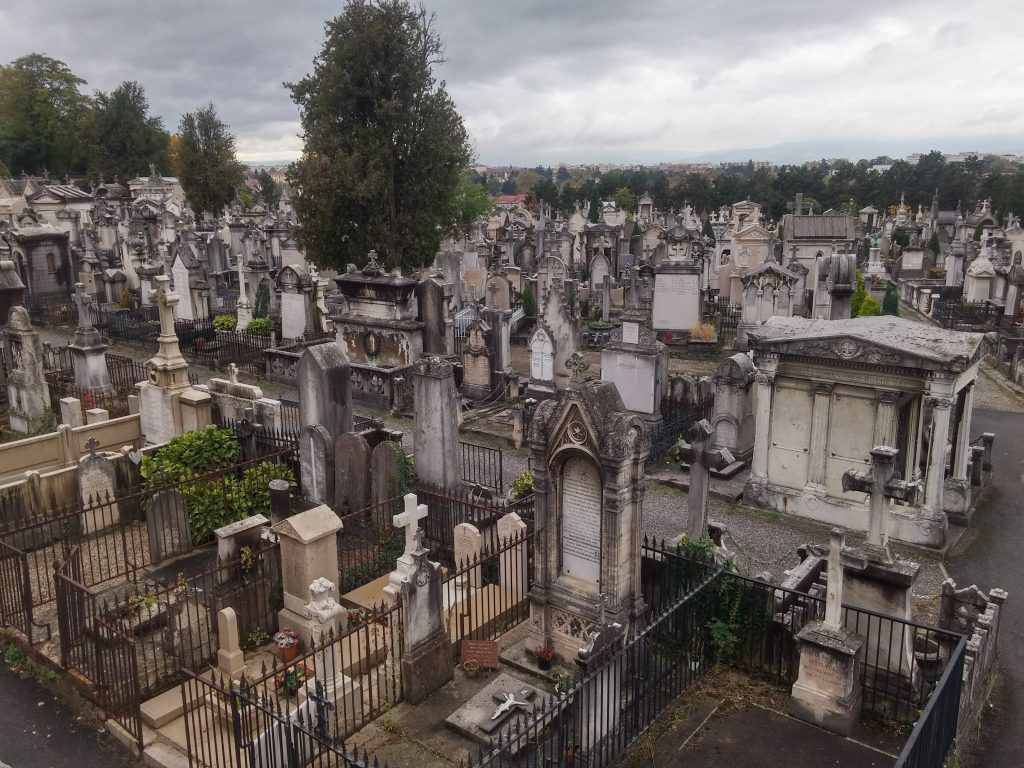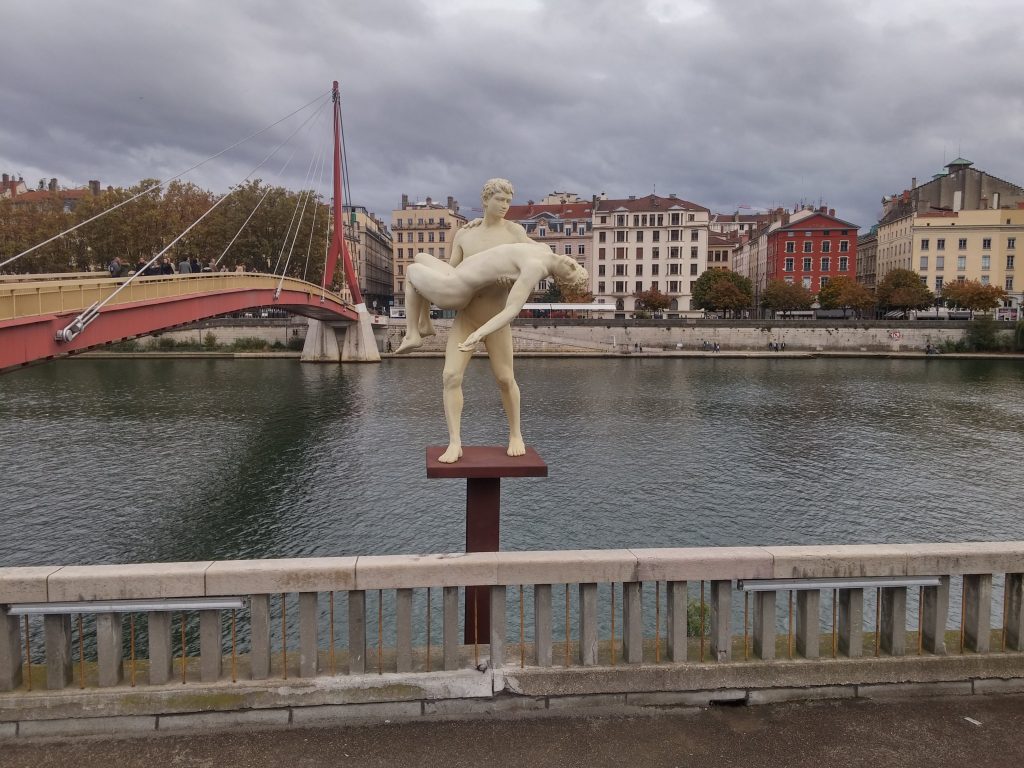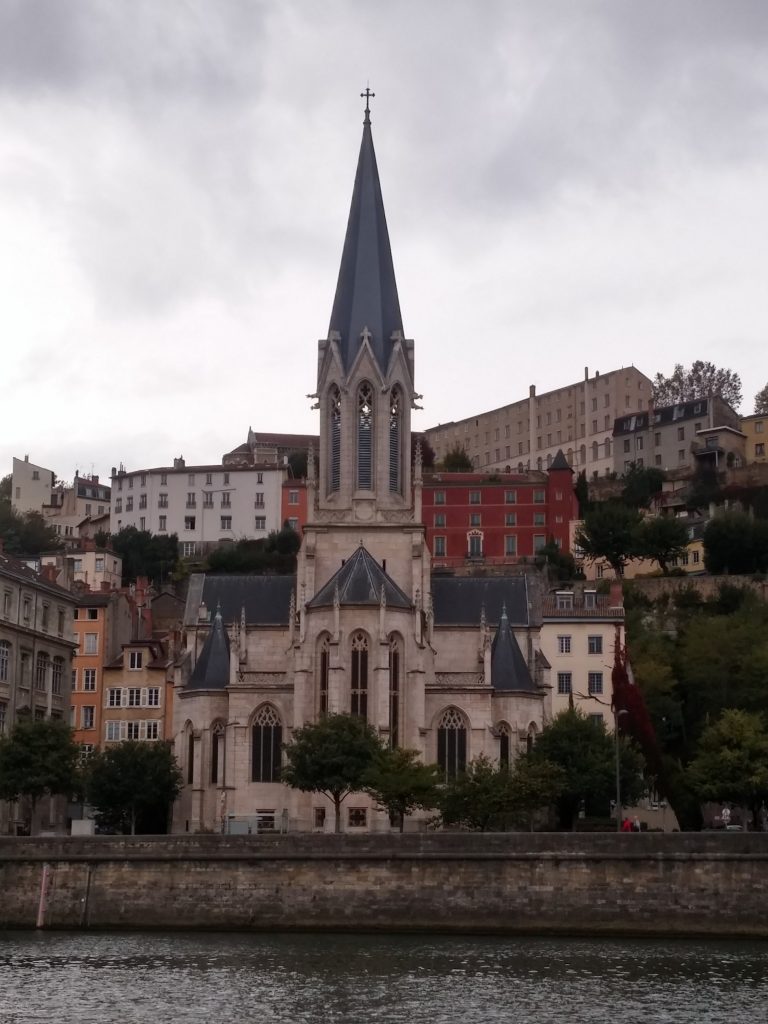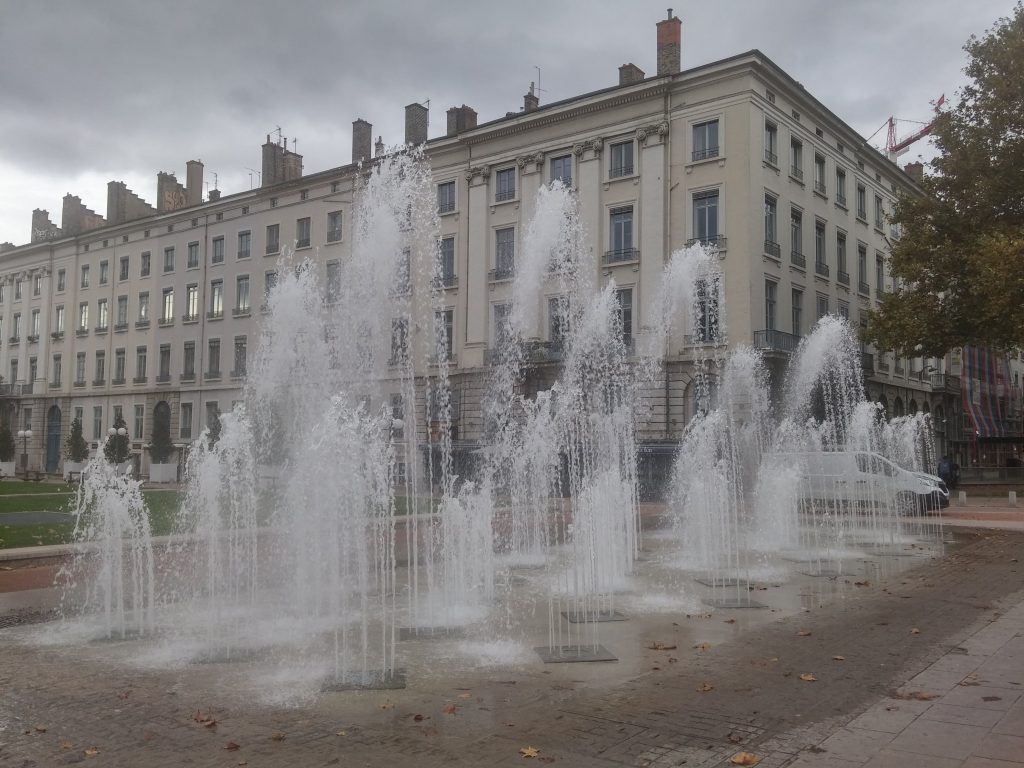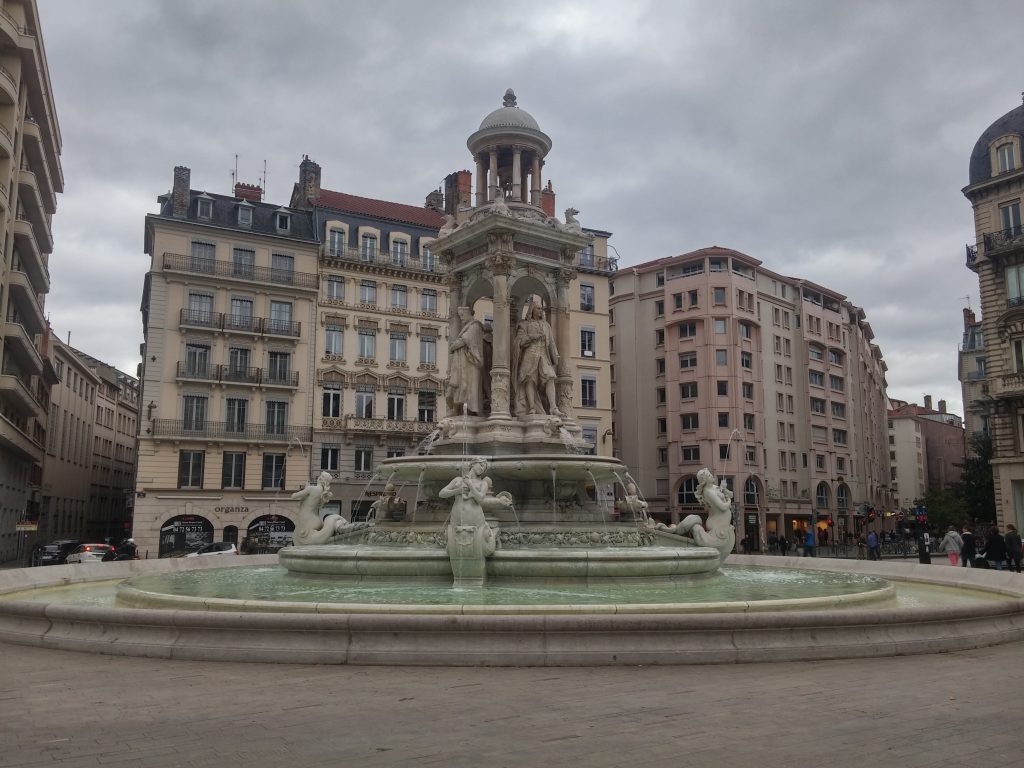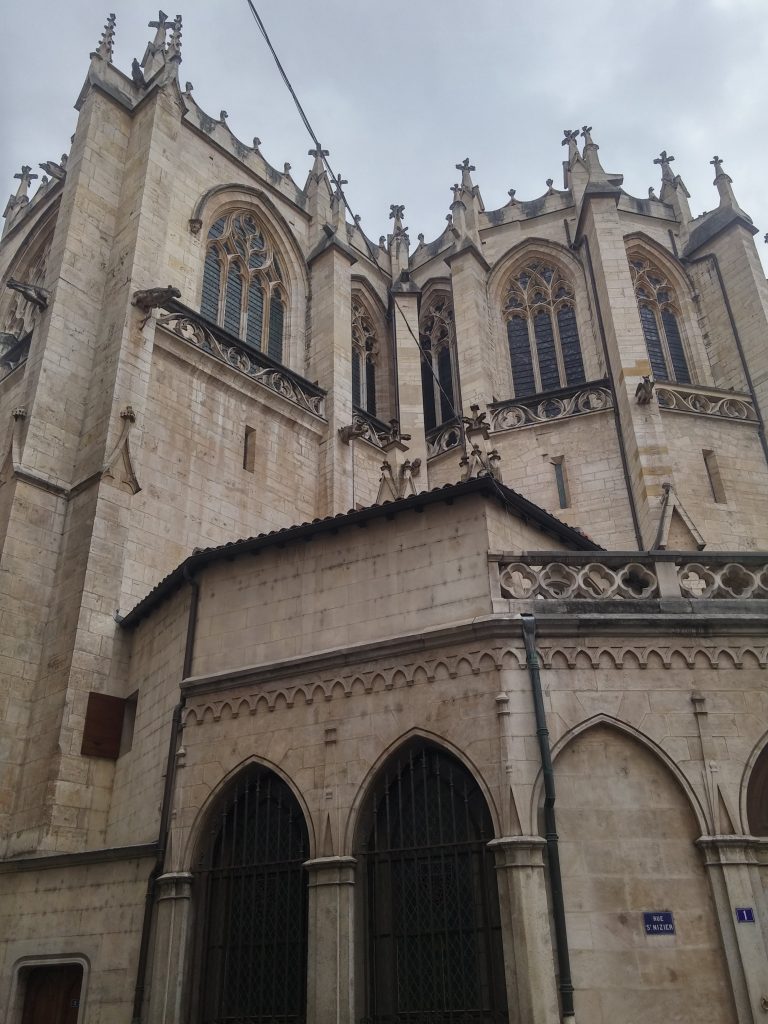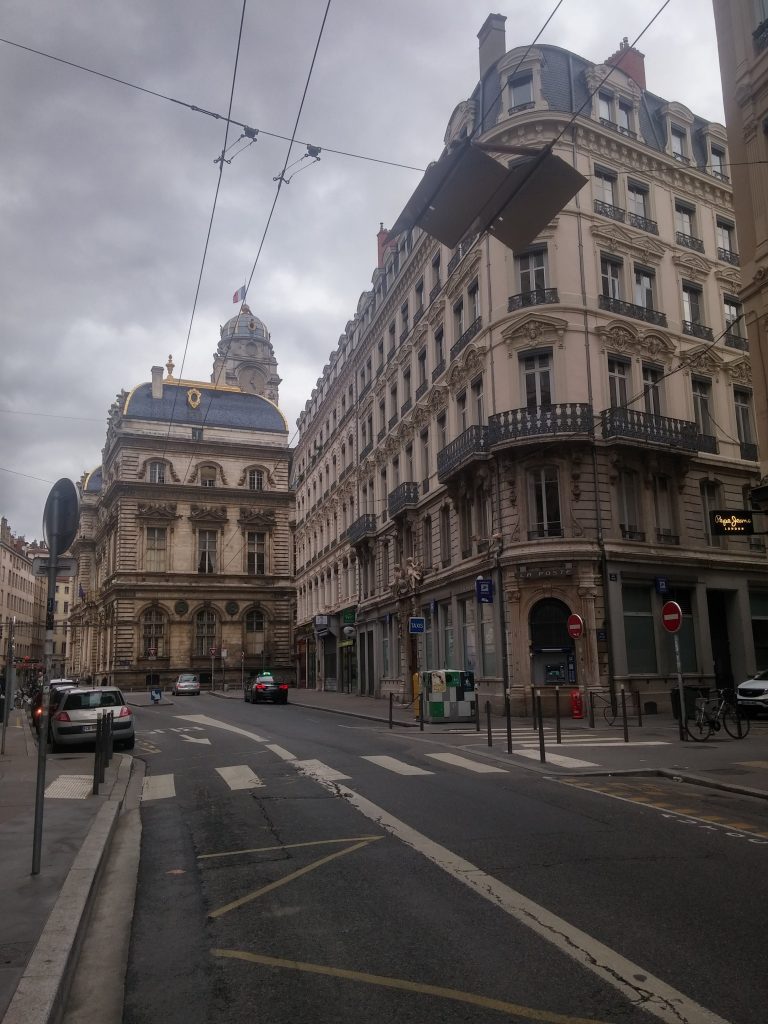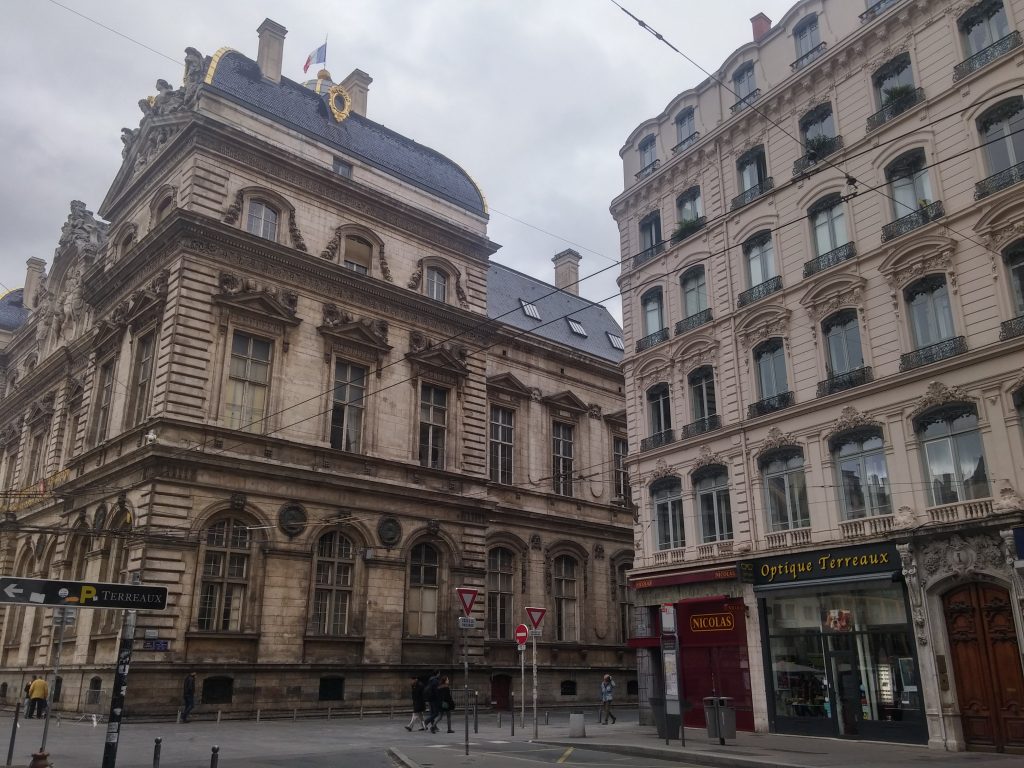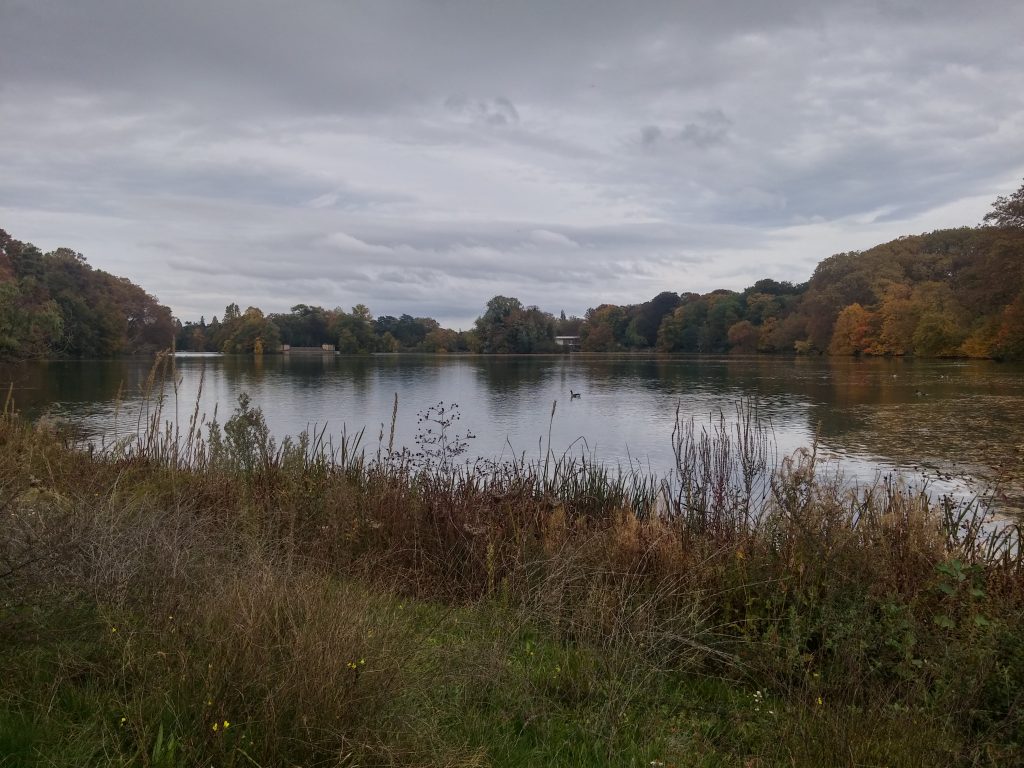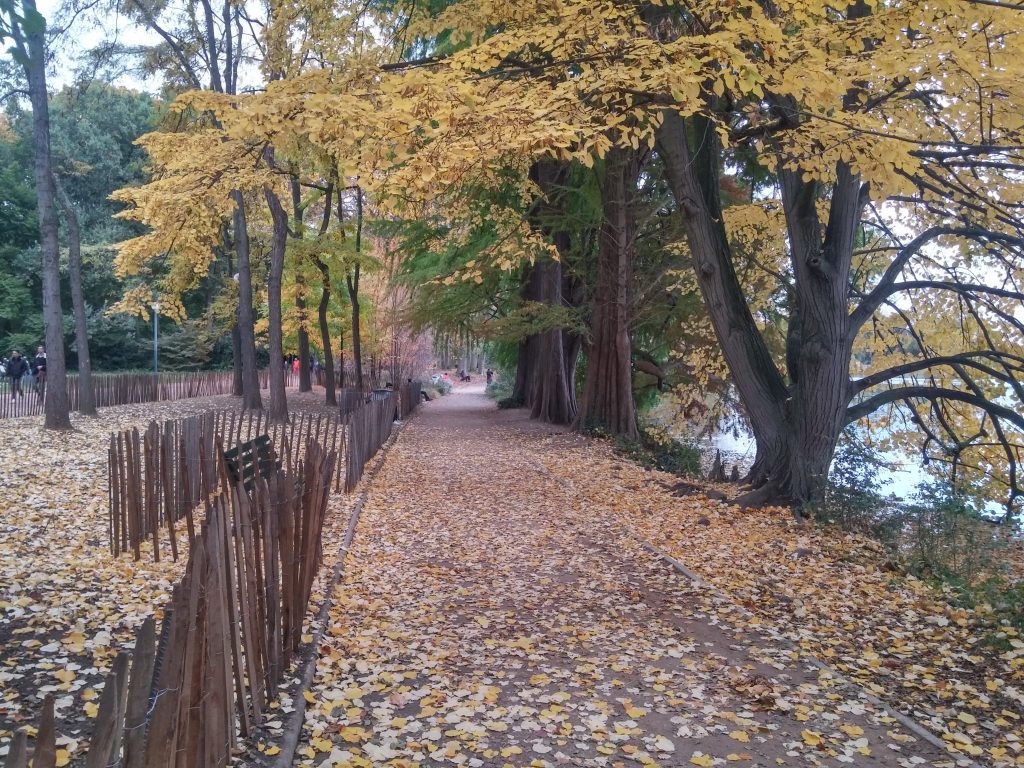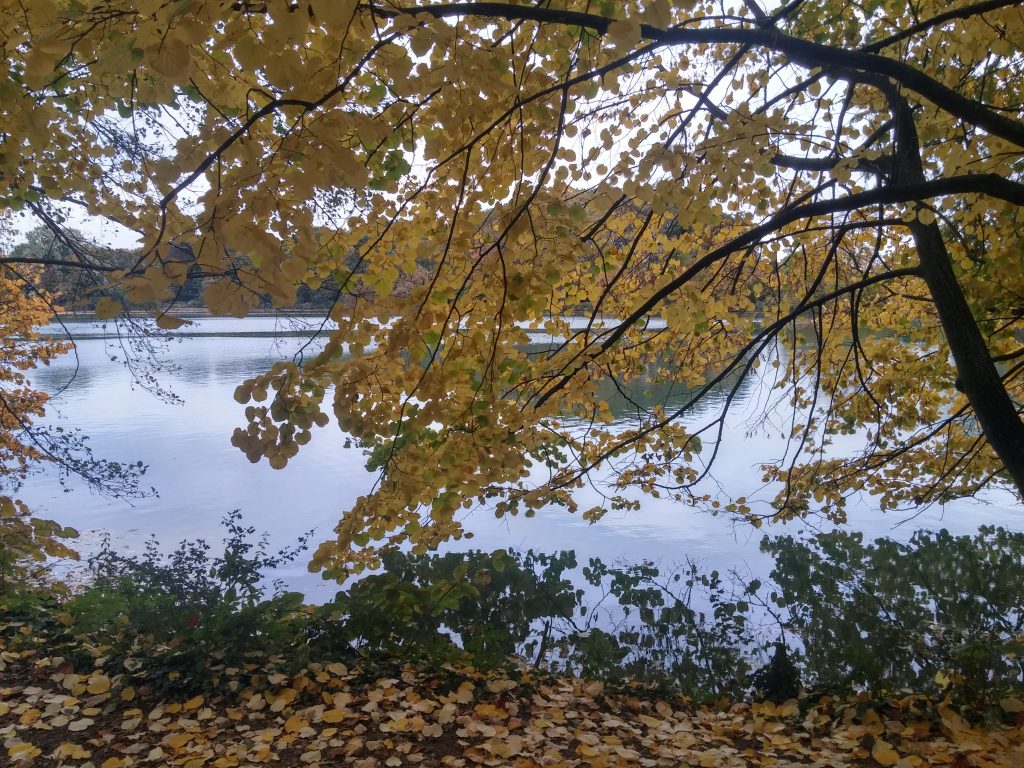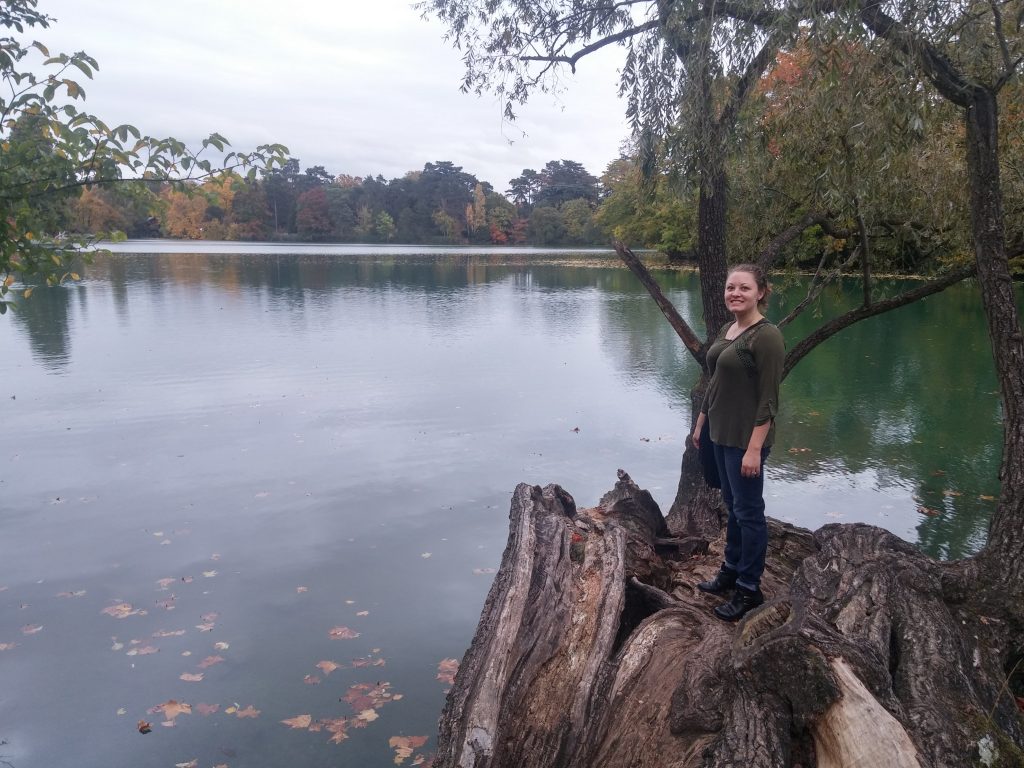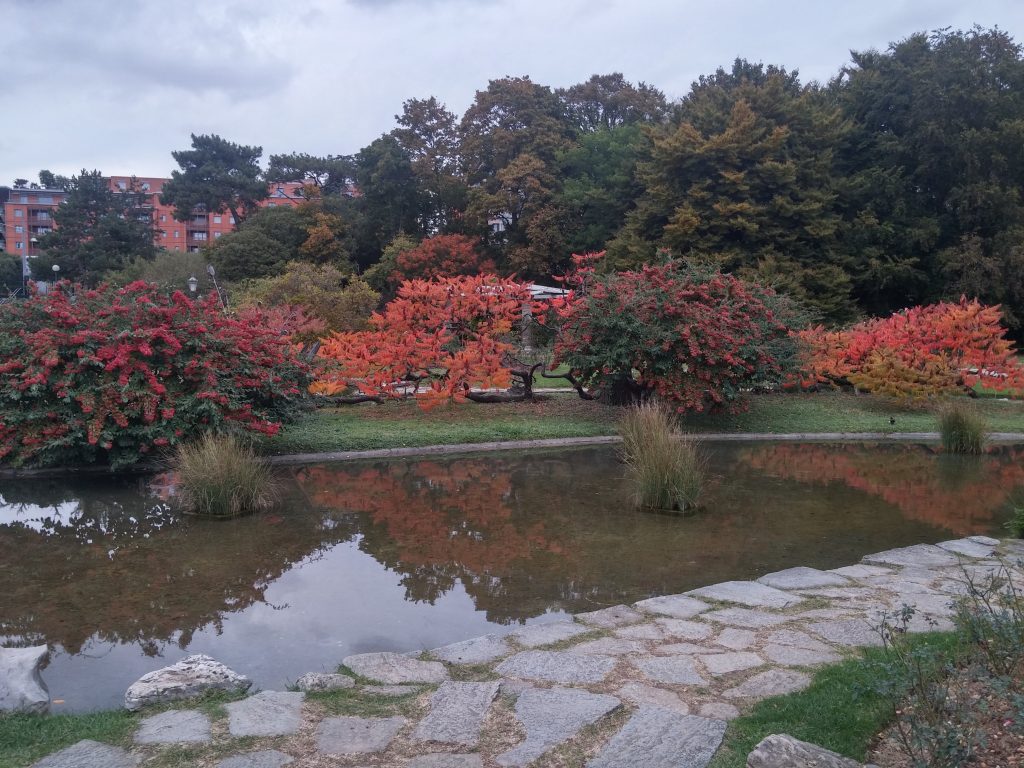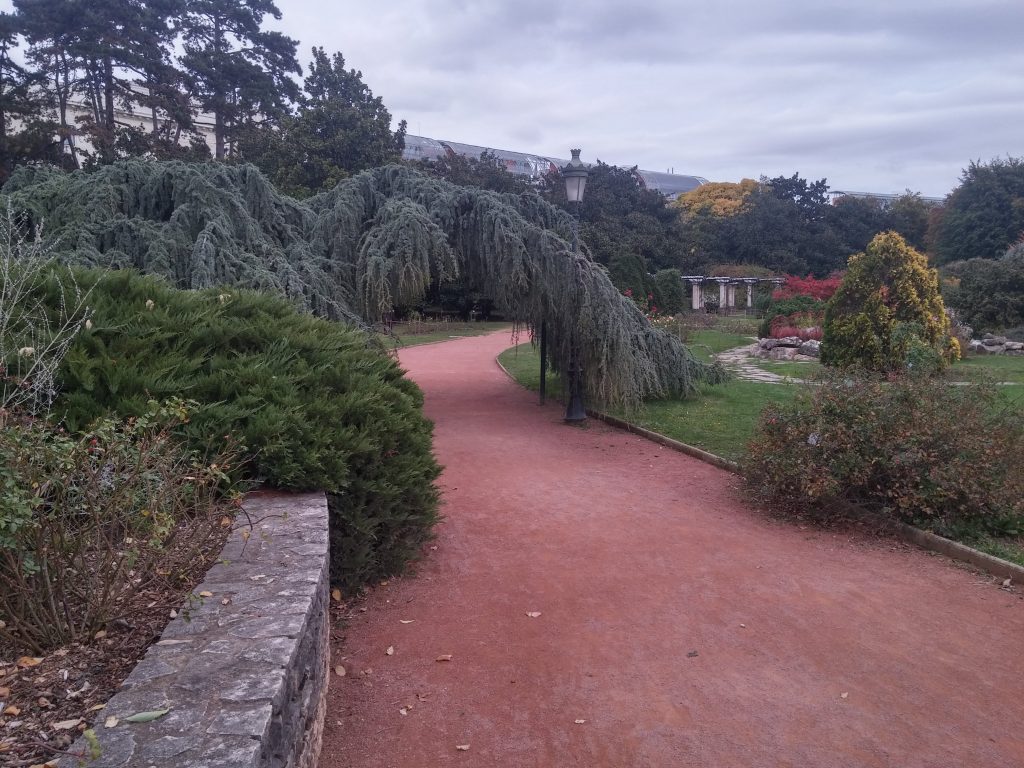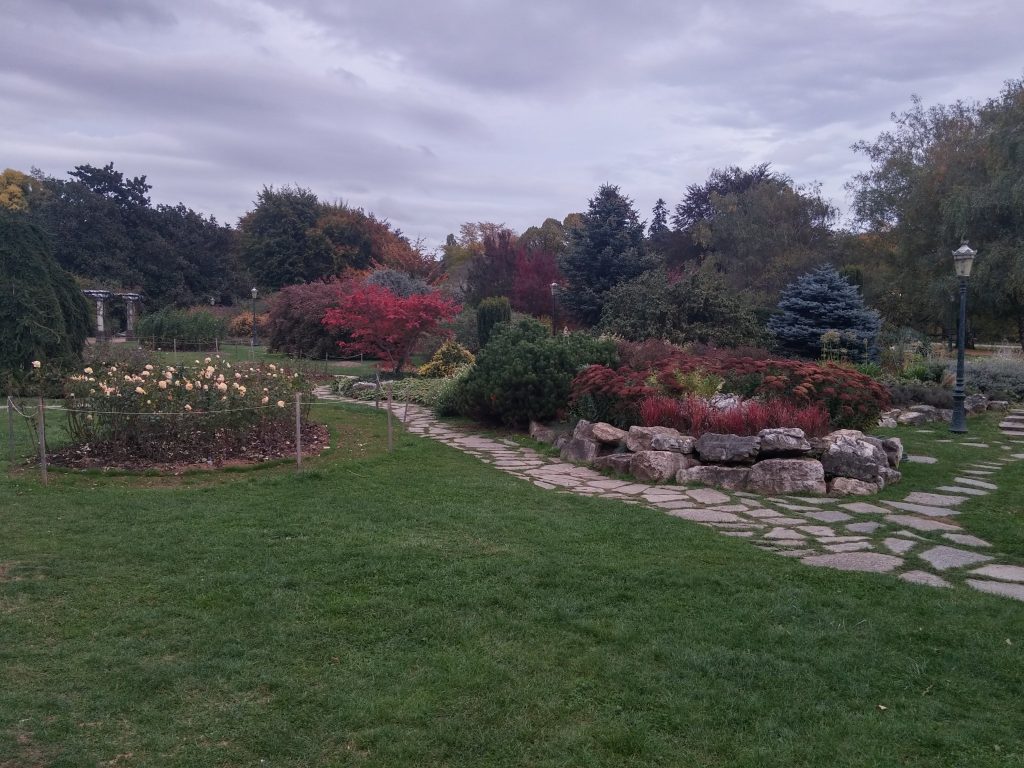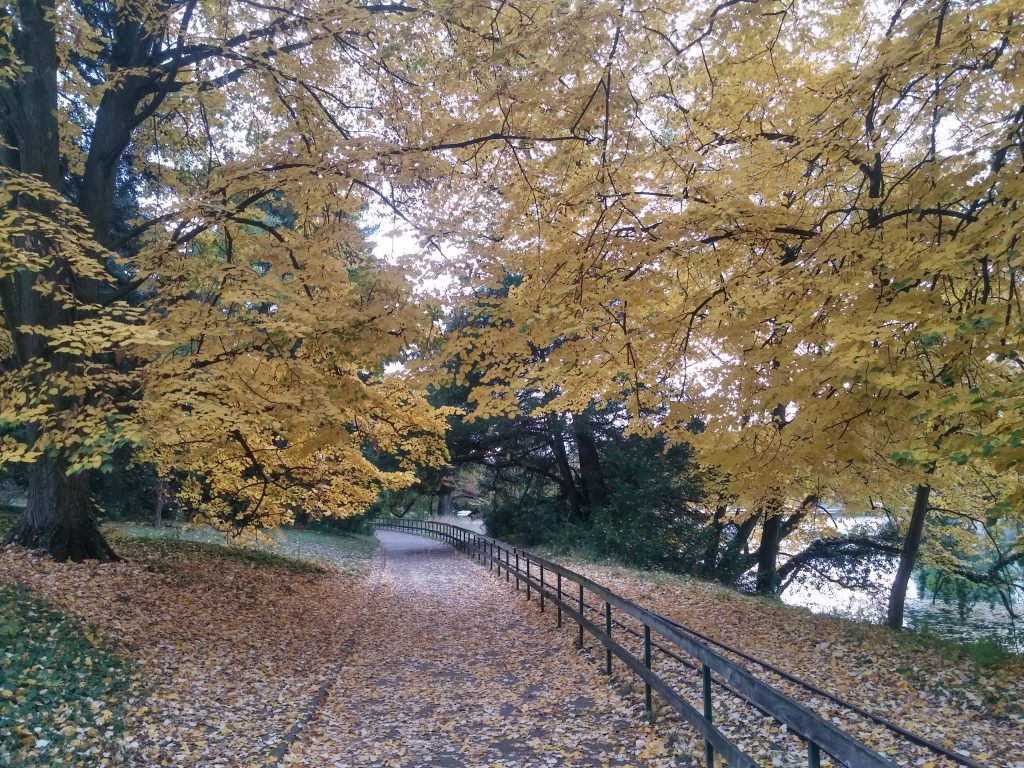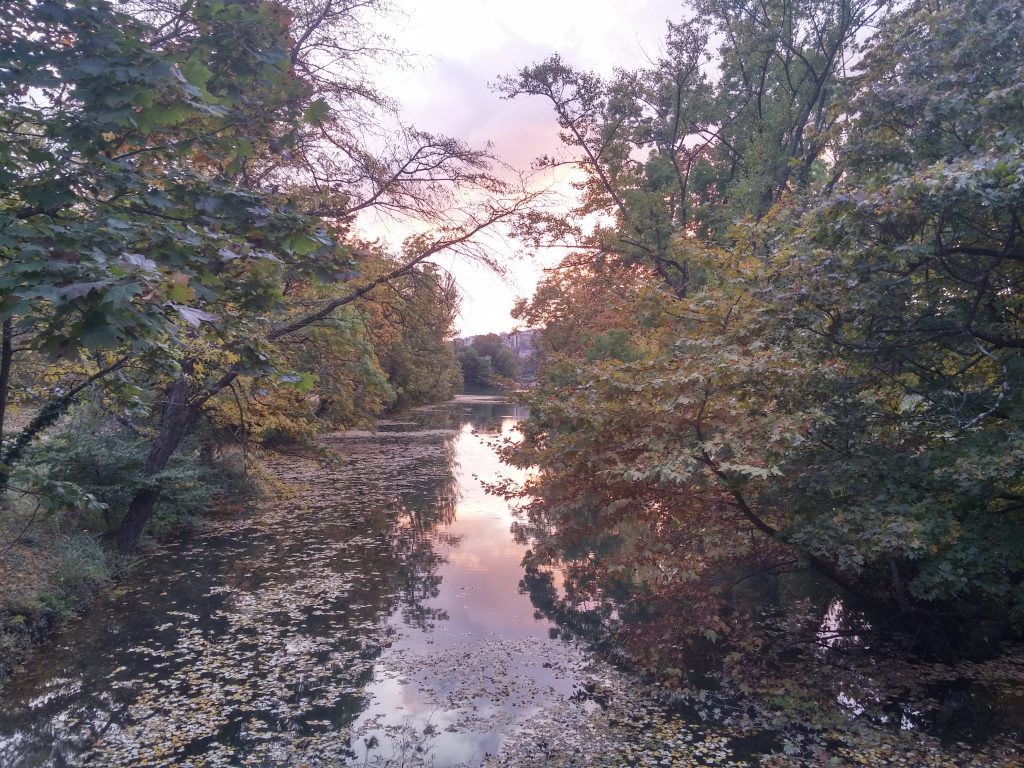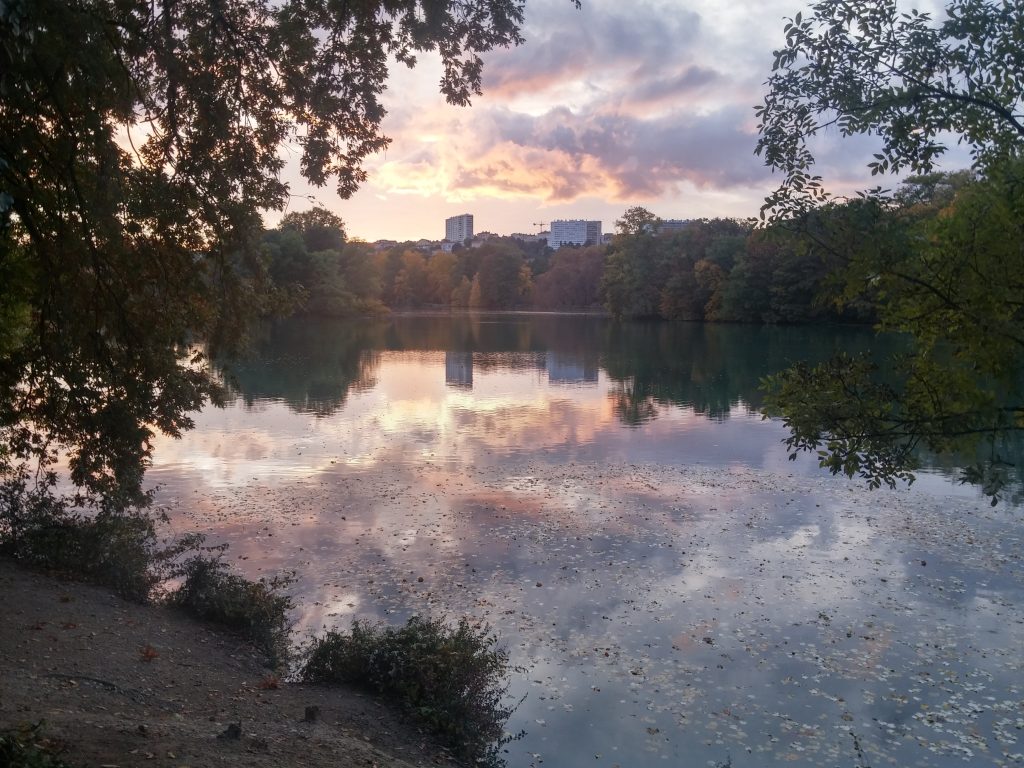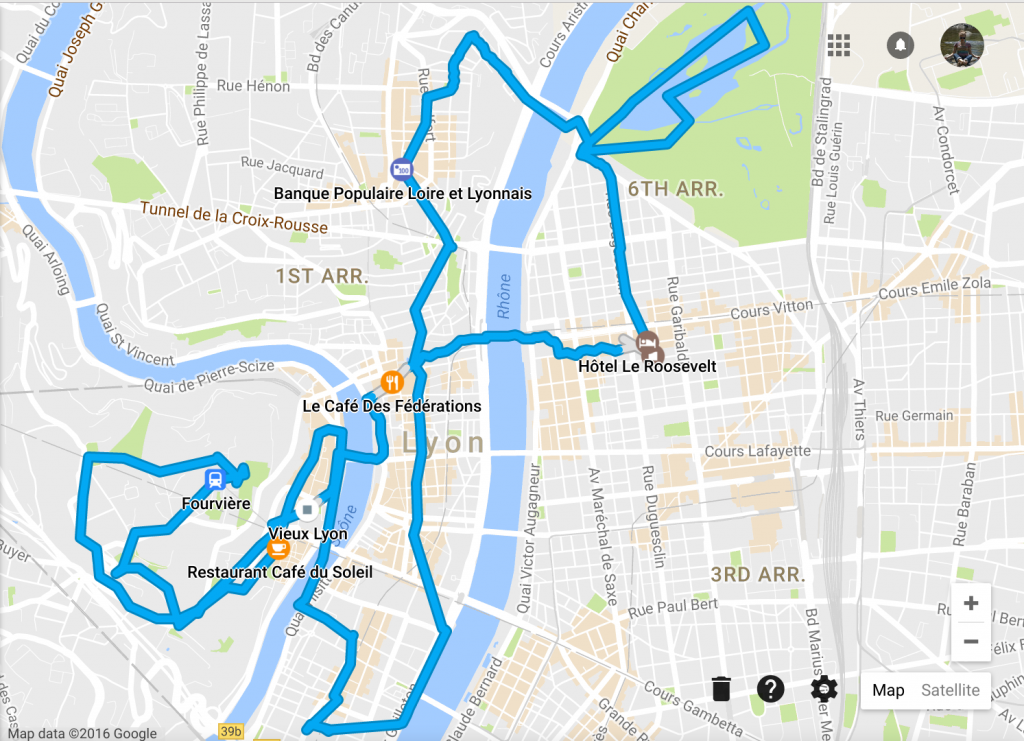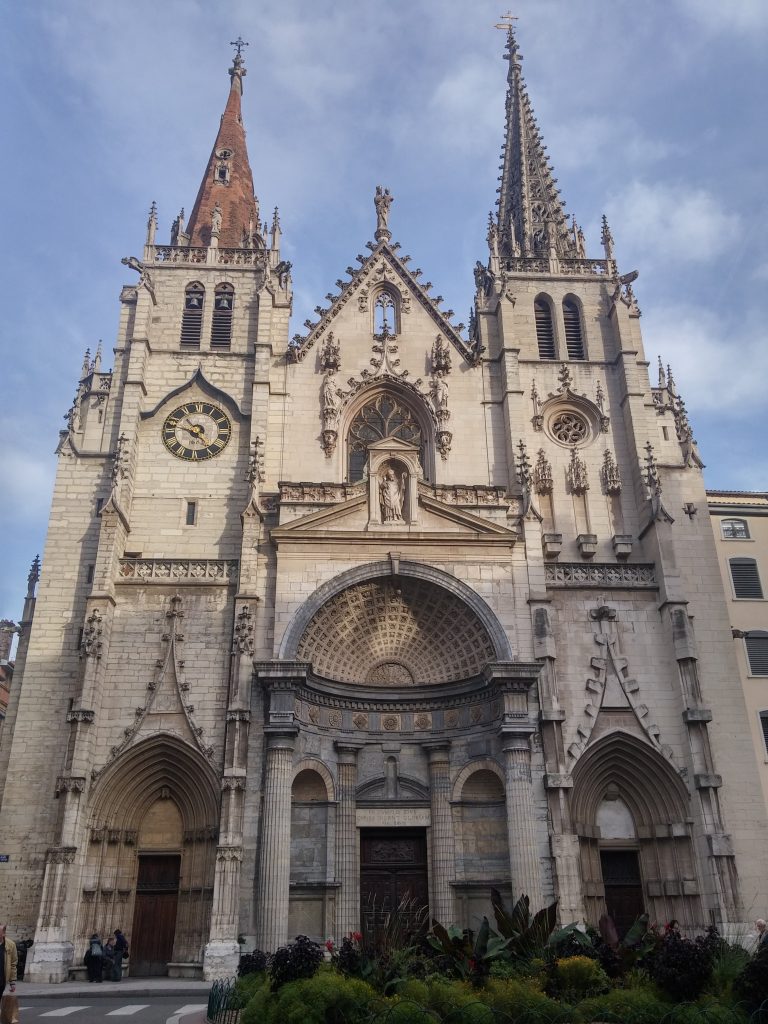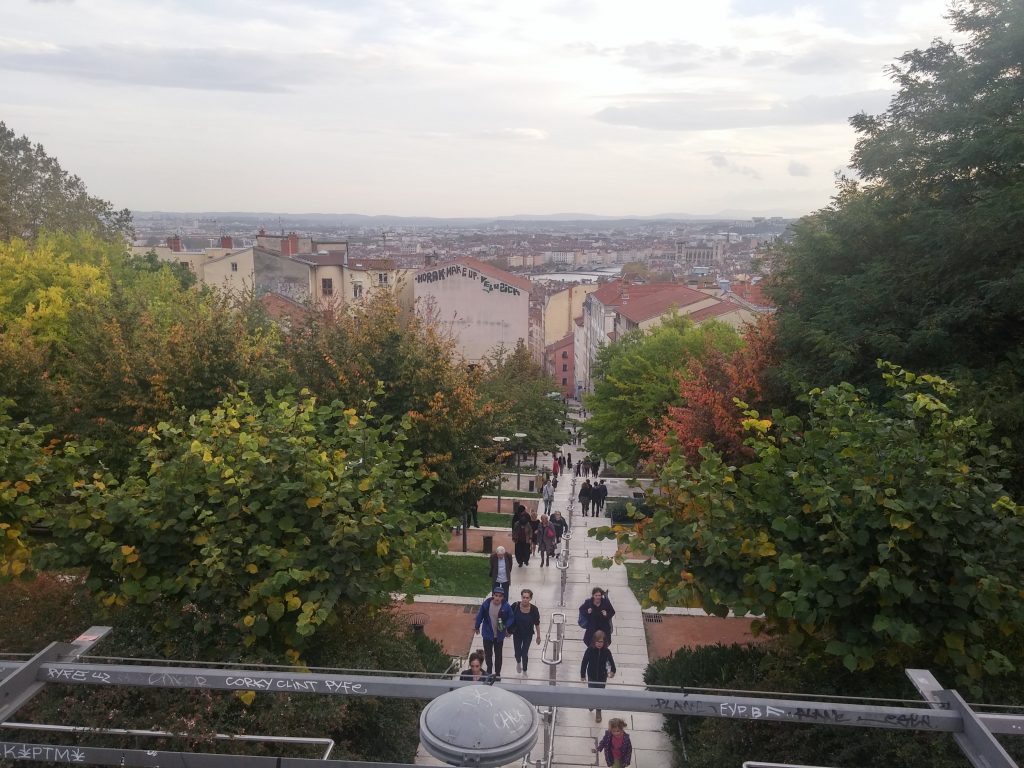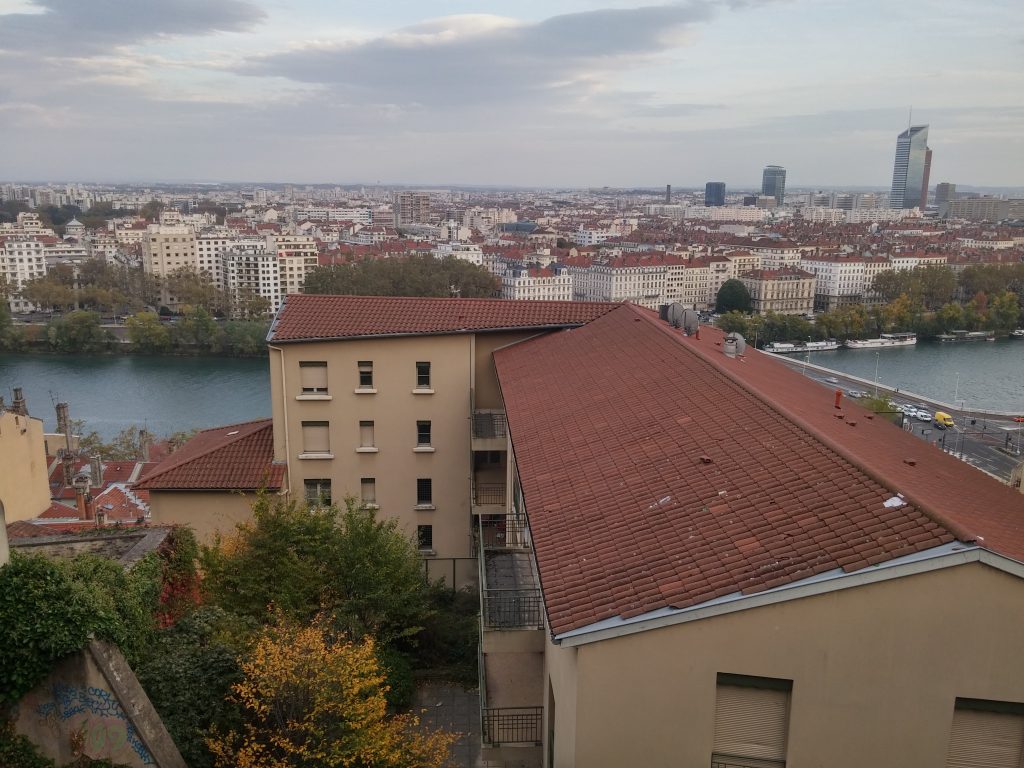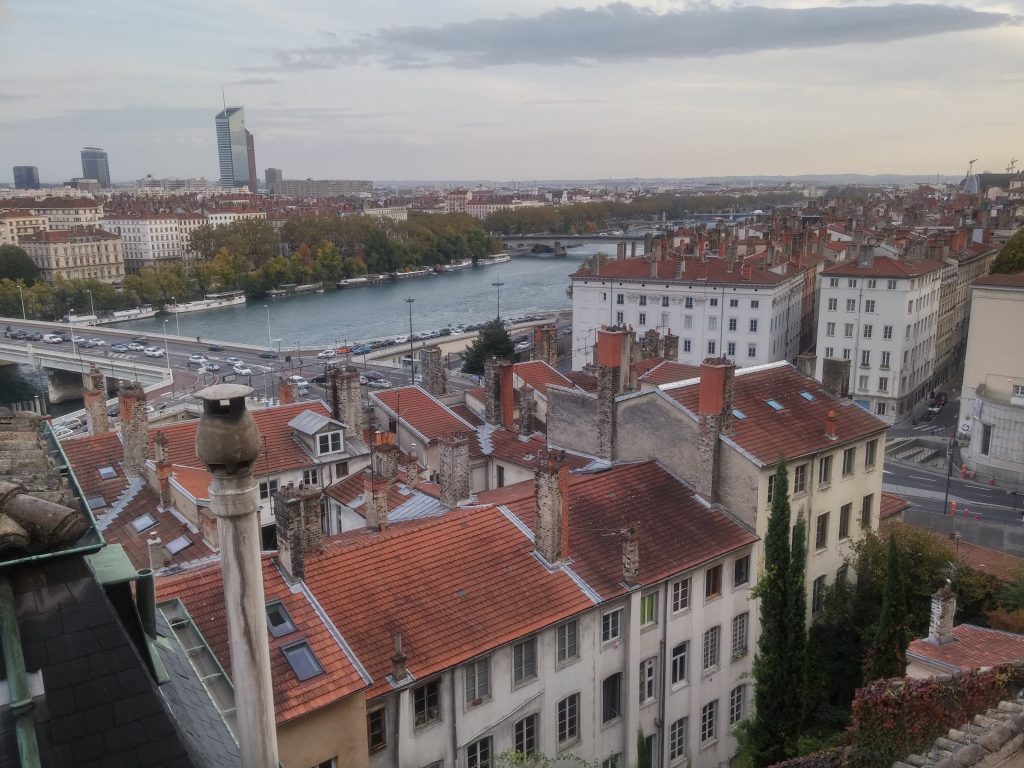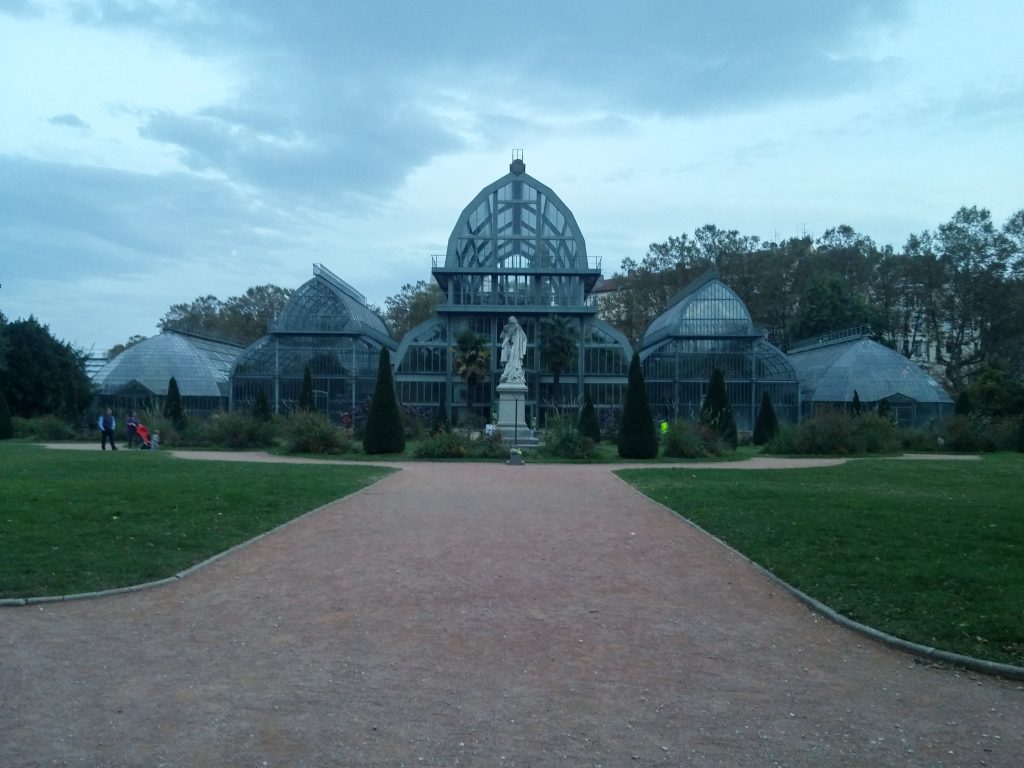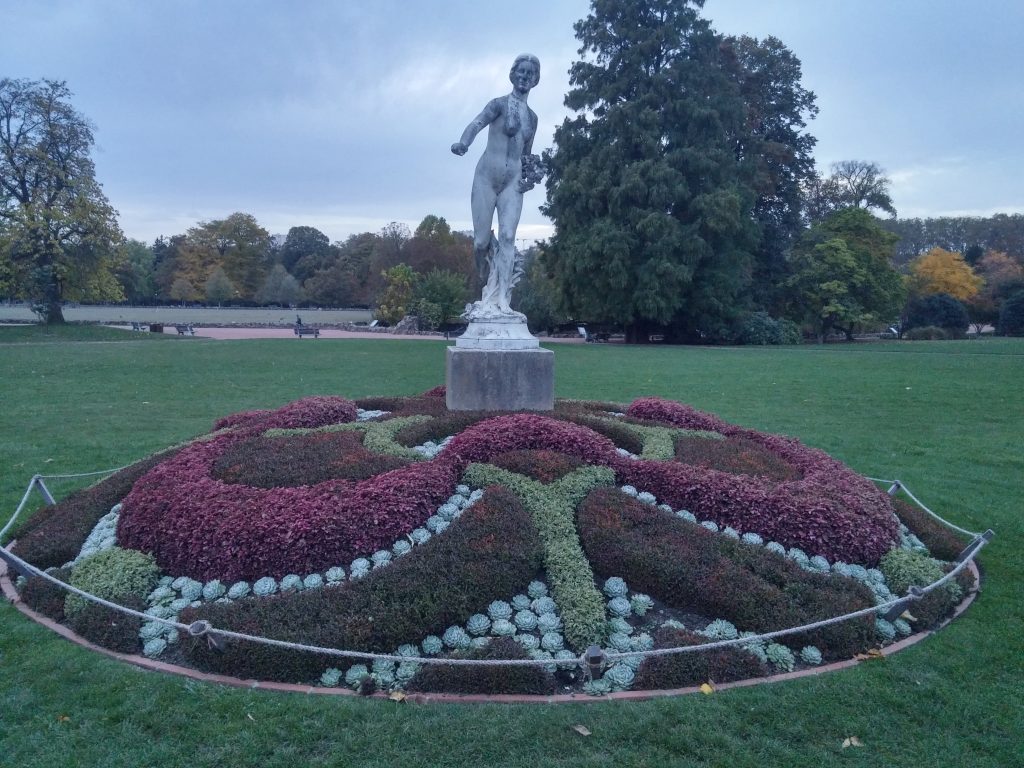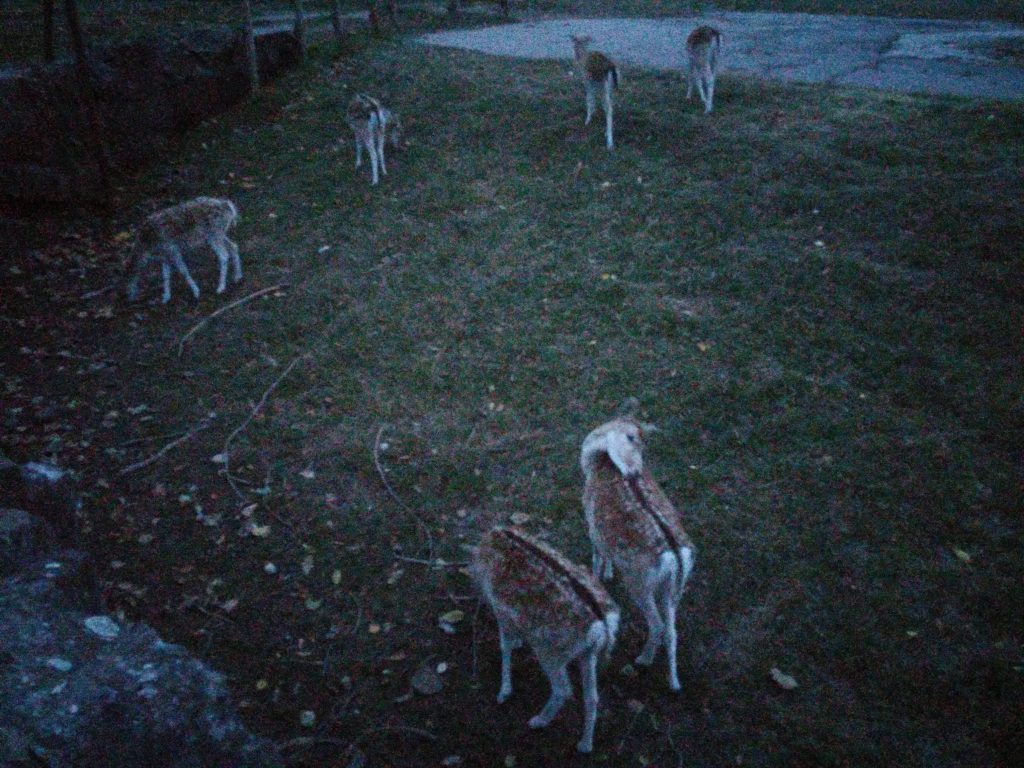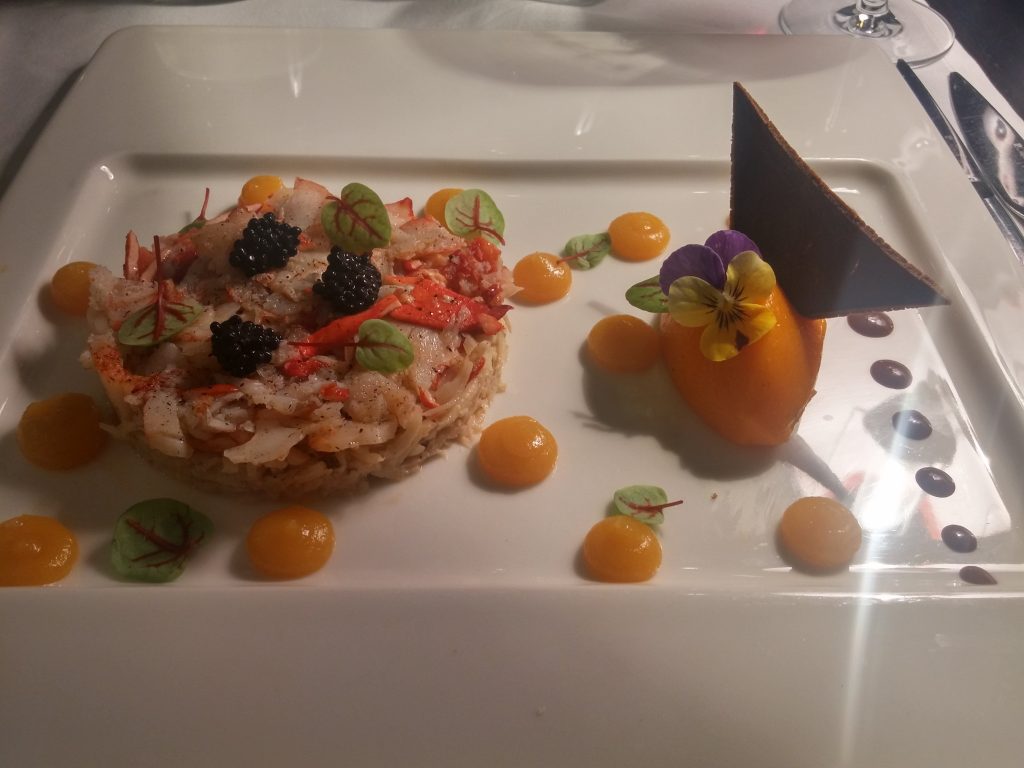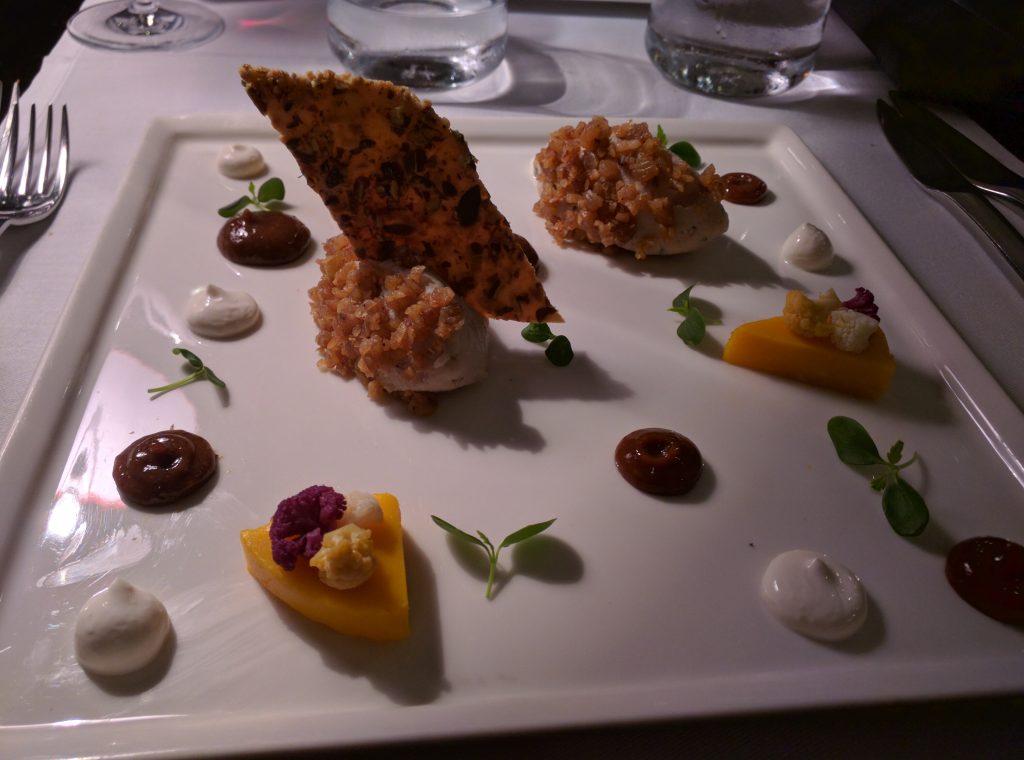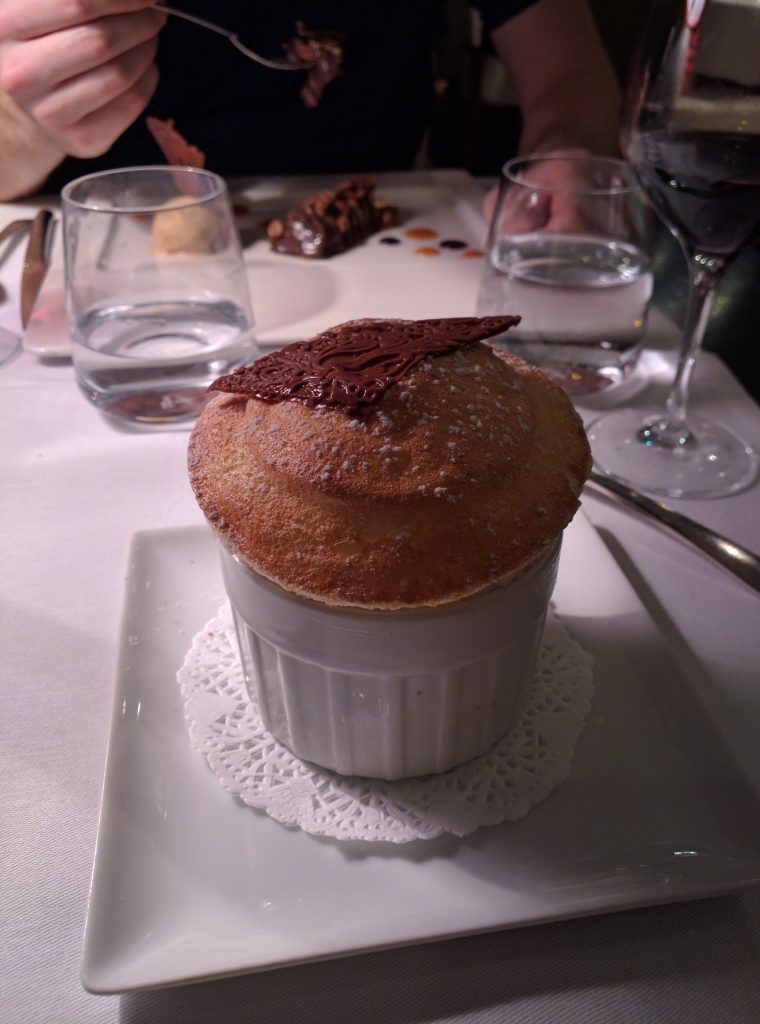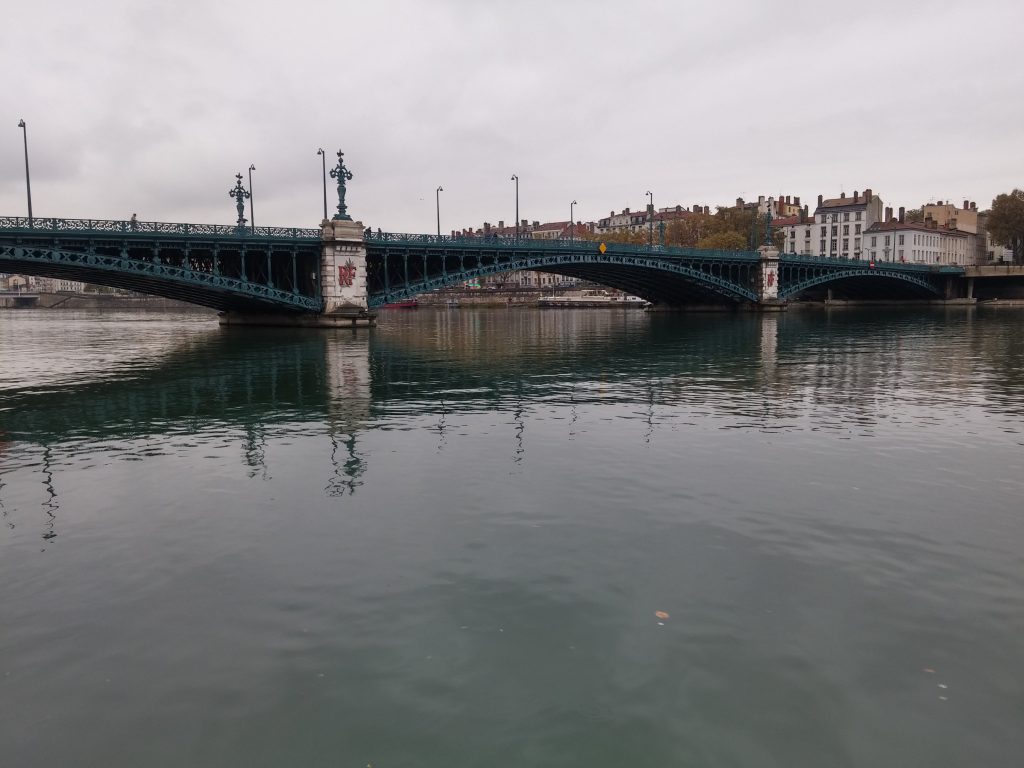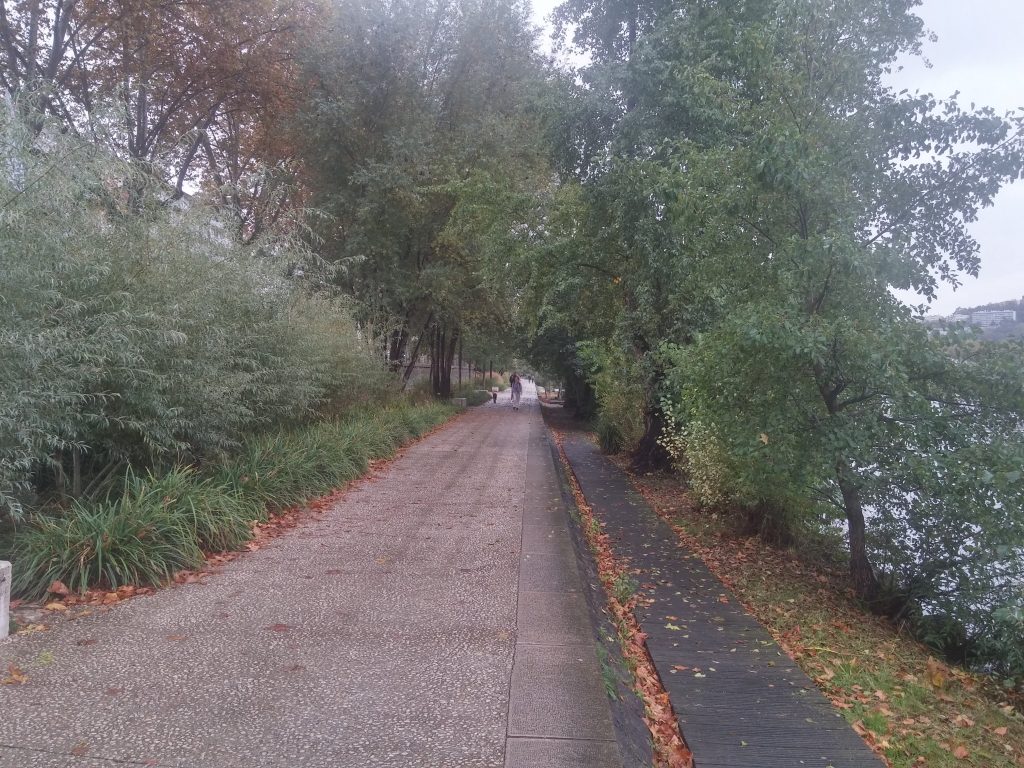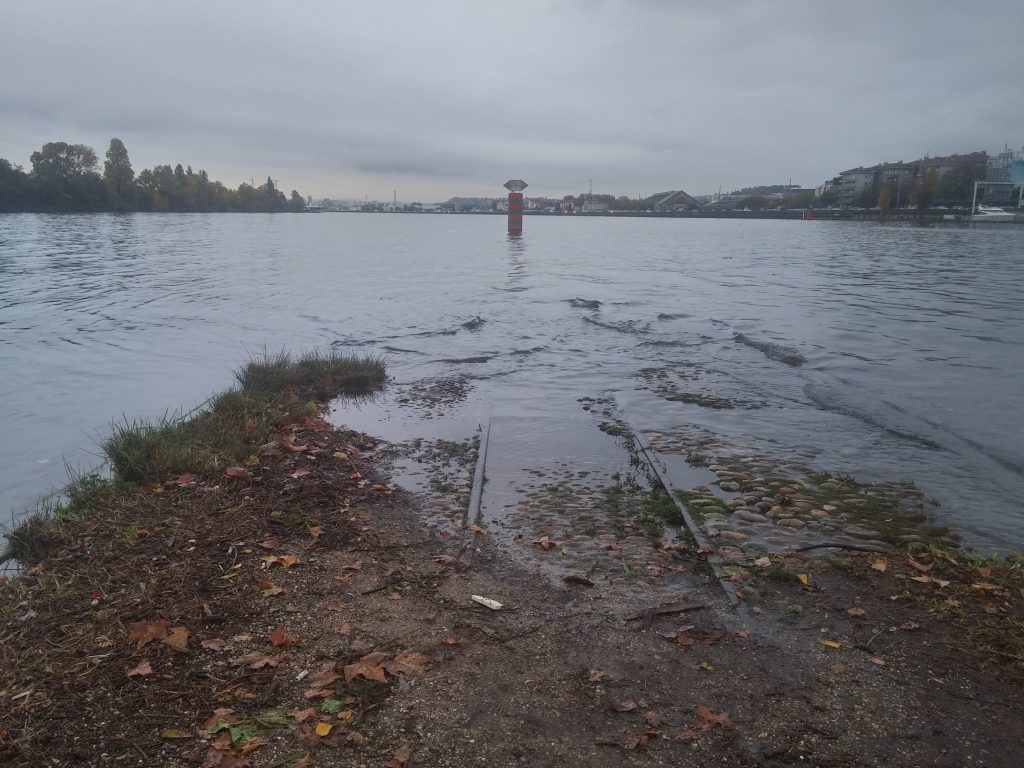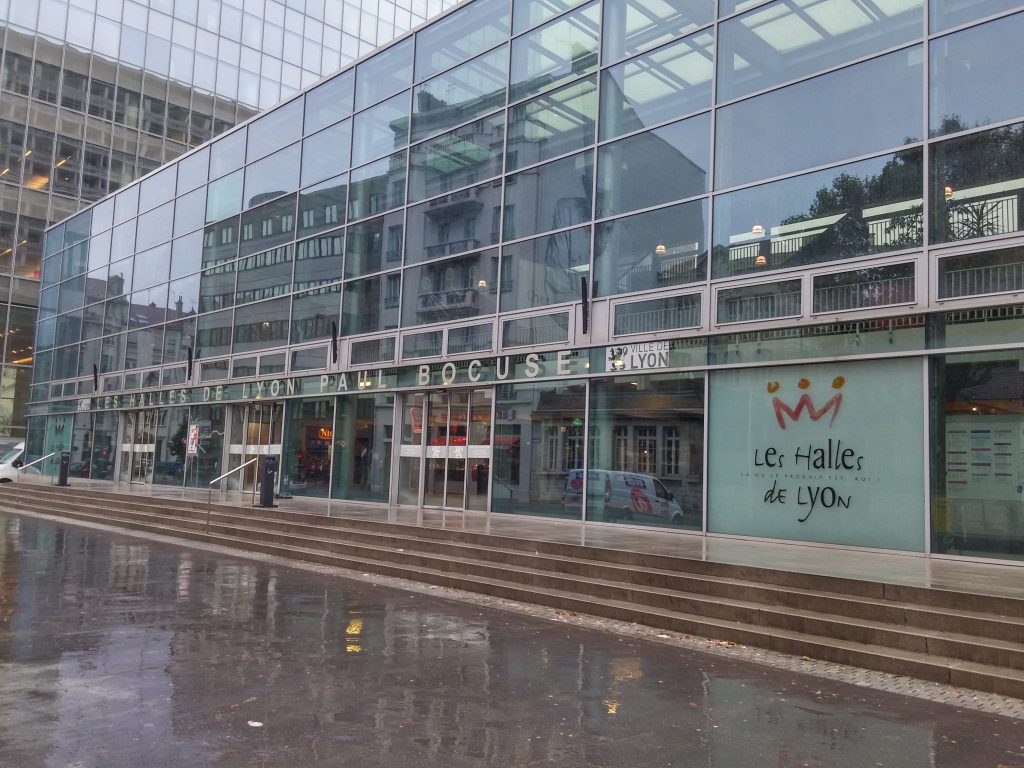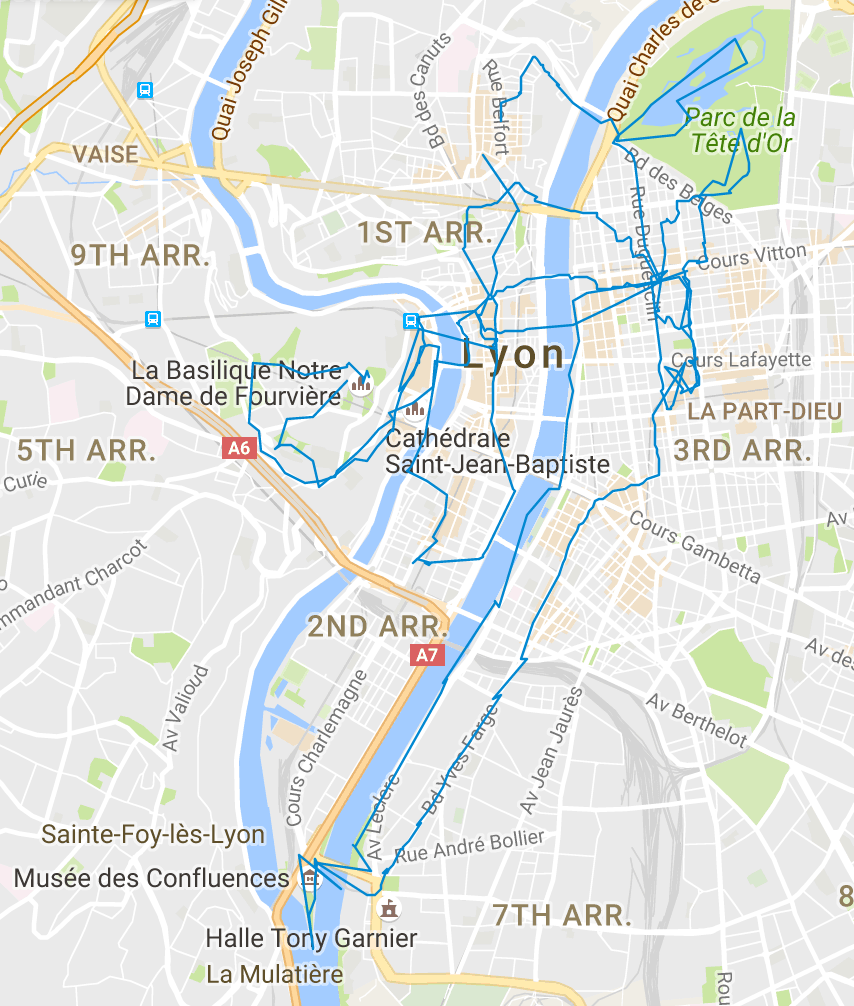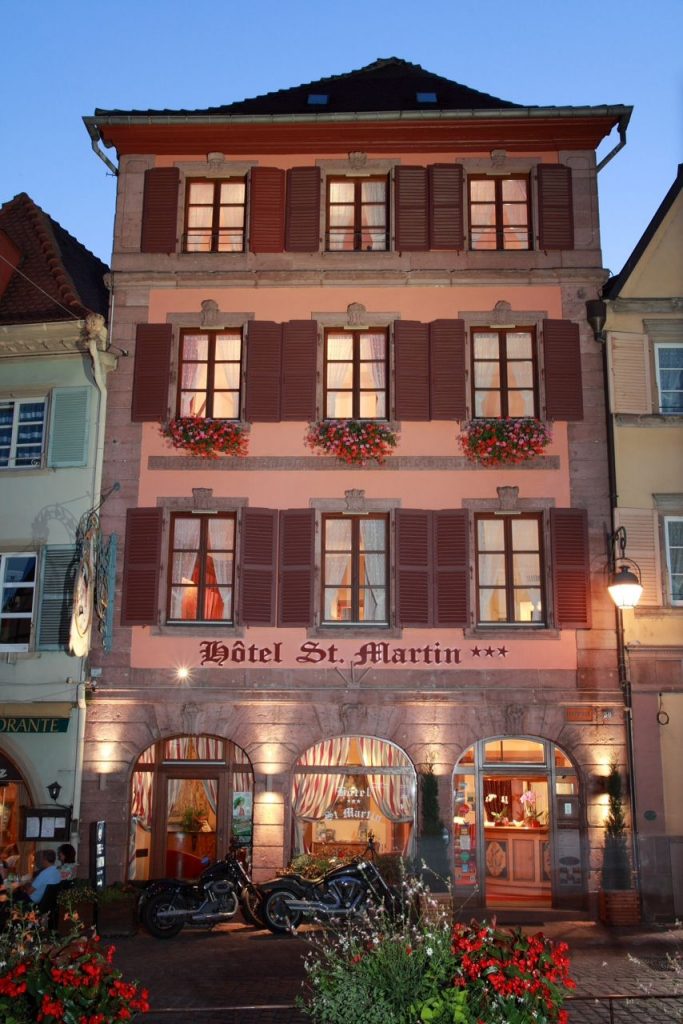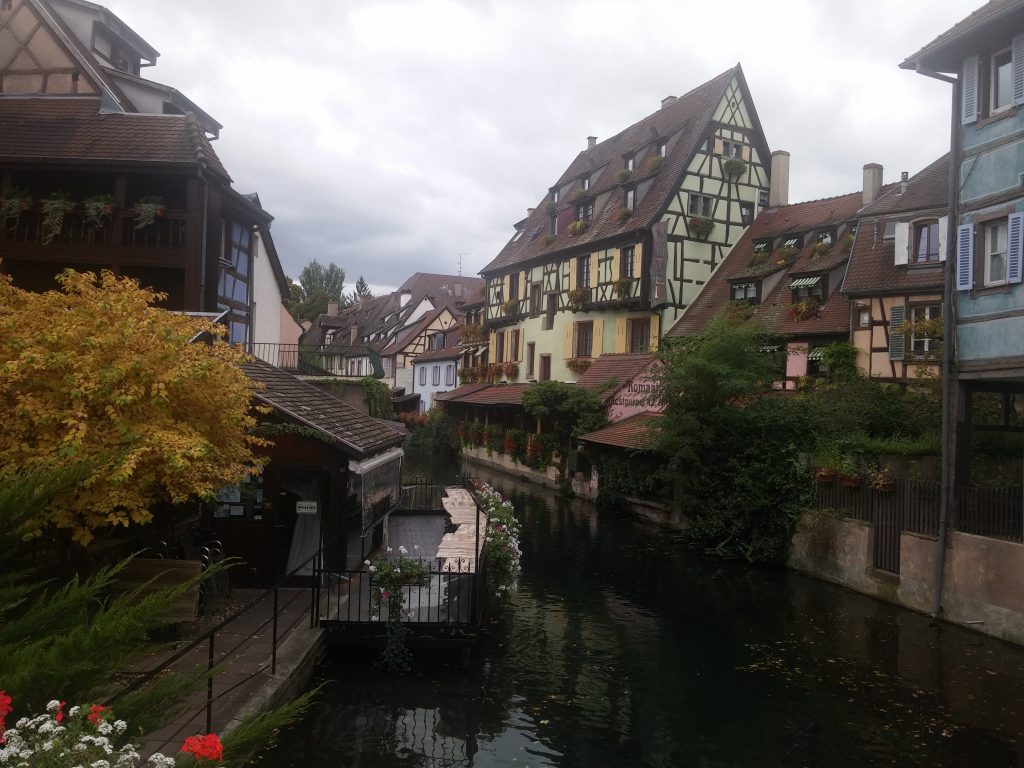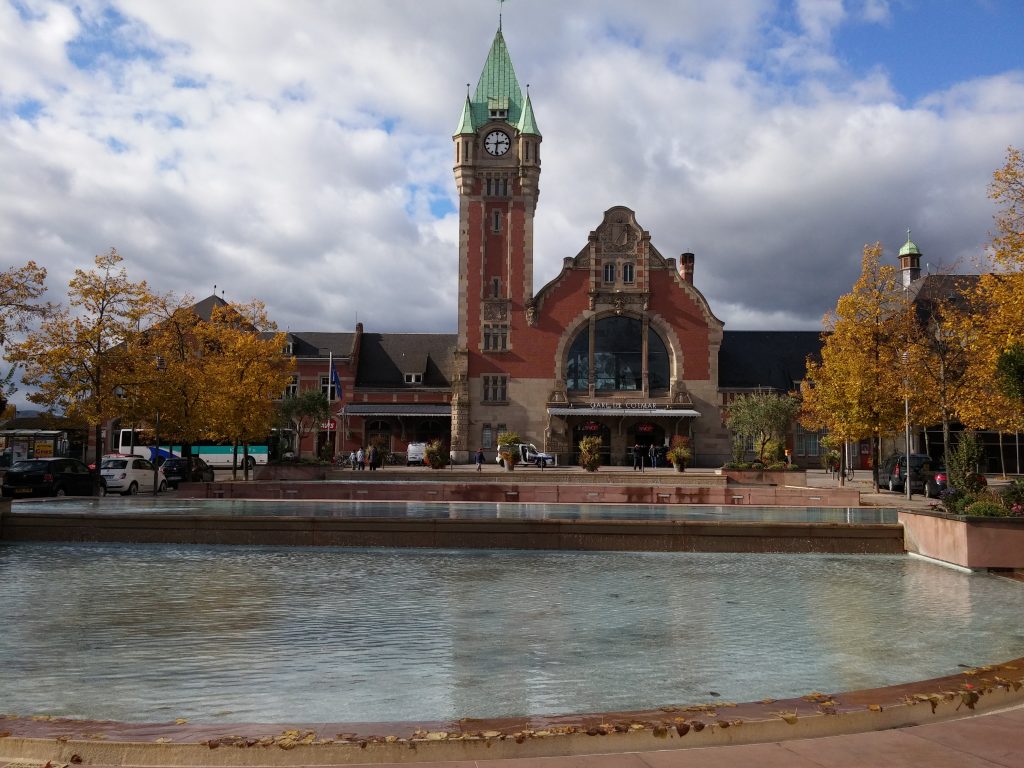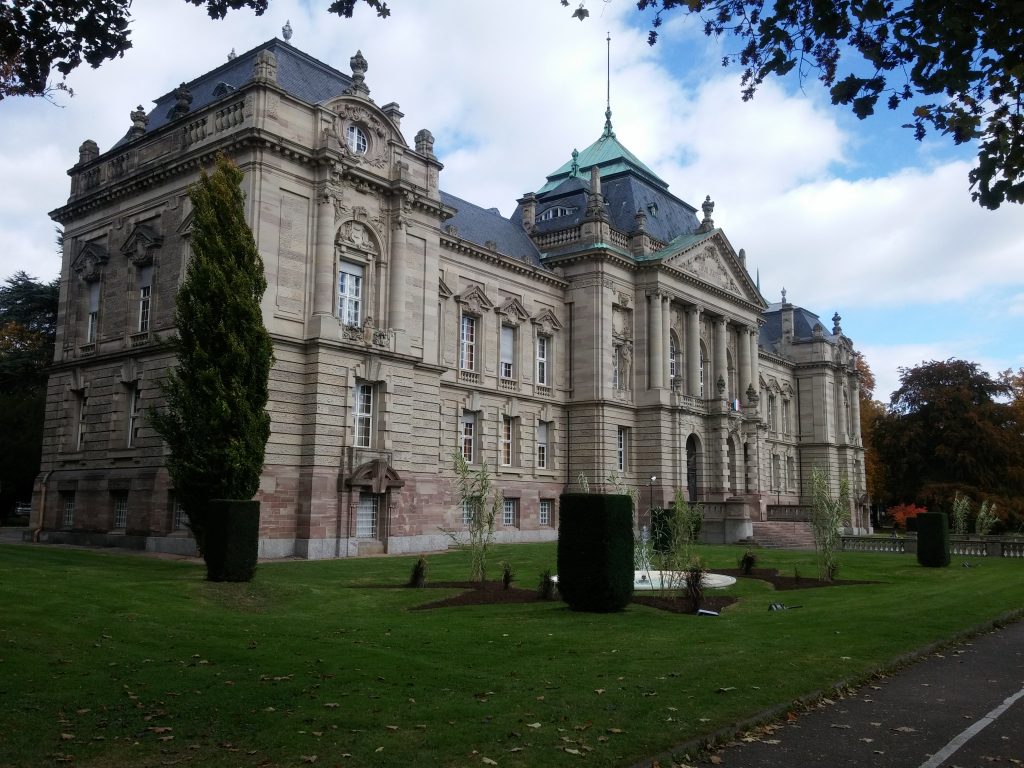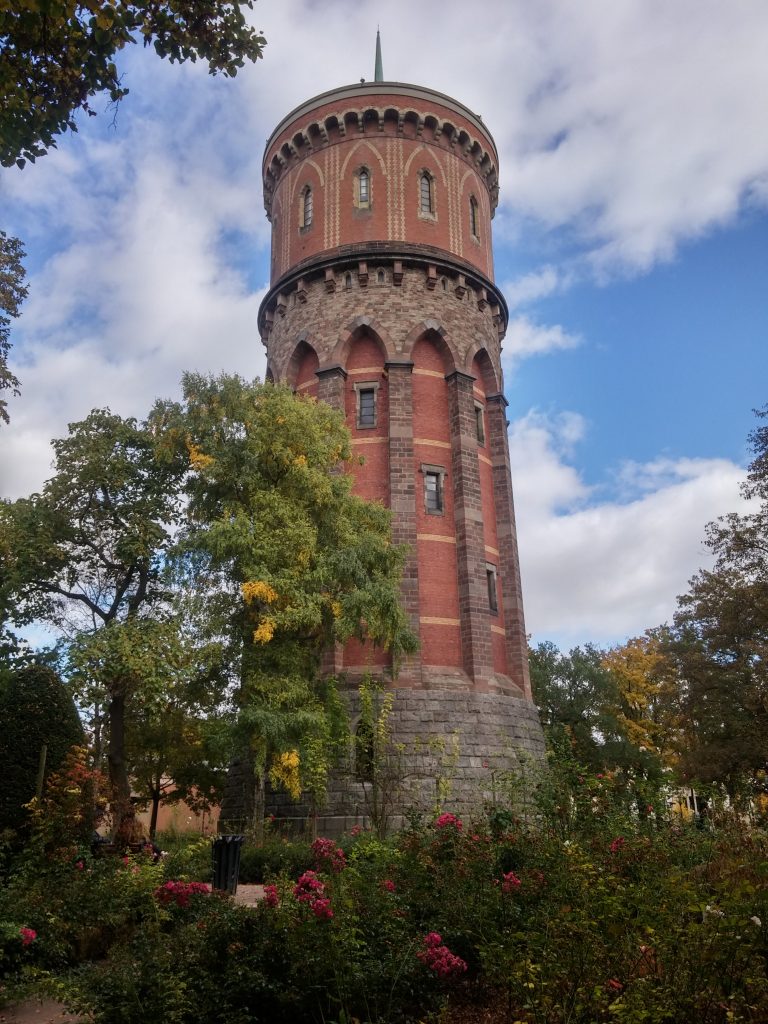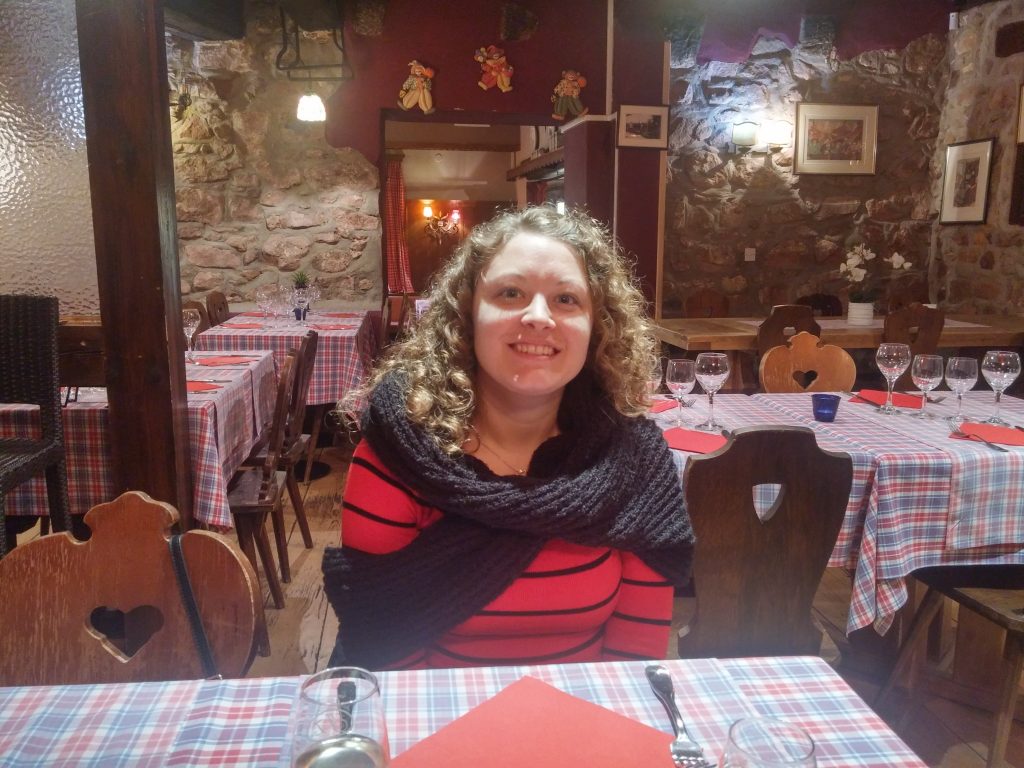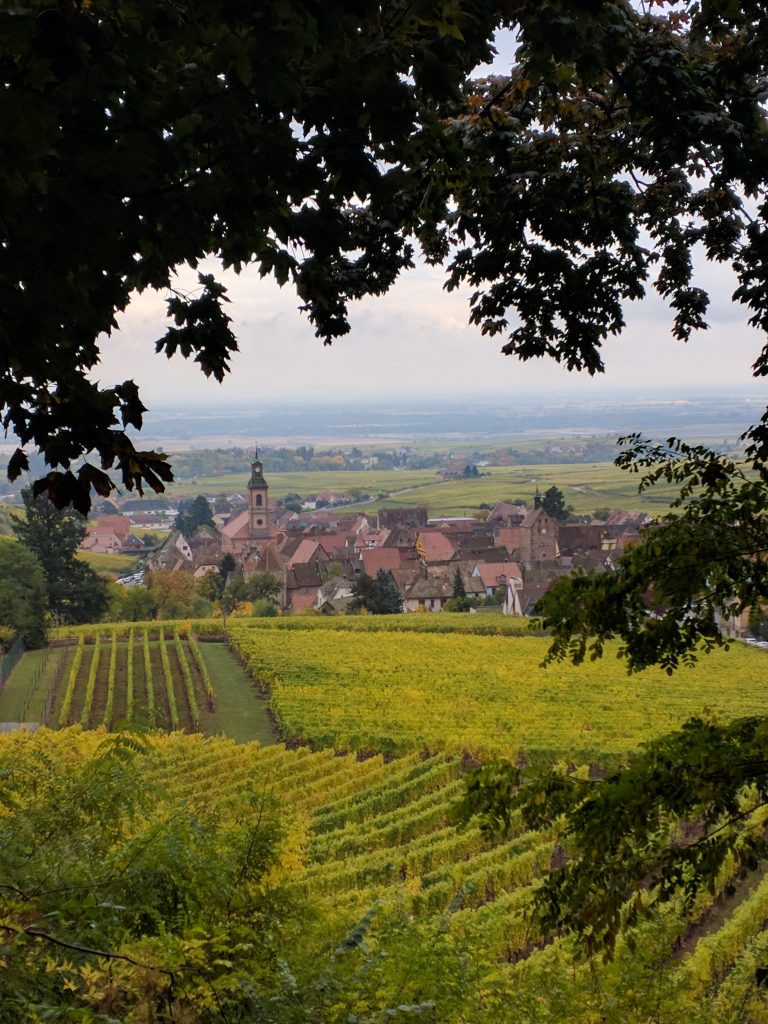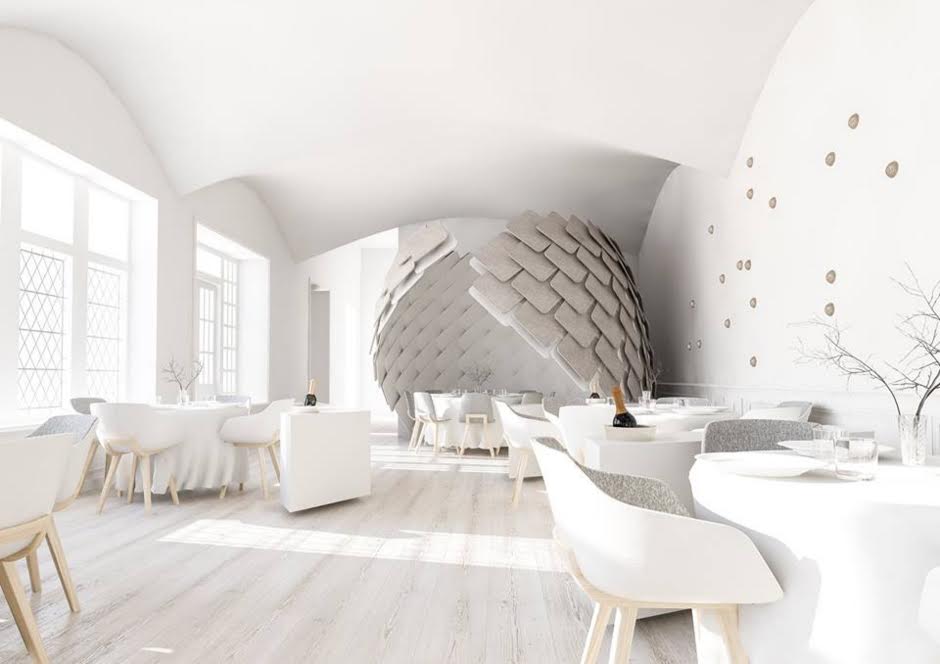Ah, Paris… where to even begin. We made it from Bordeaux via the TGV in a little under 4 hours, impressive, but they’re advertising the opening of a new TGV line soon that can do it in a little over 2 hours – simply amazing. After we got to the train station, we needed to make reservations to Bruges, Belgium next week, and while we had the attendant to ourselves, we also made reservations from Bruges, Belgium to Amsterdam, Netherlands for a few days after that.
We walked out of the train station with our luggage in tow, and were a little surprised to find it was a 40-minute walk to the hotel we’d be staying at. Oh well, the walk was pretty, and it helped us get our bearings in the city. The Hotel Pullman, our home for the next 6 nights, is right next to the Eiffel Tower so it was quite easy to find.
We checked in, and upon doing so, received our 6-day Paris Museum Passes and 5-day Paris Transport Passes. The former runs at 74 Euros each, and gets you into pretty much any museum you’ll want to see in and around Paris, over 50 of them in total. This includes places like Versailles outside the city. The latter pass costs 41 Euros each and gets you onto any region rail or metro line, as well as buses throughout the city. They charge 12 Euros to have everything shipped to your hotel to meet you, but it’s worth doing – they also charge to ship it to your house and if you do that I’d imagine the odds of misplacing it rise significantly.
Finally getting to our room, we promptly dropped our bags, opened up a bottle of 2005 Saint Emilion we picked up yesterday to let it breathe, and decided there was no time to waste – on to the Louvre! Two short metro rides later, we were there. I won’t even bother going into the details of the Louvre, it’s absolutely massive, and one could write forever about it’s contents. Everyone should go at least once in their lifetime, and plan on spending at least 2 days there, it would be impossible to see everything in only one day. For now, here’s some highlights from our stroll around from 7pm-10pm when they closed.
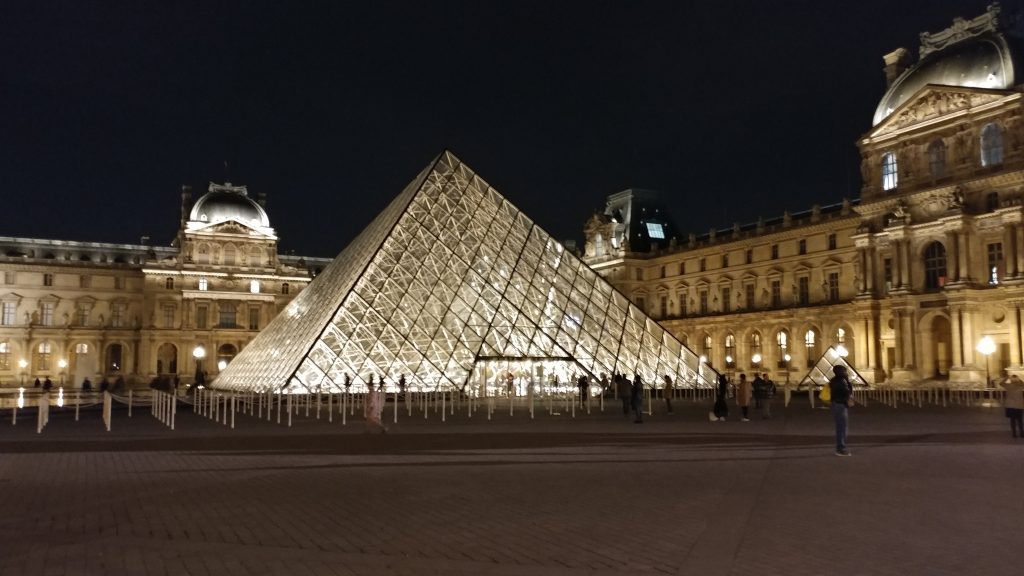
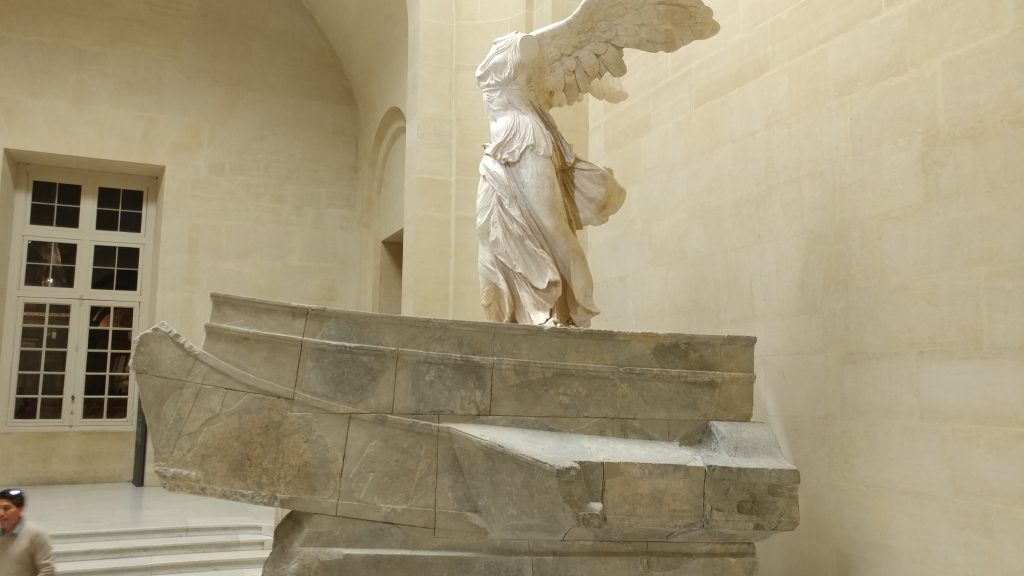
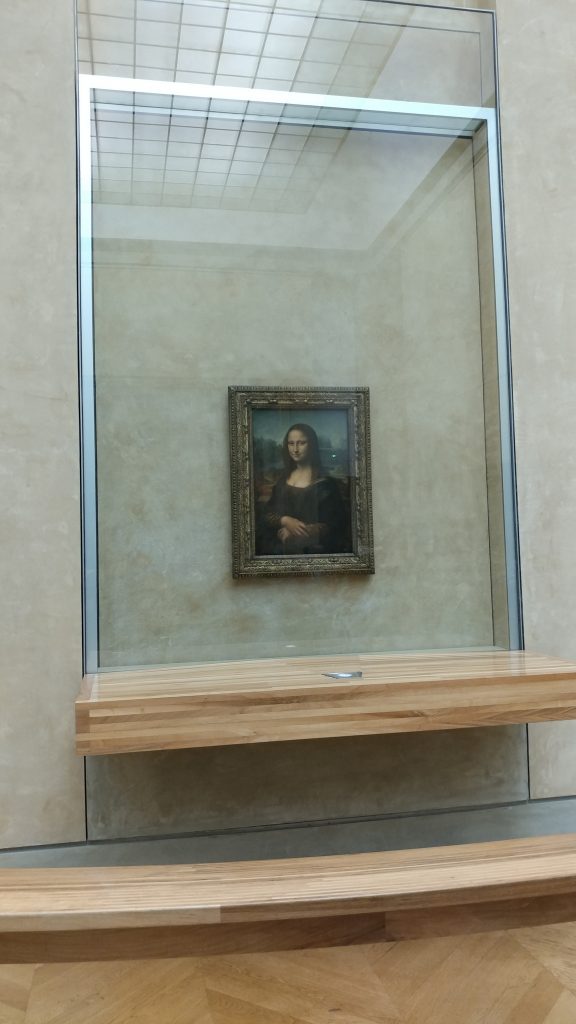
After the Louvre, we had an hour or so to get food before everywhere started closing shop. We checked Google Maps, a place named Semilla was nearby, right on the other side of the Seine, and had good ratings. We plotted a course, which took us by Paris’ old “lock bridge”. I say old because, in 2015, due to the weight, all of the padlocks were removed from the bridge, and plexiglass was installed on the cross-braces preventing re-installations of locks. Some locks ended up on the handrails on either side of the bridge, but only a small fraction of the former quantity. Soon enough we arrived at Semilla, and not long after that we were enjoying a Riesling from Colmar off their wine list. After dinners of a chicken breast & thigh for myself, and a John Dory filet for Cait, we had dessert, paid our tab, and grabbed the metro back to the hotel, where we got to see the Eiffel tower all lit up for night time.
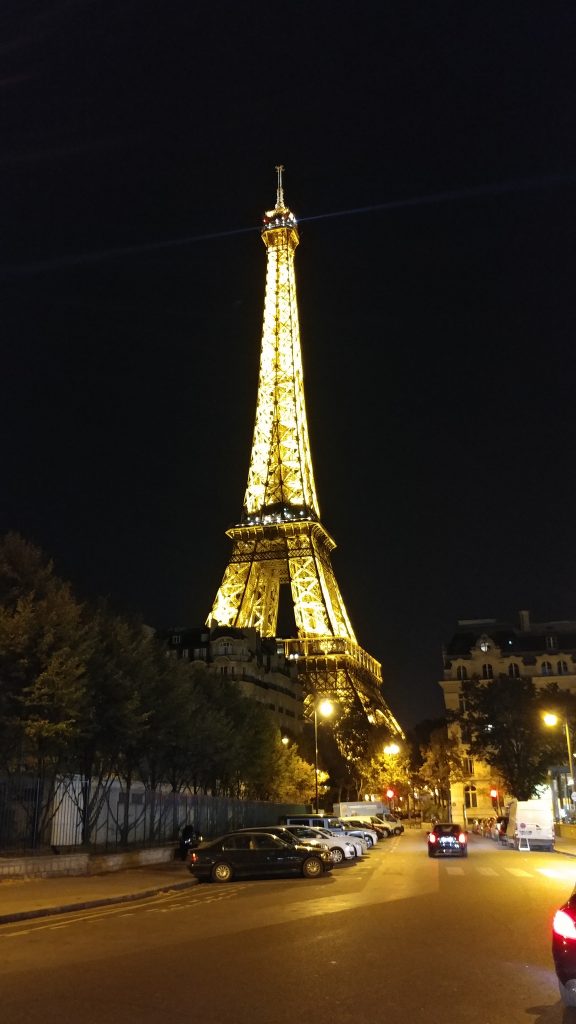
Time for bed, we had 10:30am reservations at the Eiffel Tower tomorrow!
We got up a little on the earlier side and got ready, before making the long 5-minute walk to the Eiffel tower. Coming to Paris in November was a smart choice, it is clearly the off-season here. At 10:30am, there was hardly a soul around the tower.
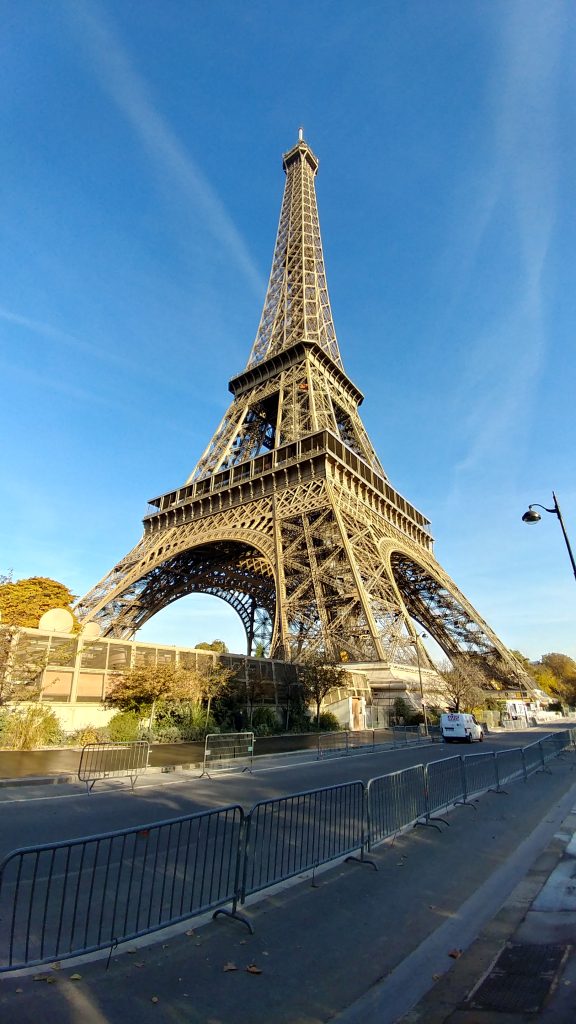
We went straight through security, and since we had prepaid for elevator tickets, promptly became second in line for an elevator. Everyone easily fit on and I got a spot by the window to record our ascent. Within minutes we were at our first stop (the 2nd level, with 0th being the ground where we boarded), and needed to transfer to a different elevator in order to reach the top (3rd) level. We did so, and in a few more moments, there we were, atop the most popular paid tourist landmark in the whole world, with hardly any other people up there with us. The views of all of Paris from this height are remarkable.
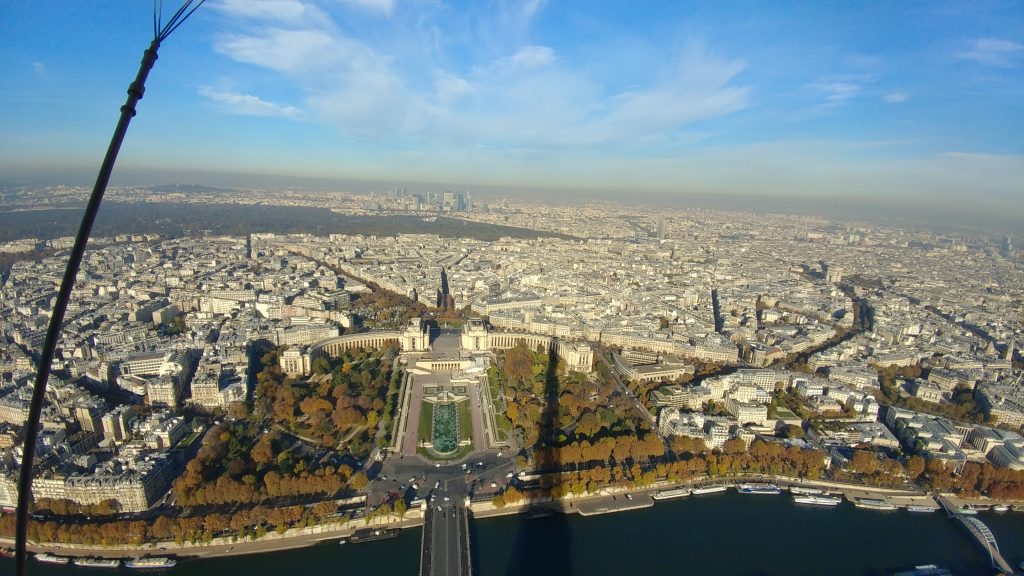
We descended back down to the 2nd level via elevator, as you can not take the stairs from their level, and again admired the views. On the 1st level, there is a restaurant named 58 Tour Eiffel – we checked and their dinners are prohibitively expensive, but lunch isn’t too terrible. Chalk it up to us deciding this is just one of those things everyone should do in their lives – dine on the Eiffel tower – so we took the stairs from the 2nd level to the first and stopped in. The meal was delicious, and the views were excellent.
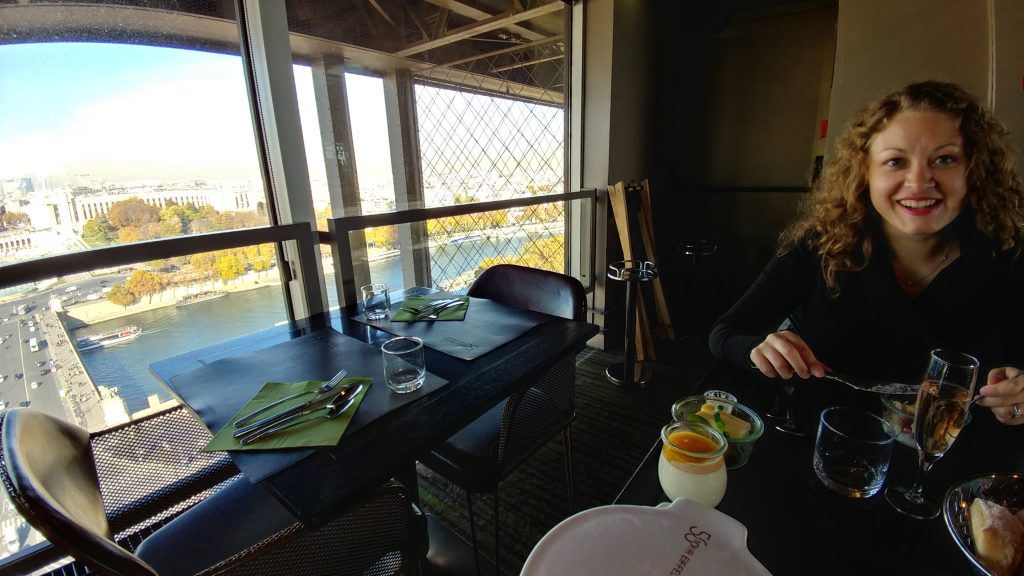
After lunch, we walked across the Seine to Trocadero, which affords more wonderful views of the Eiffel Tower.
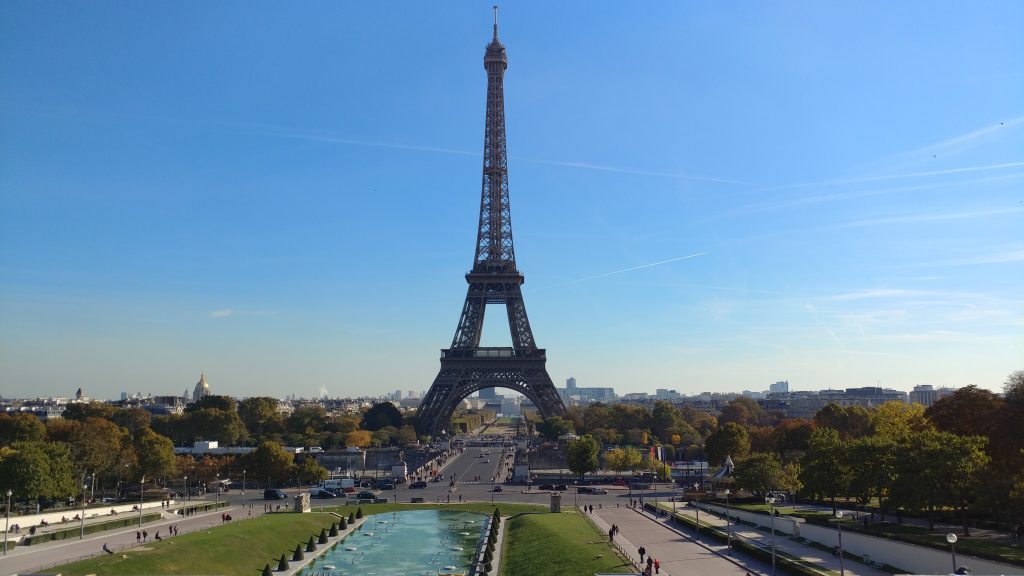
Stopping briefly back at our hotel for a bit to drop off some of our stuff along the way, we soon headed over to the Musee Rodin, which we got right into with our aforementioned museum passes.
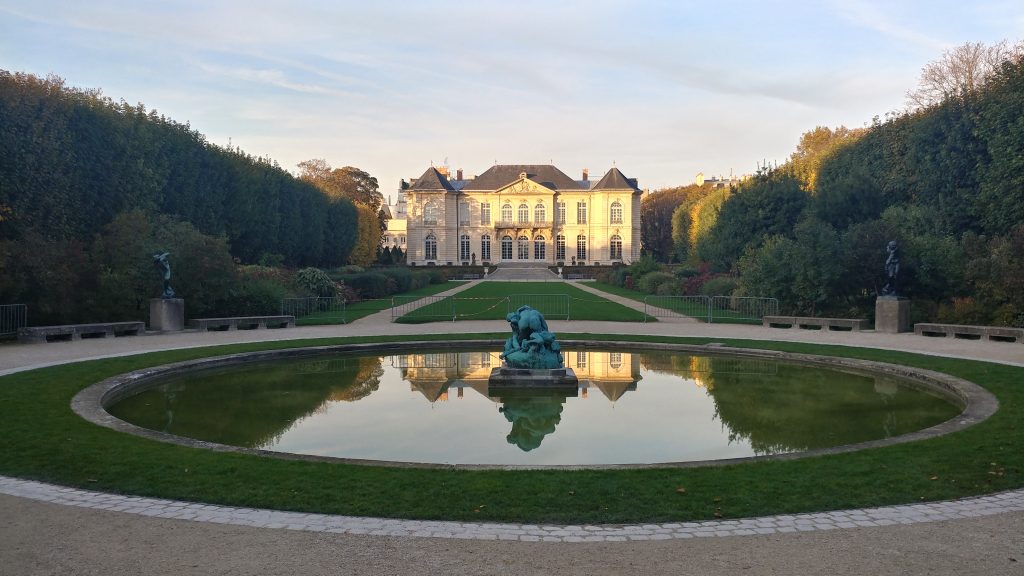
We walked around for about 1h30 and saw most of what was offered. Rodin was certainly a talented individual, mastering techniques in multiple sculpture mediums, as well as art and painting.
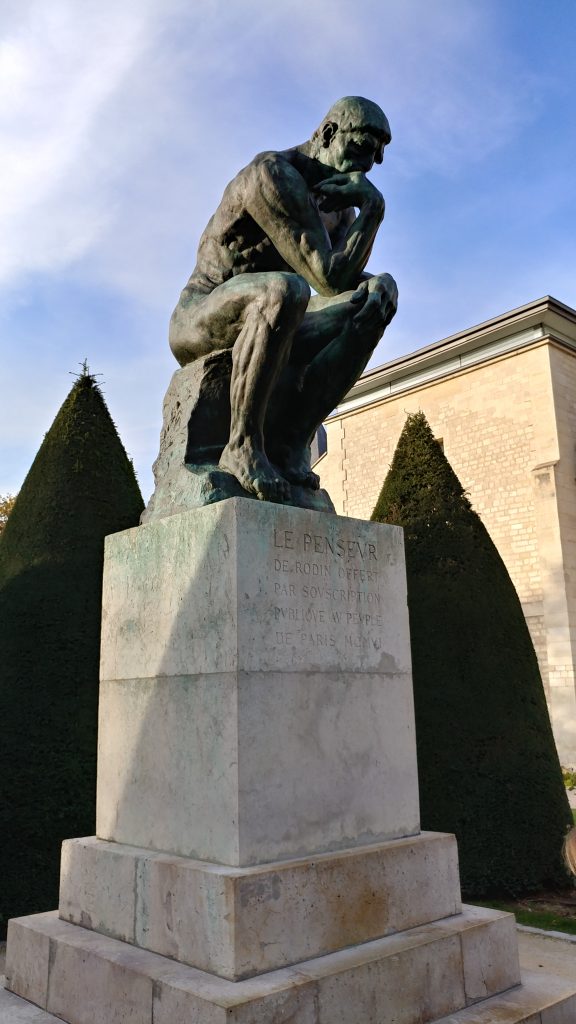
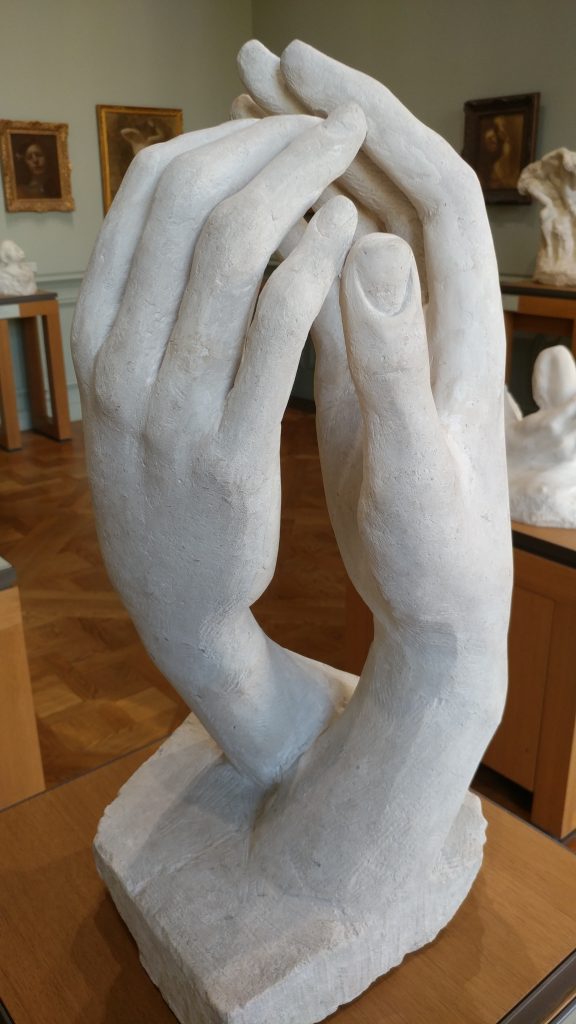
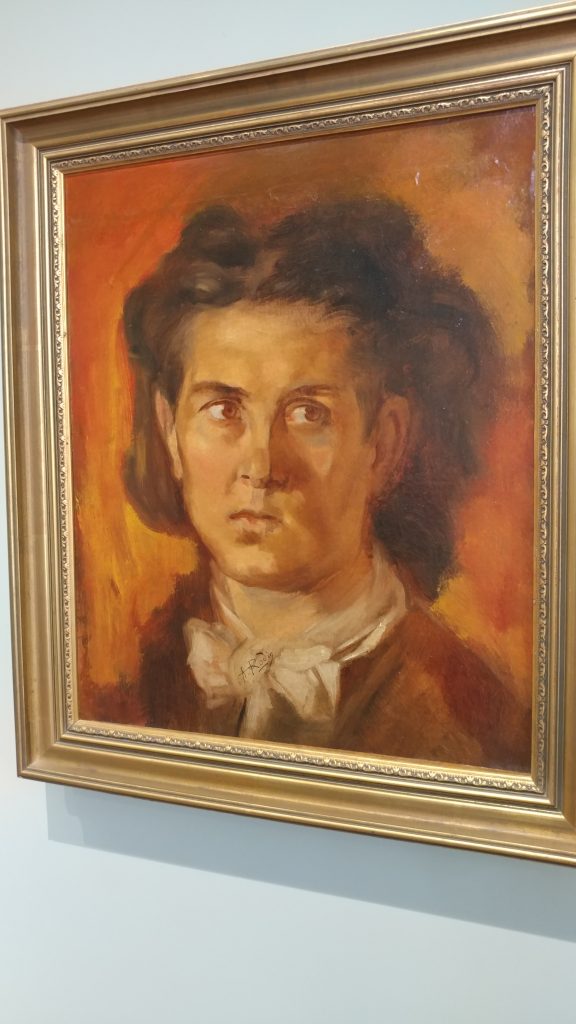
Soon we were off to the Musee d’Orsay, which surprised us with it’s size. This place had all the big names – Monet, Manet, Pissarro, Cezanne, Seurat, Van Gogh, Degas, Renoir… the list goes on.
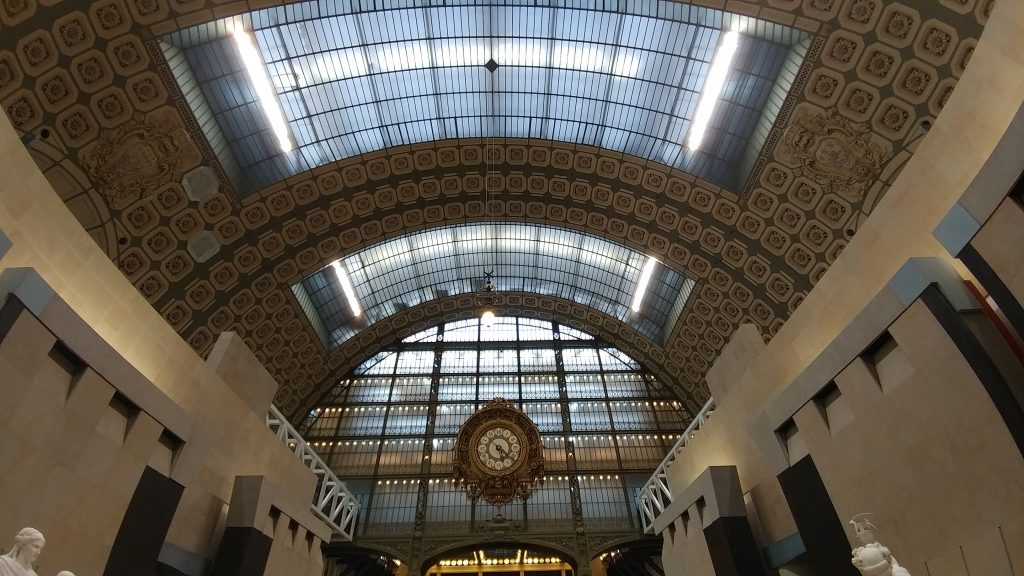
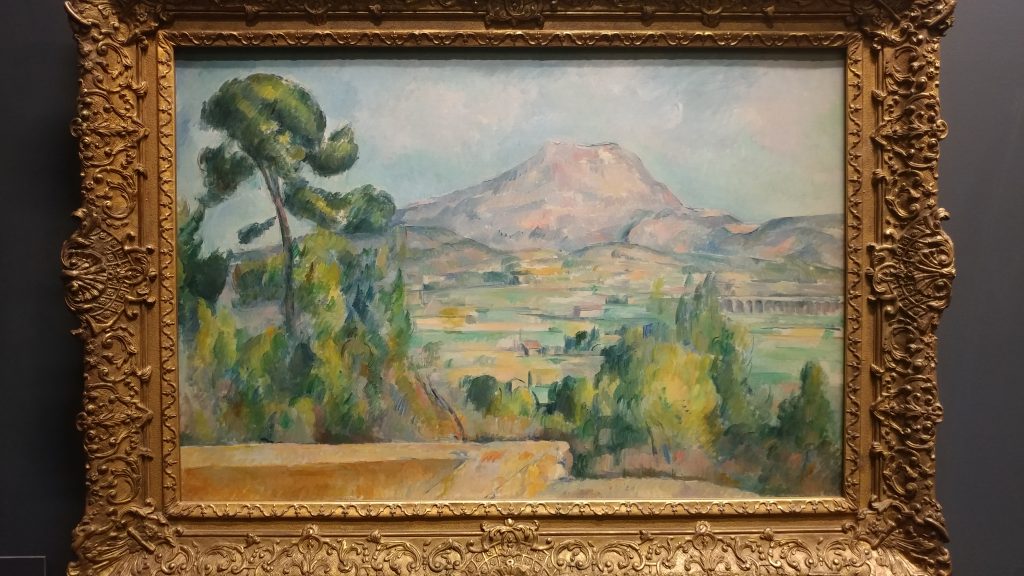

Unfortunately for us, the 2nd, 3rd, and 4th floors of this museum were closed temporarily, so we had to make due with the 0th, 1st, and 5th floors. This sufficed wholly – we spent over 2h there, and only departed at 7pm since we had dinner reservations for 7:30pm at a place about a half hour away. One just cannot comprehend the sizes and scopes of these Paris museums without visiting in person.
The dinner reservations? They were for Ciel de Paris, in the Mostparnasse Tower. From here, about a mile away from the Eiffel tower and up on the 56th floor, you’re looking almost eye-level with the Eiffel’s top deck across a sea of city lit up for the evening.
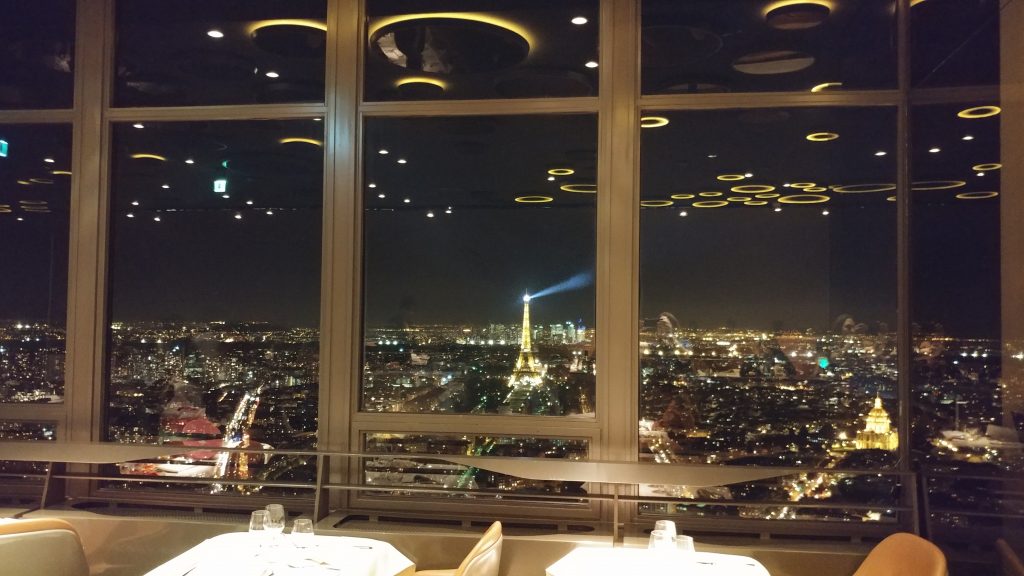
Dinner was an appetizer of raw and cooked autumn veggies, followed by main courses of a beef filet and duck breast, and finished with a dessert of chocolate 3-ways, with espressos of course. It’s a little pricey here, and to be honest the food isn’t all that great. But you are really paying for the view and that does make the experience quite worth the price tag.
Descending from the tower, we stopped briefly at a wine store to pick up a bottle or two for the hotel room for the next few nights (I’ve begun to call this non-expensive-minibar-stash my “blog fuel”). We also grabbed a fresh baguette from a supermarket nearby. Checking Google Maps for public transit directions back to the hotel, it wanted us to take an RER train, which is the Region Rail. This ended as an epic failure, the station that Google directed us to led us in circles at least 3-4 times, telling us to go one way for RER-A and then suddenly switching signage on the track platform itself to RER-B once we though we’d figured it out. The electronic billboards offered no assistance, and no human being employee was to be found anywhere nearby.
Eventually we gave up on this station, walked back to the surface, and back towards the Seine river. Google soon abandoned the RER suggestion in favor of using only the Metro lines – ahhh, much better. These Metro-only directions presented no difficulty whatsoever, and soon we were back at the hotel, sipping on our blanc de blancs champagne and documenting our day. I’m now a little wary of the RER system, though it may have just been that one station that was unclear (to be fair, it was also under significant construction/renovation at the time). But, we have had nothing but success with the Metro lines. In most cases they run every 1-3 minutes, 5 at the most, and the directions/signage are second-to-none.
Tomorrow looks like some rain here in Paris, in otherwise beautiful sunny (but maybe a tad chilly) weather. Temperatures have been in the mid-to-upper 50’s during the day, easy to cope with by walking a lot with a light jacket. Night time gets a bit chilly, dipping into the upper 30s but really the same story, keep moving and you’re fine. Since tomorrow brings some rain, looks like it will be another perfect day to continue our museum binge!
Finally sleeping in a little bit to recover from our travels, we got up on the later side and got ready for the day. First place on the docket – Musee Orangerie! We caught the RER to Musee d’Orsay (our first time sucessfully using the RER – region rail) and disembarked, walking the rest of the way. This museum was filled with lilies painted by Monet in 3 different oval-shaped rooms with benches in the middle. The selfie sticks were everywhere, but a staff member was trying to keep order and shushing people – Monet wanted this space to be for quiet contemplating when staring at his works, as if you were sitting on a boat in a lake somewhere.
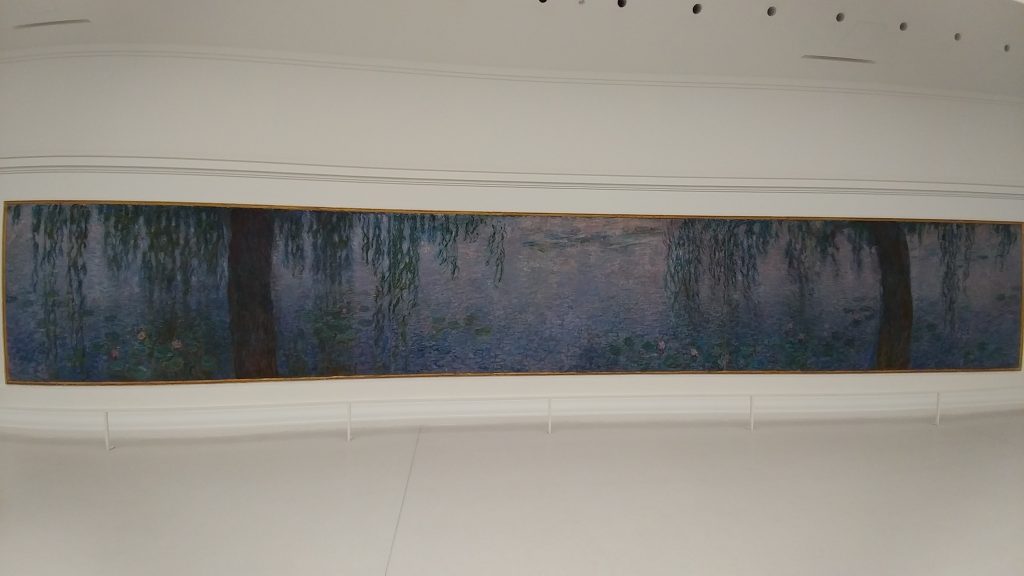
Downstairs, there were more works by the usual French artists, and interestingly, an exhibition on the Great Depression in America, including the original American Gothic. Photos in this space were banned, so I can’t share the experience quite as well as some others.
This museum was on the smaller side – 2 hours later we had seen everything at a pace where we really absorbed it all (unlike the Louvre mad dash), and so we departed. This being a cold day, we made a beeline for Angelina tea house nearby – home of perhaps the best hot chocolate you’ll ever experience. It’s like drinking hot chocolate pudding, so rich and velvety. One gets the impression it really is it’s namesake – chocolate that has been warmed until it melted down, mixed in with some milk. This drink was at no point in powder form. Having skipped breakfast and this being late lunch time, we also picked up a couple of croissants and some macaroons, healthy of course, but there wasn’t time to think of such things, we had places to be!
Next museum for the day – Metiers Art Museum, which documents the progression of technology through the ages. Readers of this blog might be able to guess which one of us really wanted to spend time at this place. The exhibits include construction, materials, scientific instruments, communications, and others. Among the best of the pieces, the Micral N – the earliest commercial non-kit PC based on a microprocessor (in this case, an Intel 8008).
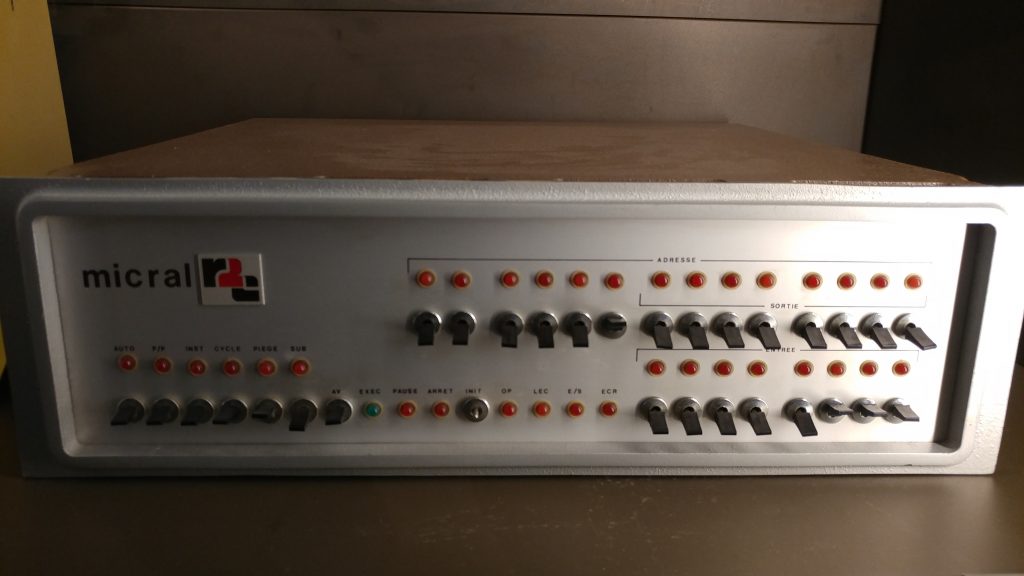
An IBM 7030, dubbed at the time “Project Stretch”.
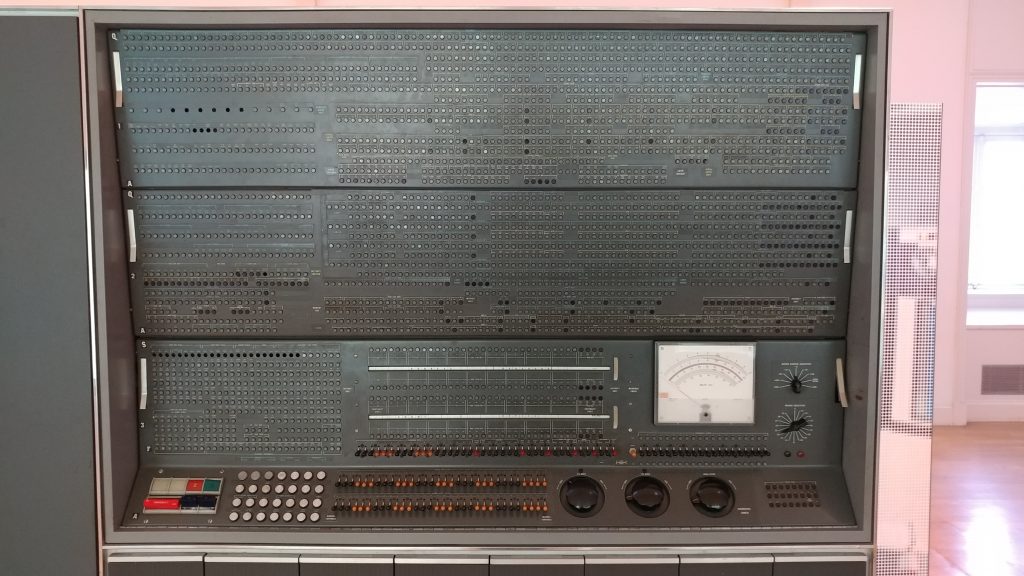
A Cray 2 supercomputer. Fun fact about these: 49 of them were delivered in total, and a decade later (mid 90s), half of them were still in production use.
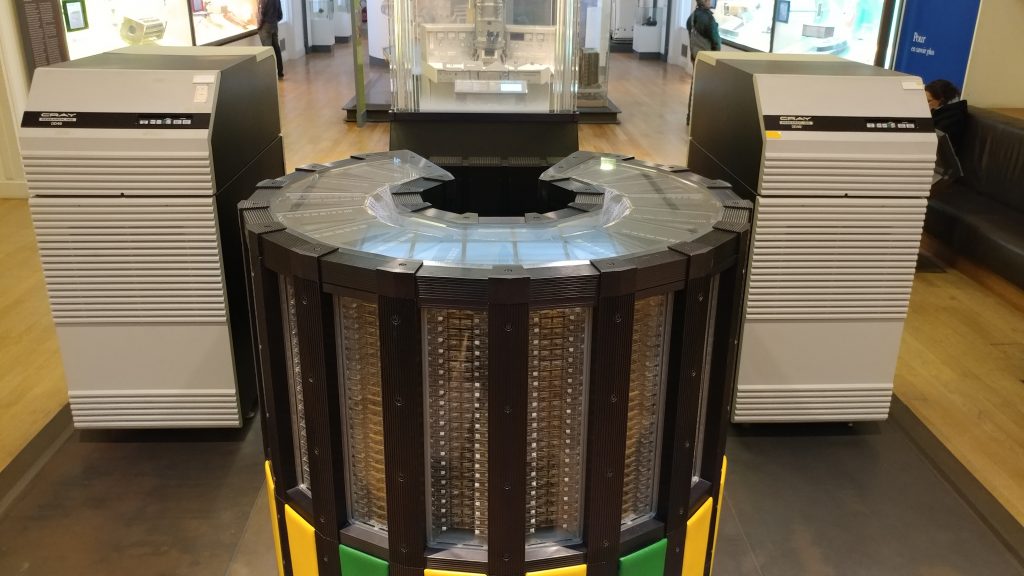
Clement Ader’s Avion III flying machine prototype.
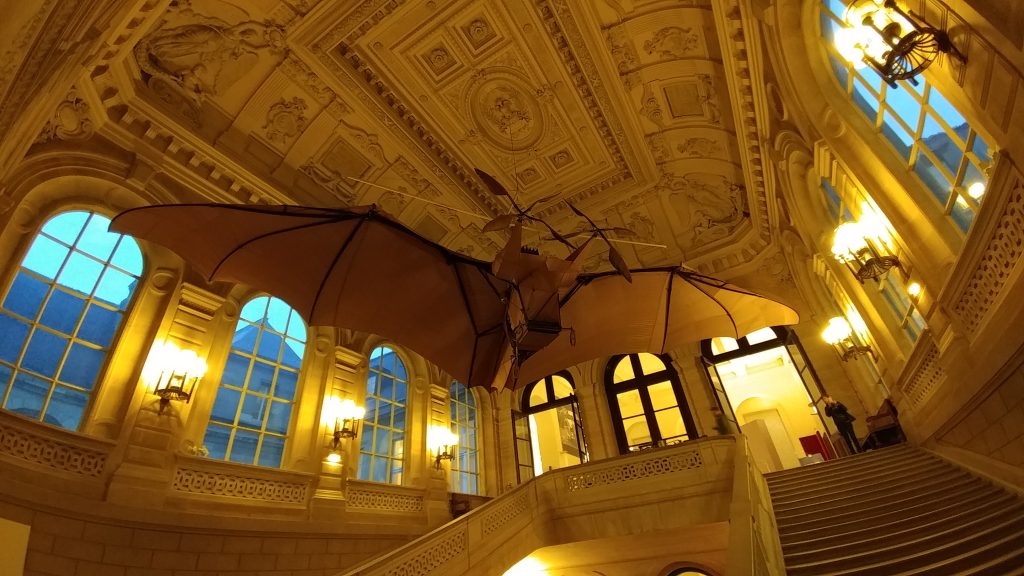
Lenoir’s original gas engine from 1862.
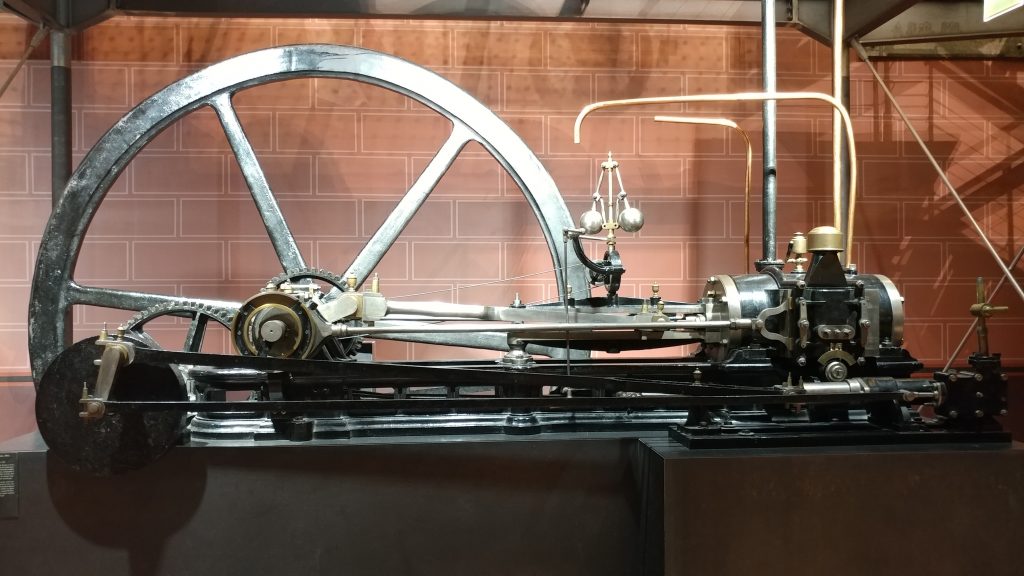
^ Love the fuel governor setup here, the steel balls center-image and 2/3rds right. The faster the engine spins, the more the balls raise up due to centripetal acceleration, thus limiting fuel supply and preventing the engine from overspinning and damaging itself.
Of course, can’t forget Diesel’s improvements exactly 30 years later, his 17th production here.
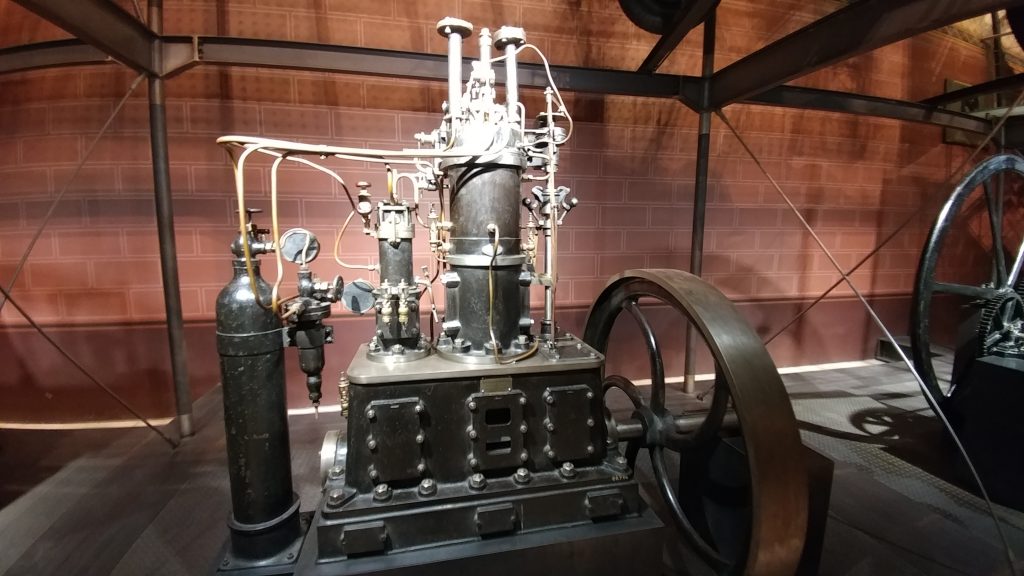
Also among the best exhibits, this was home to Foucault’s pendulum, the first scientific experiment which proved the earth rotates in space on an axis. a pendulum swings from an extreme height, continuing back and forth in a precise single axis. As the earth and everyone on it rotates under the pendulum, the trajectory of the pendulum appears to change. However the truth is that the pendulum is indeed the only object that is not moving.
Foucault’s original experiment traced the pendulum’s movement in sand, the museum used pegs setup on the edges that the pendulum would knock down as the hours marched forward. Another interesting tidbit on this one, if the experiment was done at the poles of Earth, it would represent a true 24h rotation cycles. However, here on the longitude of France, the pendulum will take over 36 hours to complete a full circular rotation.
After this museum, we walked south to see the one and only Notre Dame. The church is absolutely massive.
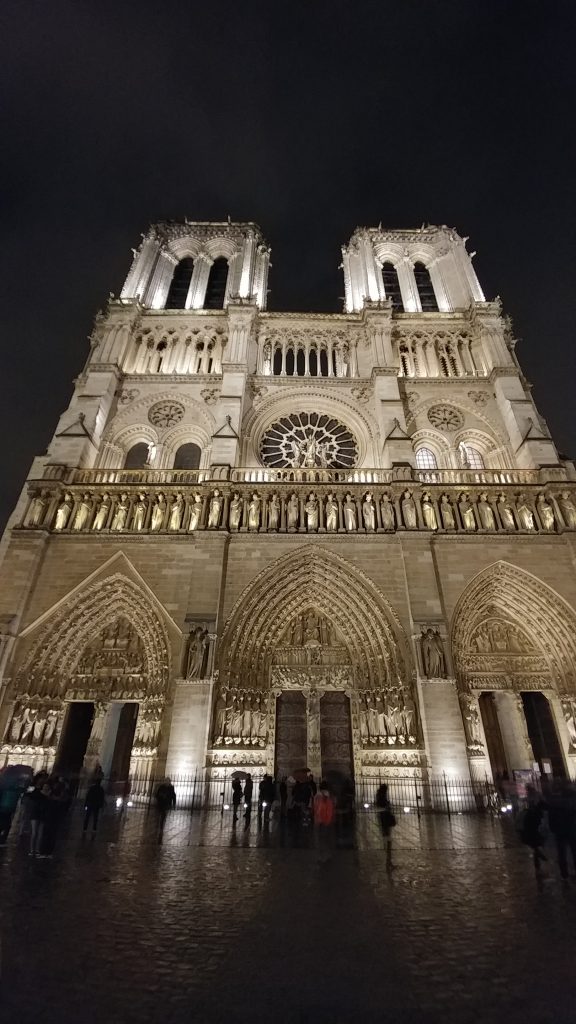
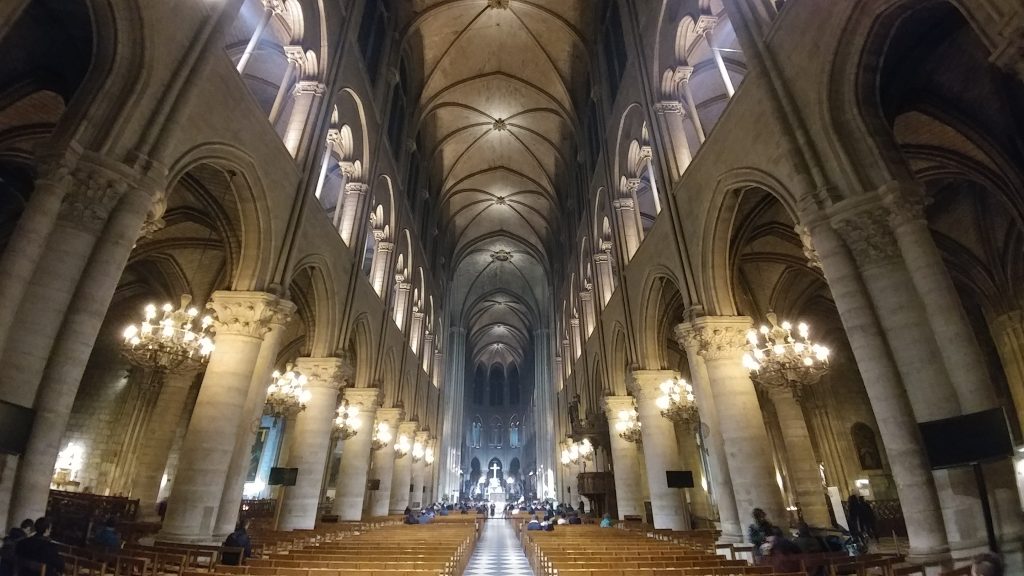
However, being spoiled by already seeing the churches in Lyon and Marseille with their intricate interior details, we did find the interior here to be a little underwhelming. Perhaps compounding the matter was the number of tourists, most with selfie sticks. Despite a religious service taking place, the inside was loud and chaotic. We felt this largely disrespected the atmosphere of the building, which was a tad saddening.
Moving on, we had dinner at La Brasserie de l’Isle Saint, a French restaurant with an Alsacian root. Appetizers of a salad and some smoked sausage, we followed with dinners of coq au vin Reisling and a steak. A couple of espressos later, and after paying the bill, we were metro-bound back to our hotel room for the night.
The RER sort of sucks. And by “sort of” I do mean “royally”. We took the line successfully yesterday, and assumed today we could take it to Versaille, even Google Maps said this would work out fine. We stopped by the station and waited, when the RER train arrived, we boarded. But, the first stop wasn’t what Google listed, and we quickly realized we were on the wrong line. By the second stop, we had asked a local if were were on the correct train – we were not. So we disembarked and crossed the tracks to head back from whence we came.
Once there, we encountered another English-speaking couple who were desperate for help getting to Versailles. How could we possibly help? We really couldn’t, so we braindumped everything we’d learned thus far and wished them a good journey, which they reciprocated. We searched around time and again, eventually giving up and exiting – noticing this other couple had given up even before we did.
How sad for the Paris RER system! We gave up soon, and upon our exit, we happened upon a booth attended by a human and inquired about the journey. She told us during this time of the year, to reach Versailles via the RER, one needs to first take the line to Invalides, then transfer. This was documented absolutely nowhere as far as we could tell.
Extremely frustrated, we made other plans for the day, it was already into the PM and we hate wasting daylight on trivia like poorly-documented rail stops. Hopping on the metro, soon we were at the Arc de Triomphe.
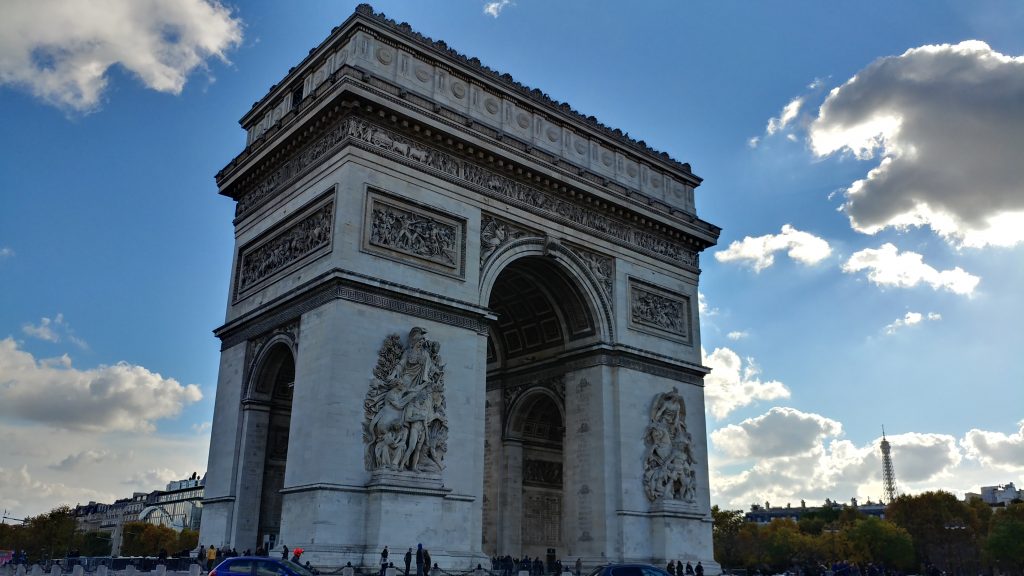
We walked underground to try and stop up in the circle, but the line was insane. Although we had the museum passes, this place had no provision to bypass the ticket line. So we ascended back up and walked along the Champ Elysee, full of lots of high-end shops we can never afford. We ended up at the best steakhouse yet in all of France – Le Relais de l’Entrecote. There was a small wait to get a table, we debated leaving but the reviews kept us in our spot. We are so glad we stayed, when you are seated they ask only one question, “How do you want it cooked?”.
Of course answering au point, and getting a bottle of red wine, we soon had the best steak frites of our lives. Dessert was also quite impressive.
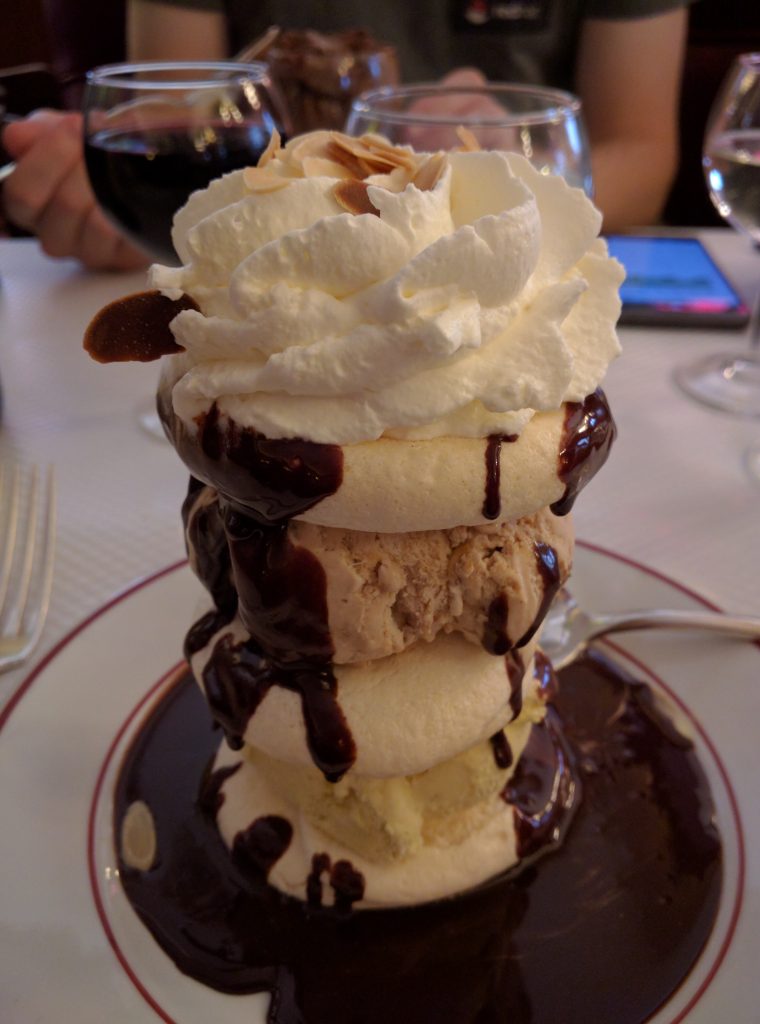
We set out afterwards, and needing to burn as many calories as possible, climbed the hill to Sacre-Coeur. The amount of tourists was again a little ridiculous, there was a security line to get into the church. But it was moving quickly, so we joined.
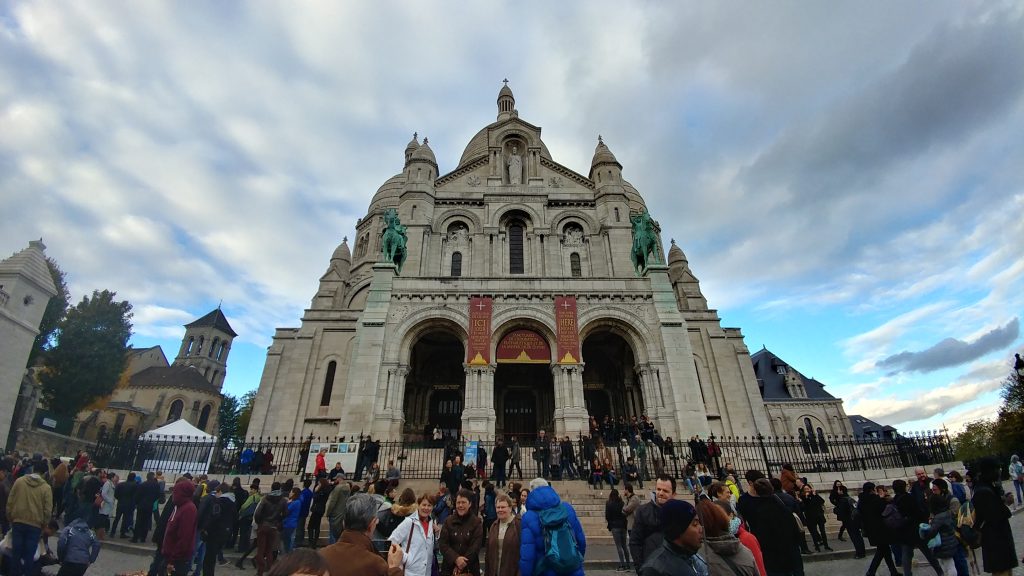
Soon after, we were inside.
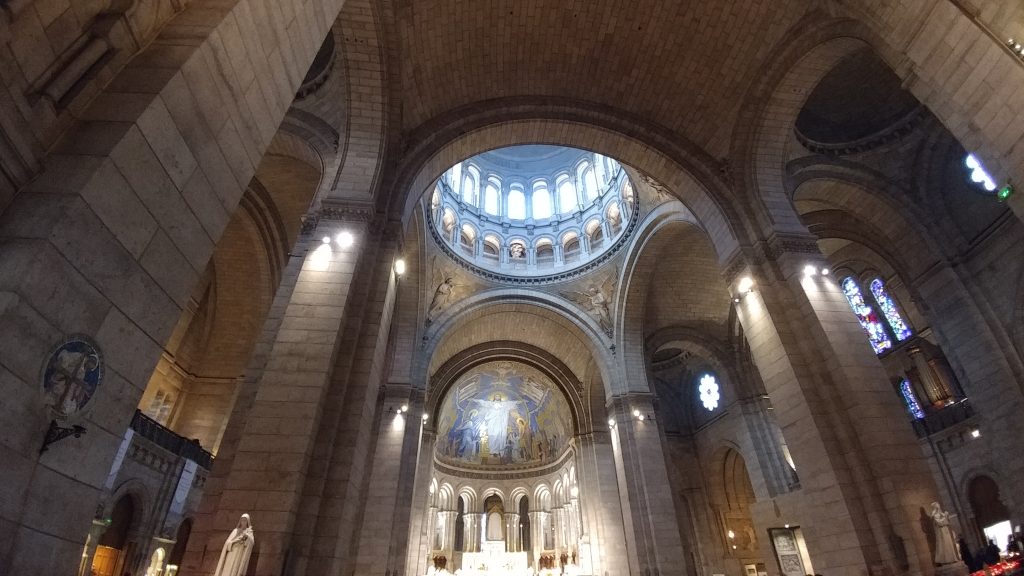
Descending back down the hill, we encountered a fantastic juxtaposition – in the shadow of this large church lies Paris’ more risque strip, including a cabaret all will be able to recognize.
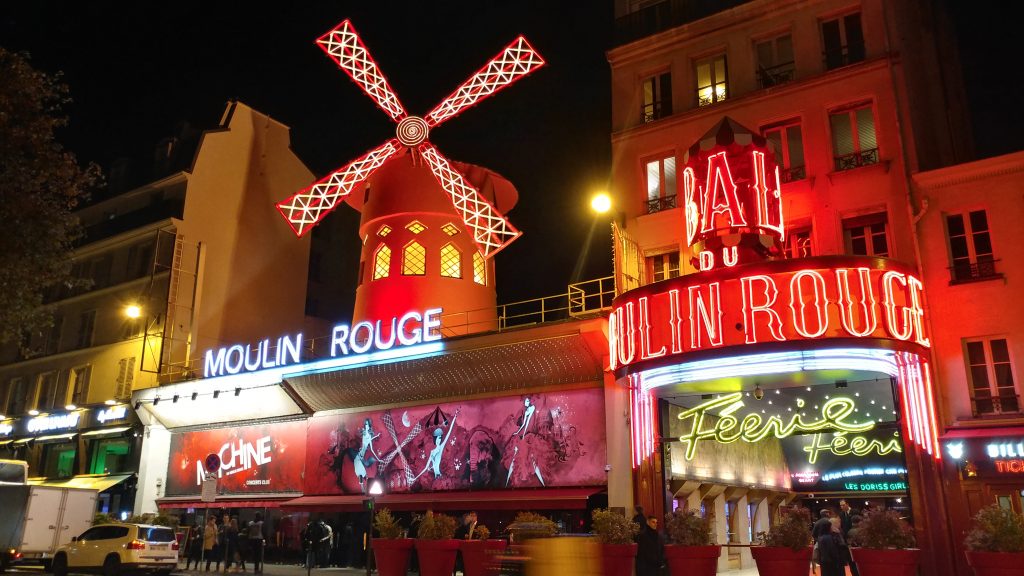
Along the strip, we found the hotel Royal Fromentin – home to some foremost authorities on absinthe. We had to partake.
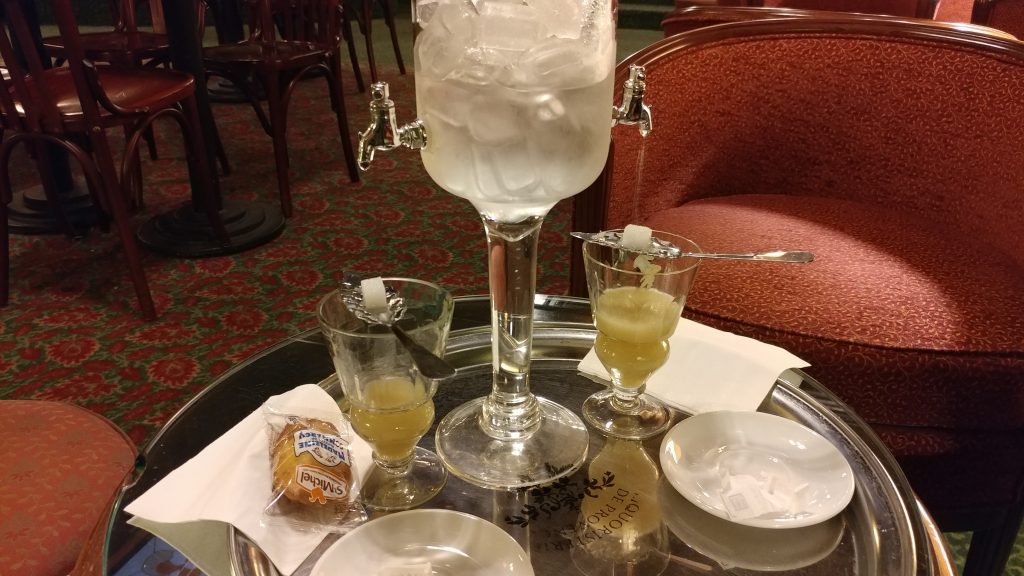
It’s strong, and tastes quite like licorice. A drink enjoyed by many of France’s artists, Degas even has a painting named after the drink involving a depiction of a green fairy hugging the head of a man enjoying his drink.
On our news feeds, we learned of Paris’ only erotic museum located only a few hundred feet away, with a collection of art and sculpture through the ages dealing with the subject of sex. Due to waning interest, it was set to close tomorrow. We couldn’t miss the opportunity, and stopped by to a packed facility. The exhibits were interesting, with artifacts from ancient civilizations, originals from the kama sutra, crude sexual toys from thousands of years ago, and accounts from Edith Piaf. Abandoned at birth by her mother, and having her father leave to fight in World War 1, Edith was raised in a brothel by her paternal grandmother, looked after daily by prostitutes.
Perhaps the most interesting aspect of this museum was how it exposed the sexual freedom of many ancient cultures, only to be stifled eventually by the rise of Christianity which associated such proclivities with a lack of morals and excess of perversion. The truth was quite the opposite, many of the frequenters of these establishments sought only comfort and compassion, a temporary kindness. Only the rich and powerful could afford to satiate their perversions, which at the time, tended to be mostly members of the clergy.
Moving on with the day, we stopped by the Palais Garnier, Paris’ foremost opera venue.
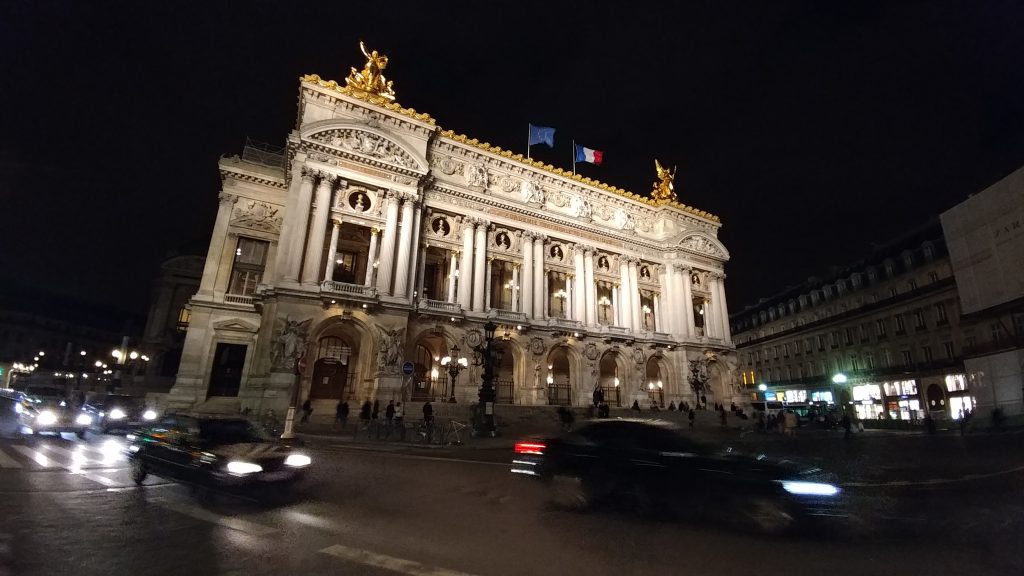
Since Cait was traveling, it was of course under construction (for our honeymoon in Italy, the Trevi fountain was shut off for renovations for the first time in hundreds of years). We were promptly shooed from the premises, and decided it was time for dinner. After having absinthe earlier, the eatery named “l’Absinthe” looked perfect. We went there, only to find that all inside tables were reserved, but we were still able to enjoy a dinner of duck breast and baby pasta outside under the heat lamps.
As we left to take the metro back to the hotel, a light rain began to fall, continuing more intensely once we were back and in bed – the perfect way to fall asleep.
Another Sunday in France, nearly everything is closed today. We woke up with intentions of visiting Versailles. Once again, we were thwarted by the RER, at this point basically just laughing about it’s quality. In our news feeds, we’d recently read it’s the worst-rated transit system in all of Paris. And in terms of timing / schedule adherence, the 5 Paris RER lines are all listed in the bottom 6 of the least reliable systems. We were starting to feel like real locals, hating the same things as the Parisians.
We walked up to Trocadero, and found a cafe for lunch, a simple risotto and a burger with a bottle of local Chardonnay. Searching and searching, it was useless, nothing is open on Sundays. Well, there was Versailles, but this was inaccessible to us, and closes at 5pm. So, it was time for housekeeping, another laundry run. We found a SpeedQueen laundromat near the hotel and carried our clothes over. After starting the machines, we went next door to a brasserie for drinks – whiskies and a mojito – waiting for the washers & dryers to do their work. Soon it was done, and we carried our clean & folded clothes back.
That night, we kept life simple. I guess this is the design of the French schedule, and why Sunday is such a down day around here. We used Uber Eats to get some Indian food sent right to our hotel room, and picked up a bottle of champagne from the hotel bar – a Dom Perignon that was surprisingly affordable. We opened the window and popped the cork, if any Parisians were recently hit on the head with a cork without reason, our apologies!
We Skyped for the rest of the night with family and friends, looking forward to another full day tomorrow.
Our last full day in Paris! Mon dieu, where does the time go! Today was going to be a little brutal – we woke up to news of snow in Paris, and temperatures would top out around 40 Fahrenheit. We probably should have brought our winter coats, but we planned to keep moving, and this will be the coldest it gets during this journey.
The Eiffel tower had a neat look to it today – glad our summit tickets were for a better day!
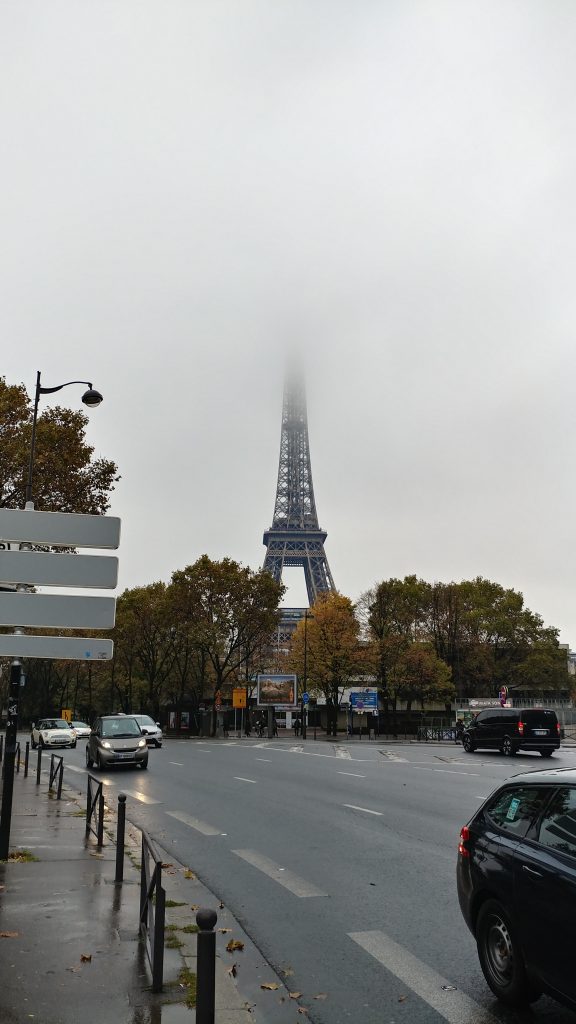
Off to the first destination, a day near the Latin quarter. The route there? Via the RER. Grudgingly, we went to the station – and for the second time in 5 attempts, managed to navigate the journey with full success. We stopped by the Shakespeare & Company bookstore – absolutely fascinating, with books and shelves shoved wherever physically possible. I’d show a photo but photos were banned here, a rule to which we adhered but many tourists chose to ignore. I stared at and shamed these non-conformant at every opportunity. We stopped in their cafe, but the prices were insane, with a coffee approaching 6 Euros. Hard pass.
Instead, lunch was at le Metro. Today was the day to do quintessential touristy things, so I enjoyed the quiche lorraine while Cait had the croque-madame. Mine was delicious but in secret I was a little jealous, I think she won this food round. Desserts of creme brulee and a tiramissu (and a chocolate milkshake) and we were off to the next destination – the Pantheon.
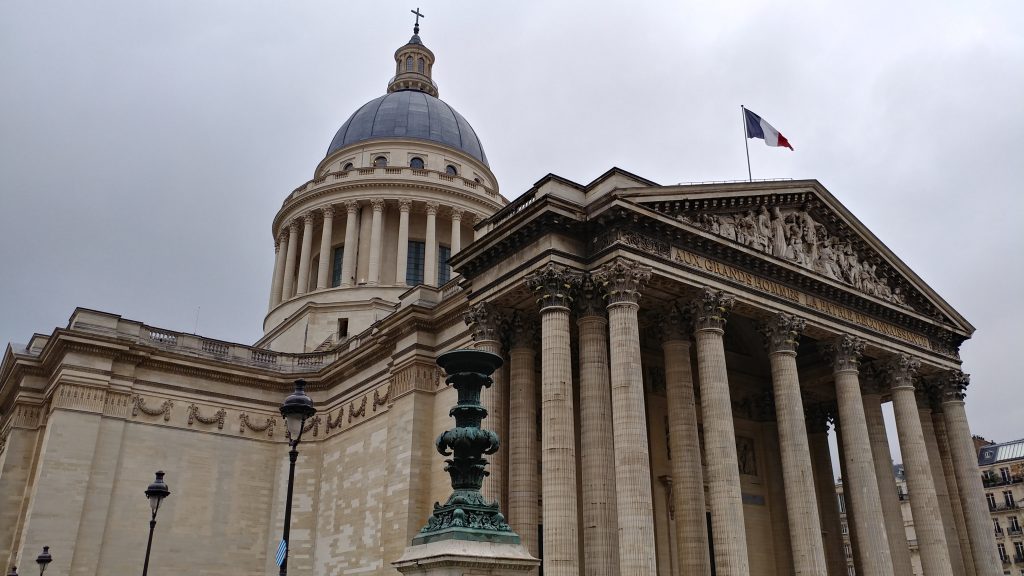
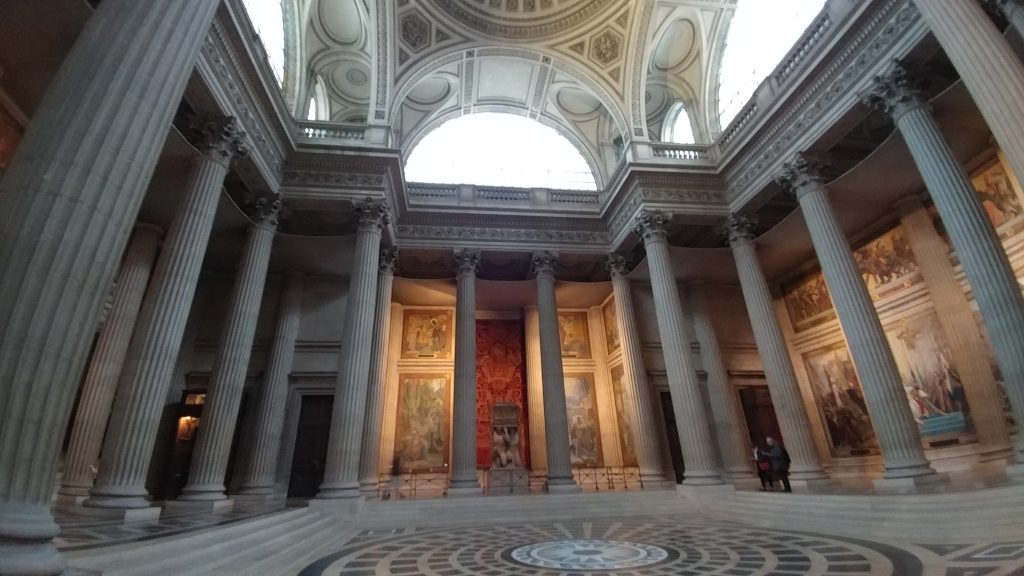
This building is wildly impressive, though it is crumbling a bit – nets coat the ceilings in an attempt to catch falling debris which might otherwise kill a unsuspecting tourist. There was another setup of Foucault’s Pendulum here.
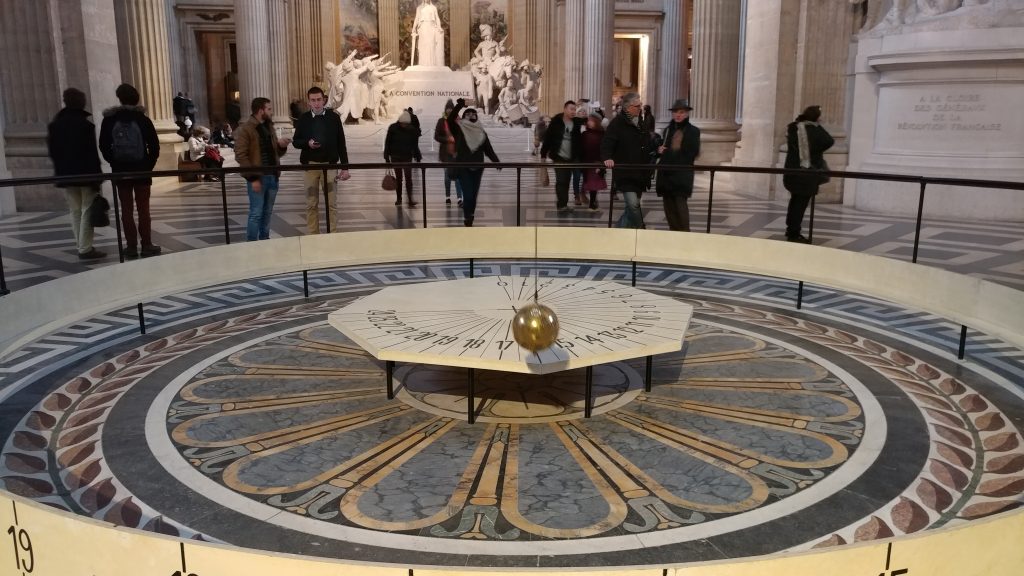
We went into the crypt, and there I found the resting place of one of my personal heroes, Marie Curie.
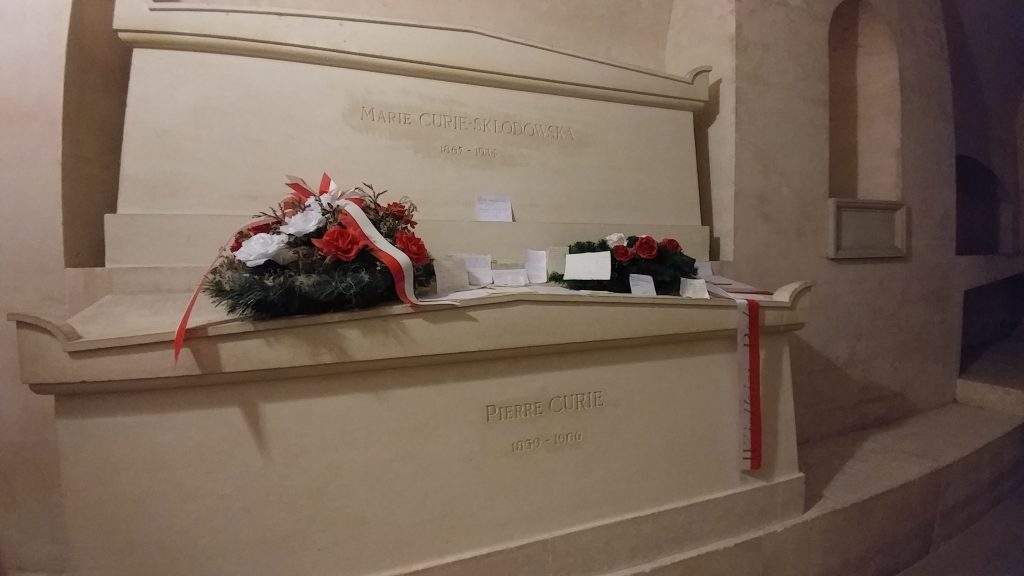
We departed and went to the Luxembourg gardens, which of course were closed when we arrived, the cutoff was 5pm. Paris has a lot to offer tourists – between 10am and 5pm, except for noon-3pm. As the demotivational poster says, adorned with the Eiffel tower, “hard work never killed anybody, but it is illegal in some places.”
Time for dinner. Along the lines of touristy things, I couldn’t fathom being on my deathbed, knowing I’d been to Paris and not tried escargot. And there it was decided, we went to Le Petit Zinc, a charming spot for dinner, and had exactly that dish.
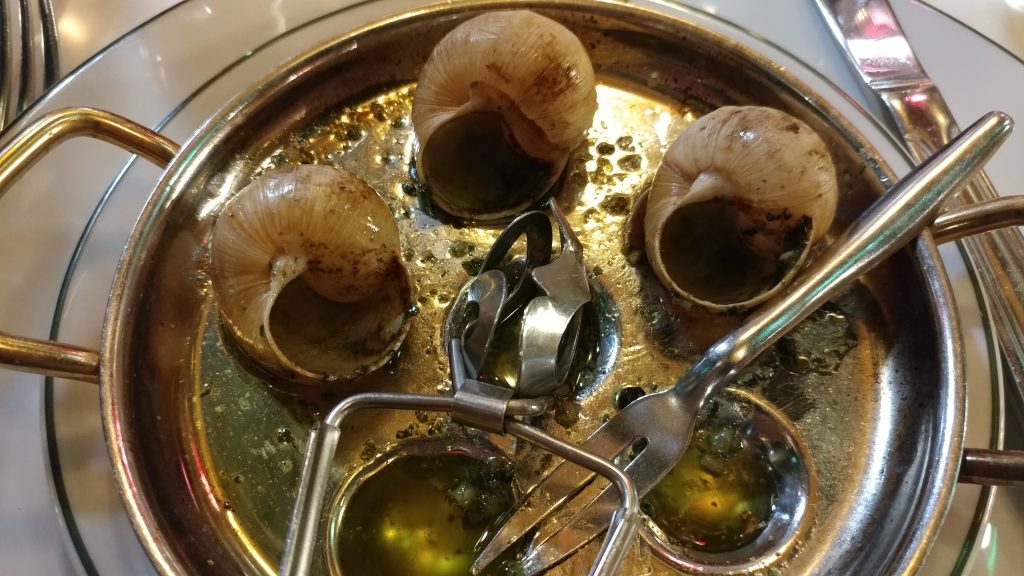
Not too shabby honestly, one mostly tastes the garlic butter spread, and the snail itself is reminiscent of a mild mushroom taste. We got a lamb shoulder that weighed in at a whopping 1 kilogram, cooked au point and carved tableside, we ate more than a reasonable amount, and took the metro back to the hotel.
The Eiffel tower is back in clear view tonight, and in 1 hour we will see the last “sparkle” with the backlights lit up. A tad sad for the pessimist, but being optimists, we are glad to have had such a wonderful experience here. And as for Versailles – well, I guess one always needs to have an excuse to return!
Another early day, and with some sadness, we admitted this was the end of our time in Paris for this trip. We got ready and checked out with some difficulty, Hotel Pullman screwed up and attempted to charge us for a lunch in their restaurant we didn’t have. We had an hour to go until we needed to be on a train, and their front-desk woman disappeared to check on Pullman’s error for a looong while. We had to sign a paper saying we didn’t order this food, after she asked me the same question rephrased 3 or 4 different ways. NO HOTEL PULLMAN WE DIDN’T EAT AT YOUR RESTAURANT.
Now it was our turn, they asked us how our stay was, and we unloaded a bit – including a flickering light bulb we complained about a few times and they never fixed during our 6-night stay. This place was stingy, Piggonet in Aix gave us unlimited coffee, Pullman gave 2 pods. Rollan de By did our laundry and folded it for us, Pullman promised us a full view of the Eiffel Tower and provided the top half unless we wanted another “room upgrade”. All in all, poor ratings for them, I’d not stay there again.
So now due to their restaurant error, we were beginning to run late. We ran out front and grabbed a taxi, groaning that the cost would be high. Turns out this was our best play, the buses and taxis in Paris have a lane of their own so we got to the station after 25 minutes instead of Google’s predicted near-40 minutes, and this was only 7 minutes before our train departed. The taxi price also wasn’t too bad, came in under 20 Euros.
We went through security for the train, the first time we’ve encountered this phenomenon, including X-Ray bag scans. Fortunately the process was quick, we boarded with a minute or two to spare. The rail line is a joint high-speed venture between France, Germany, Belgium, and the Netherlands, named Thalys. On the way, perhaps due to our first class tickets, an included lunch was provided.
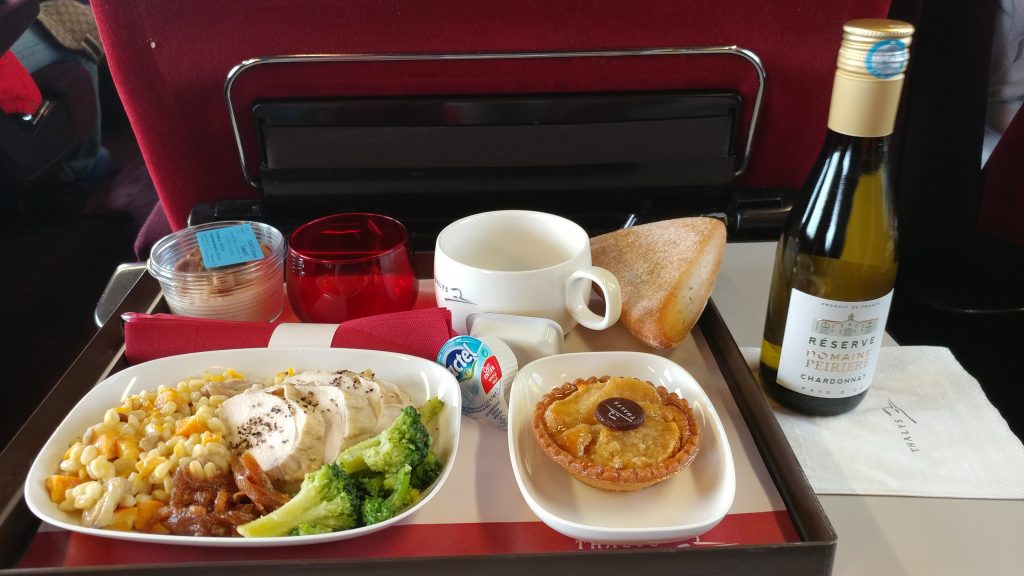
Just like on Amtrak! We enjoyed and settled in for the journey. Soon, we’d be crossing the border out of France, and beginning the next part of our trip. Farewell, Paris, our time there was lovely and full of more experience than we could ever enjoy in only a week. We’ll be seeing you again sometime!
